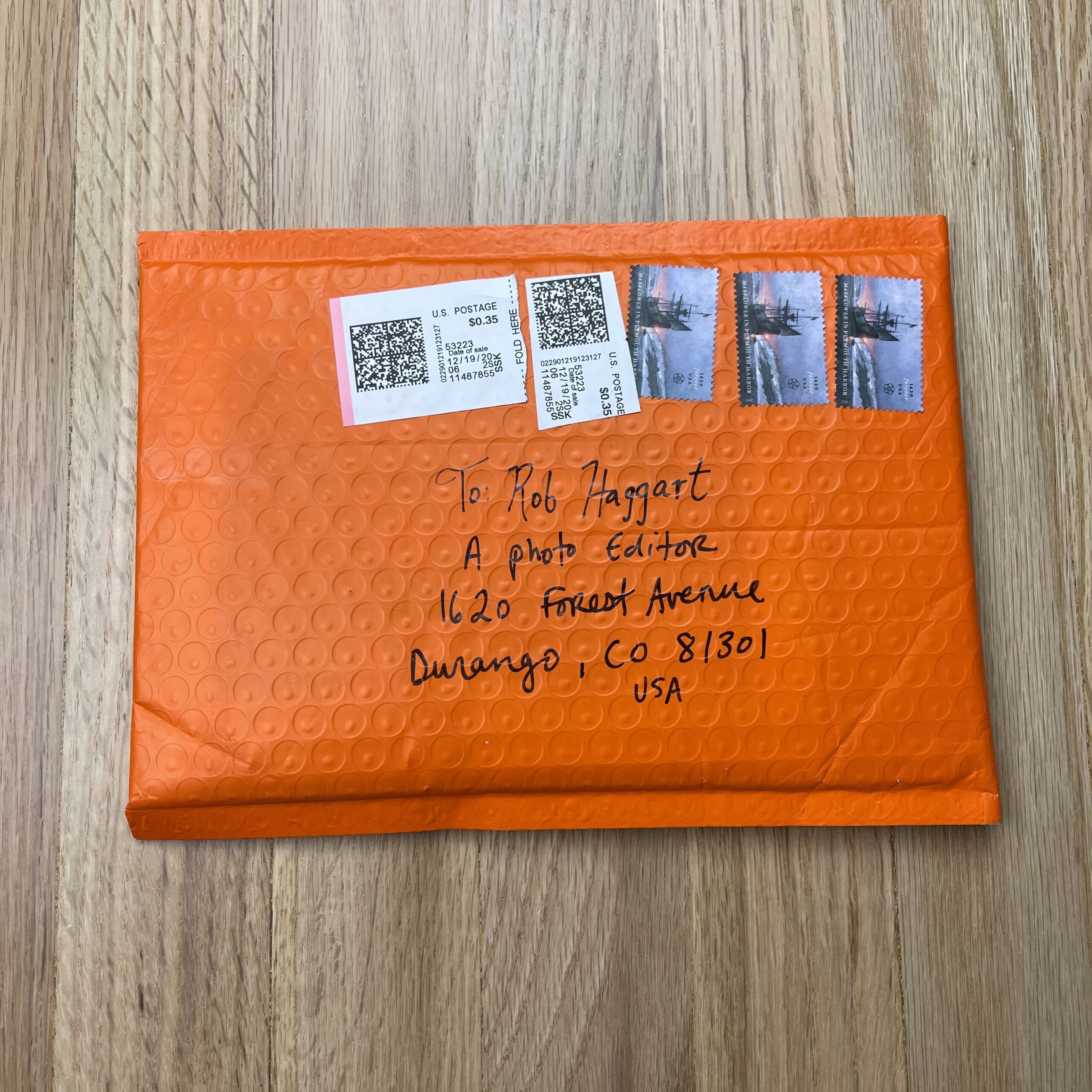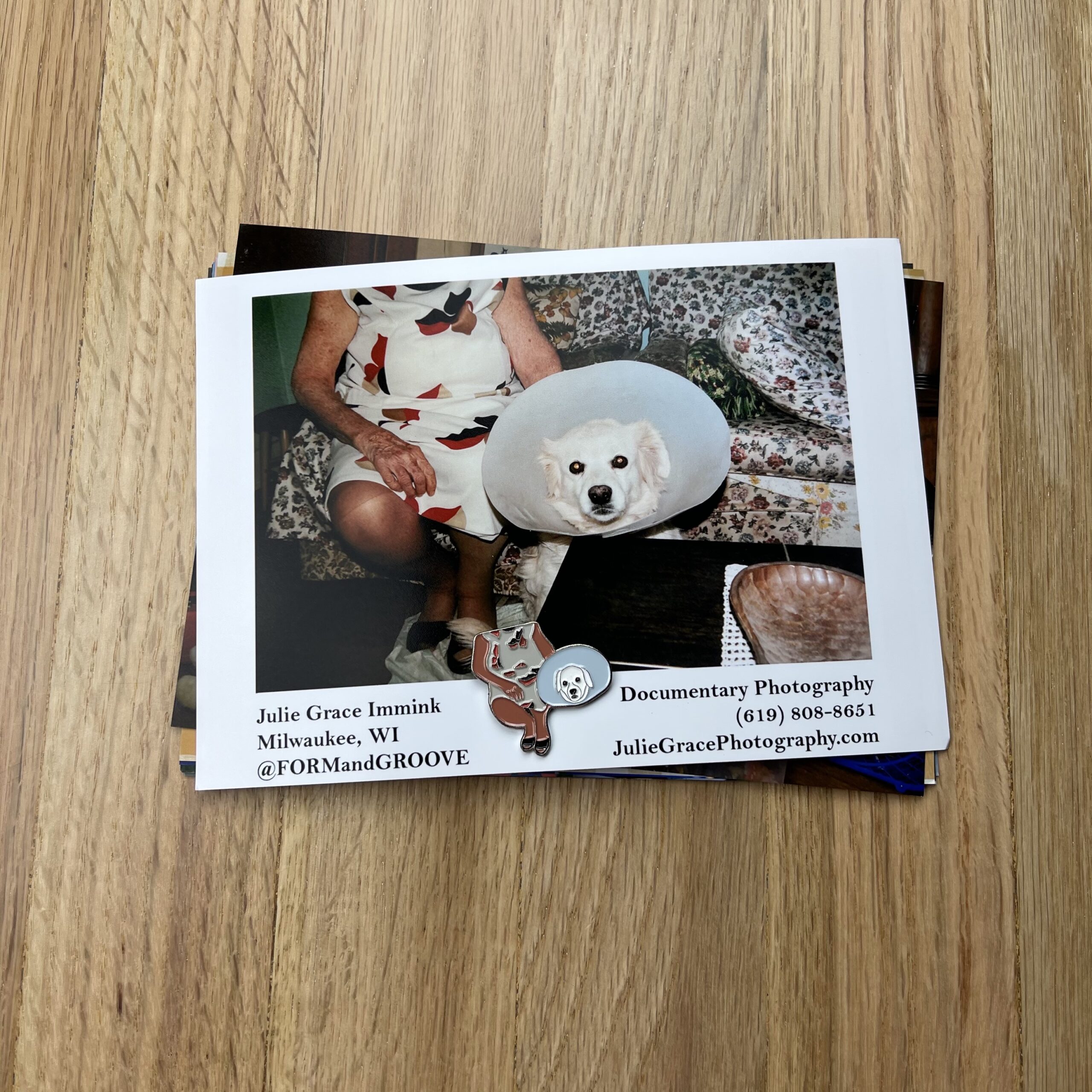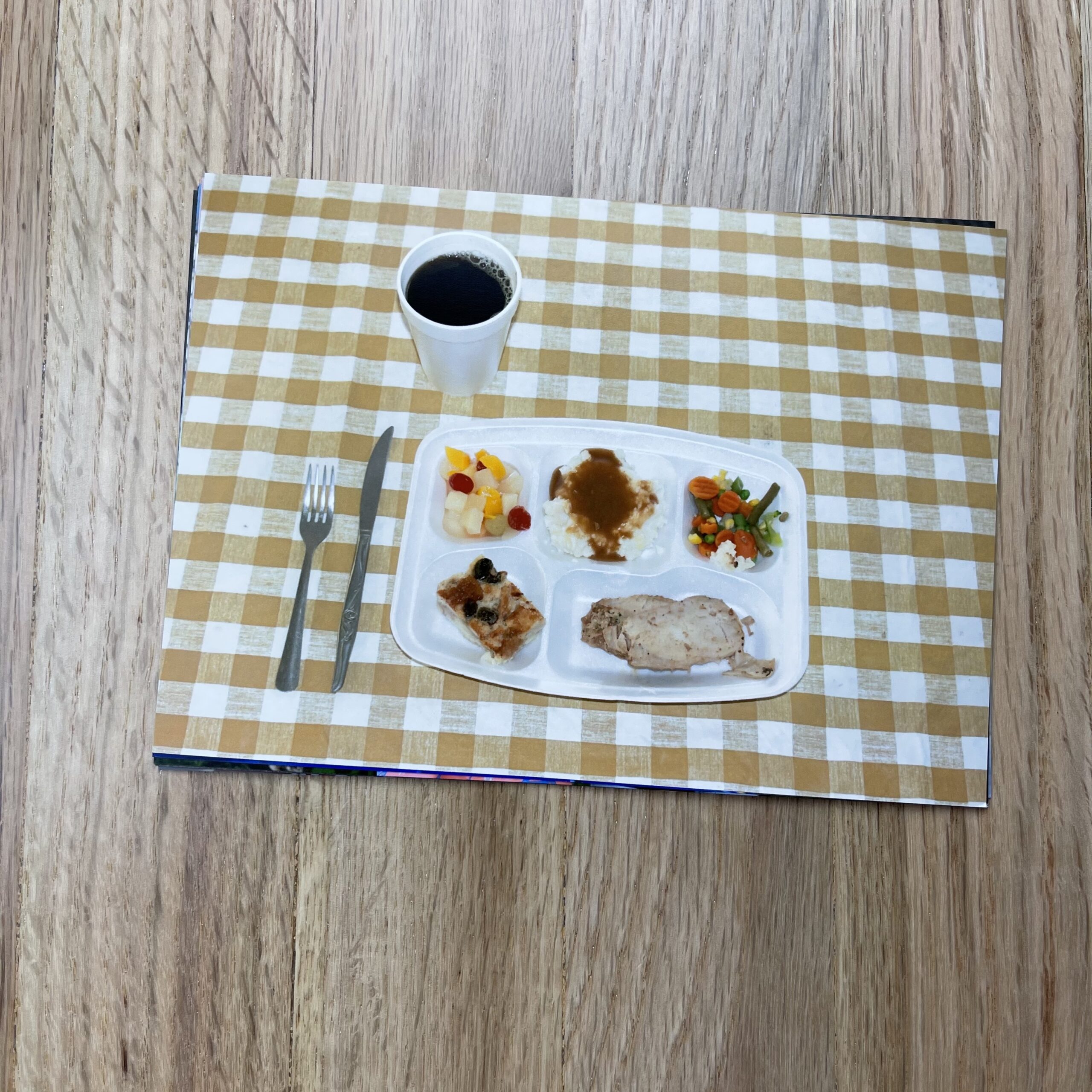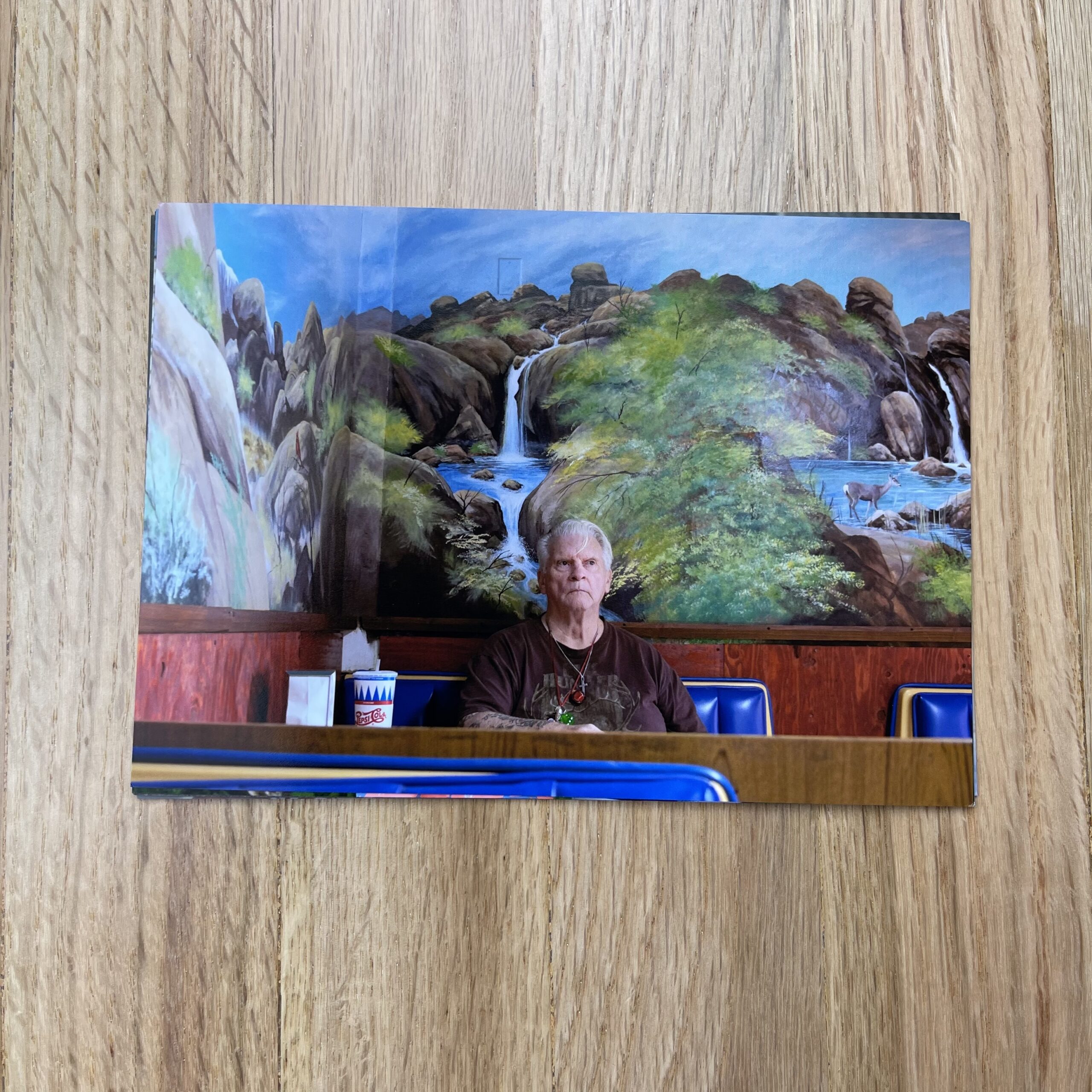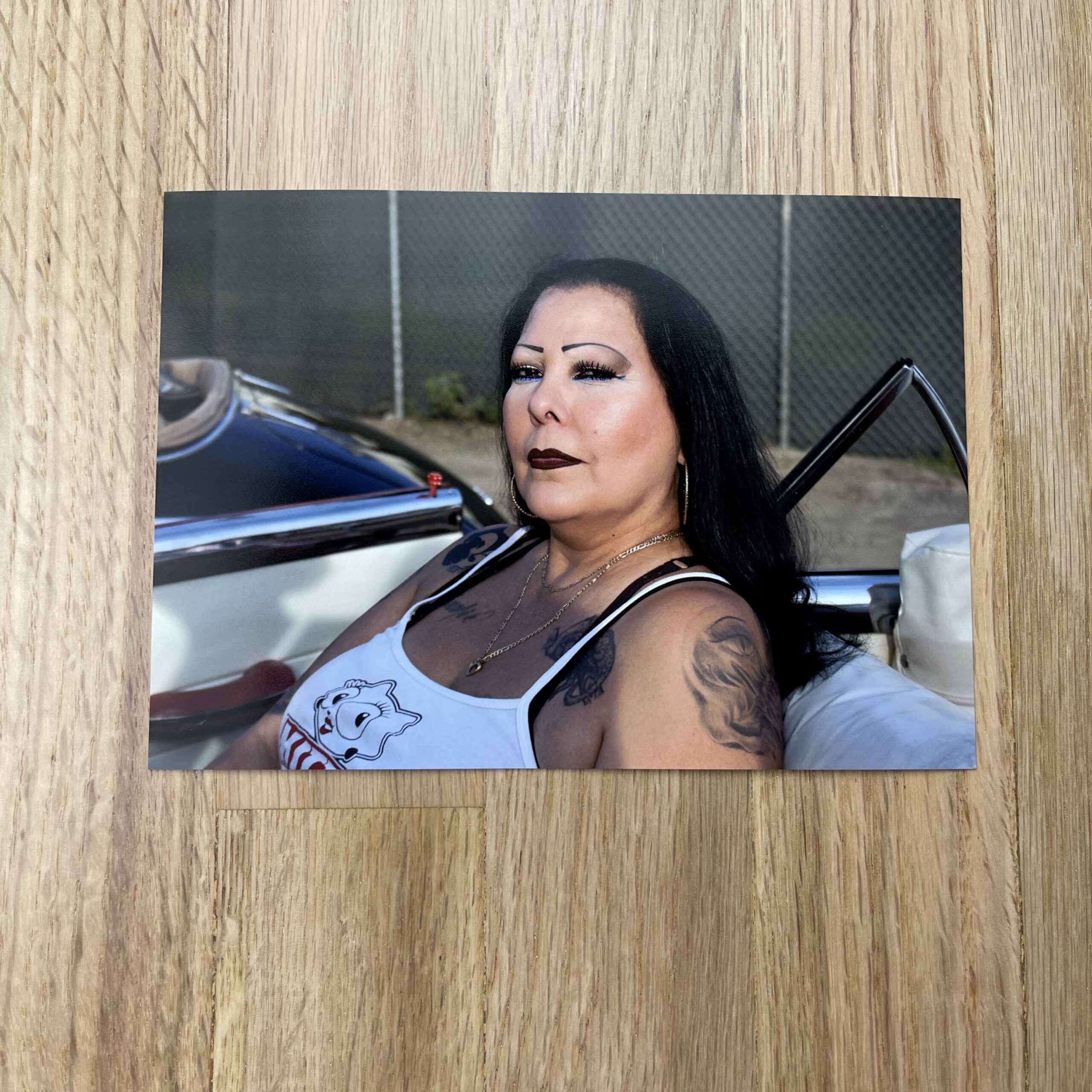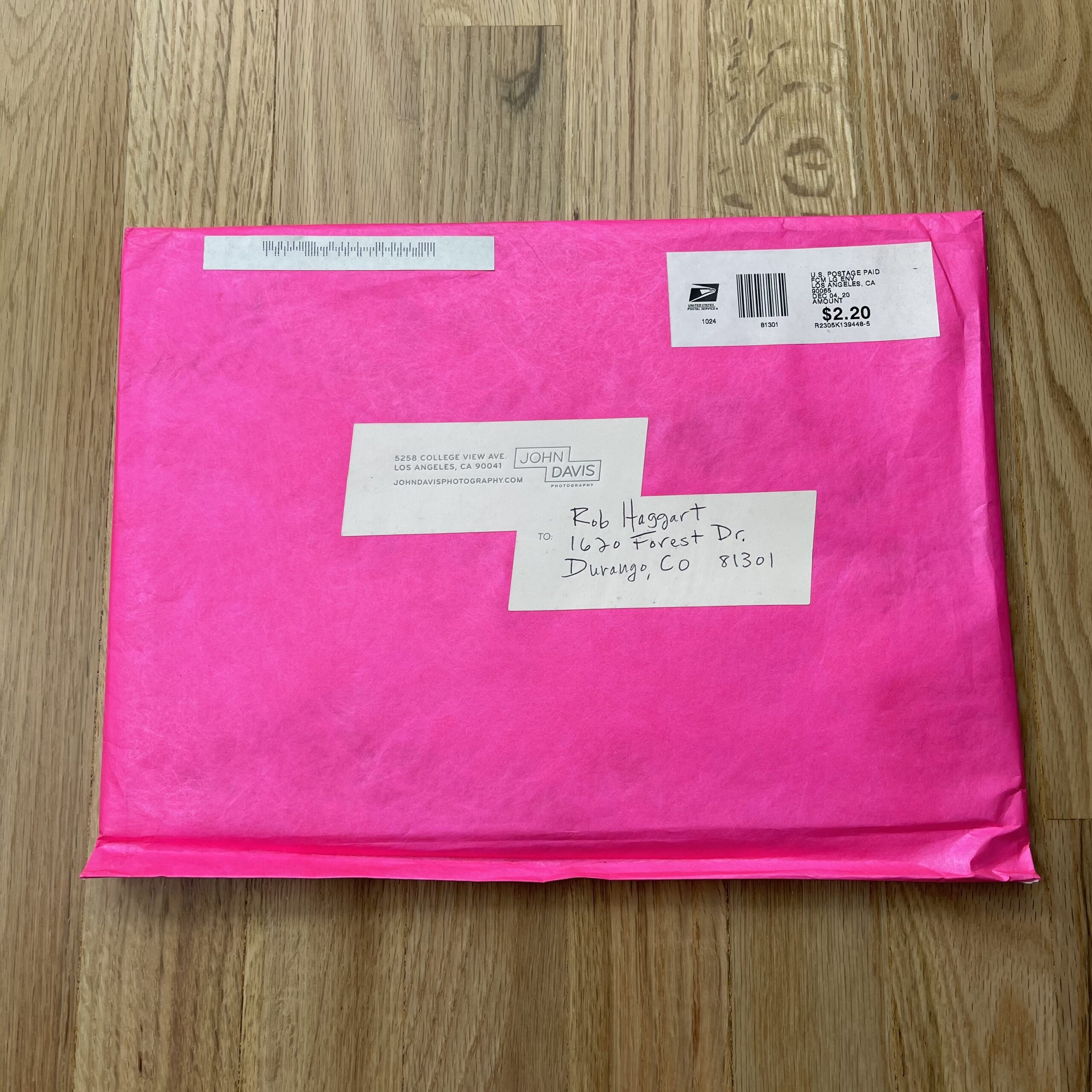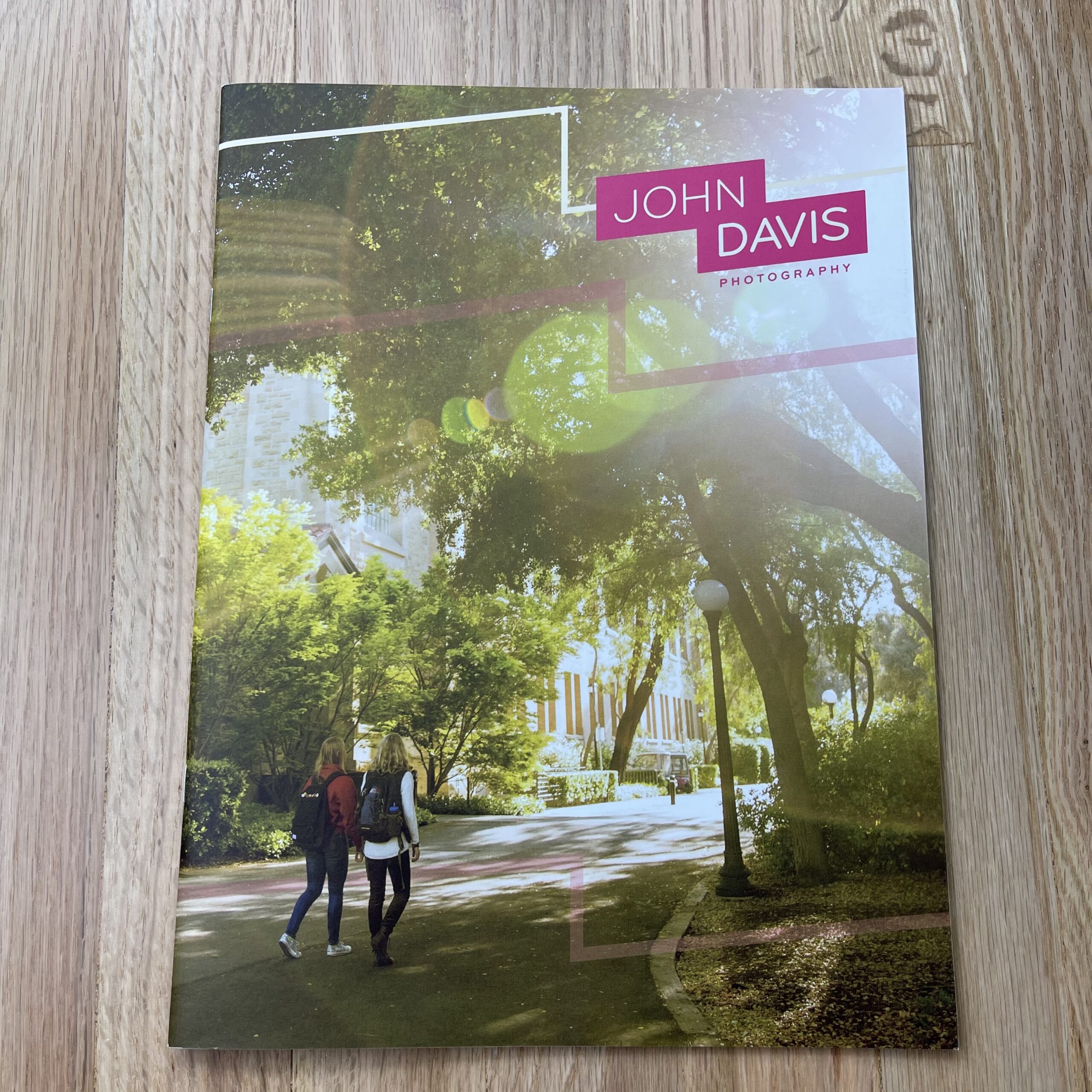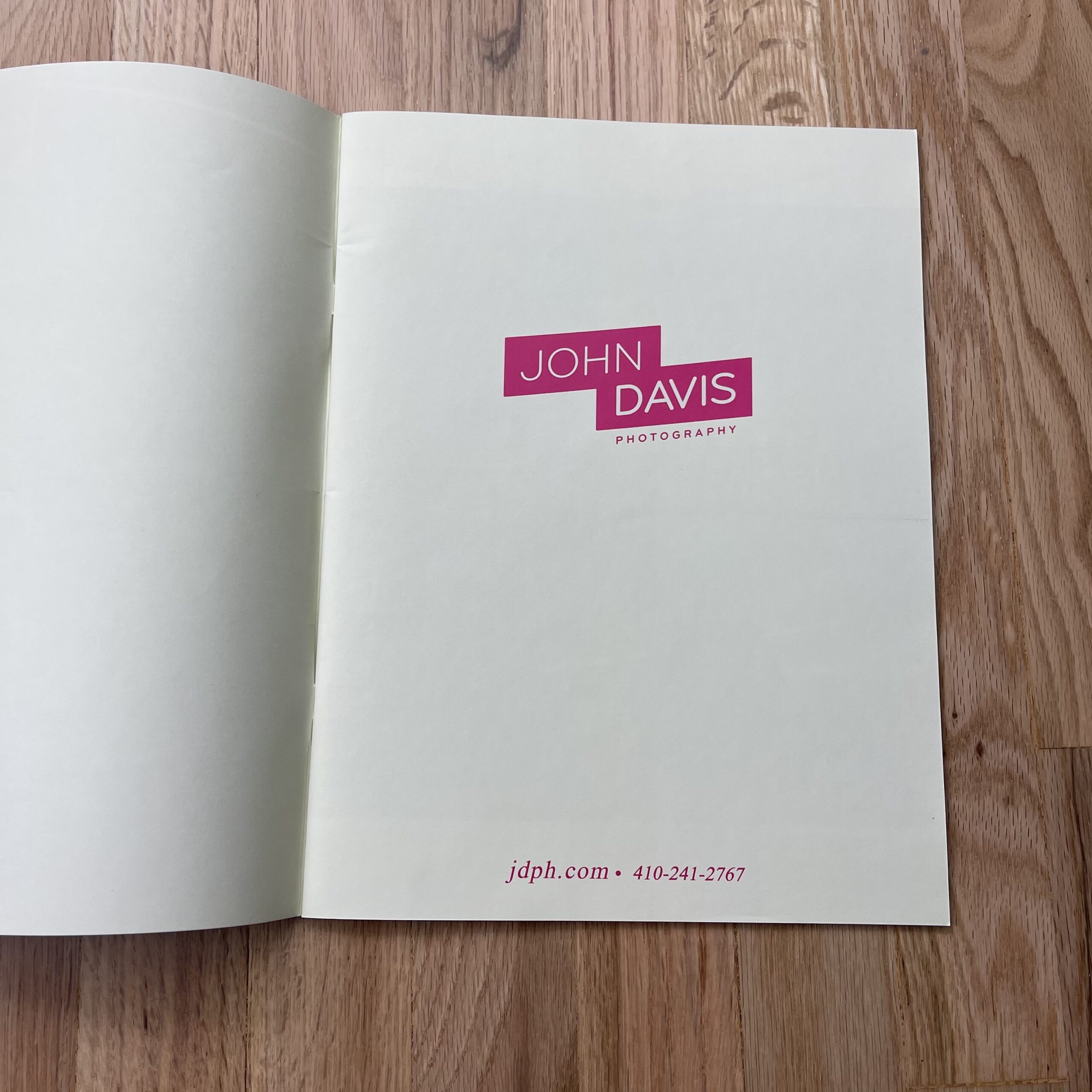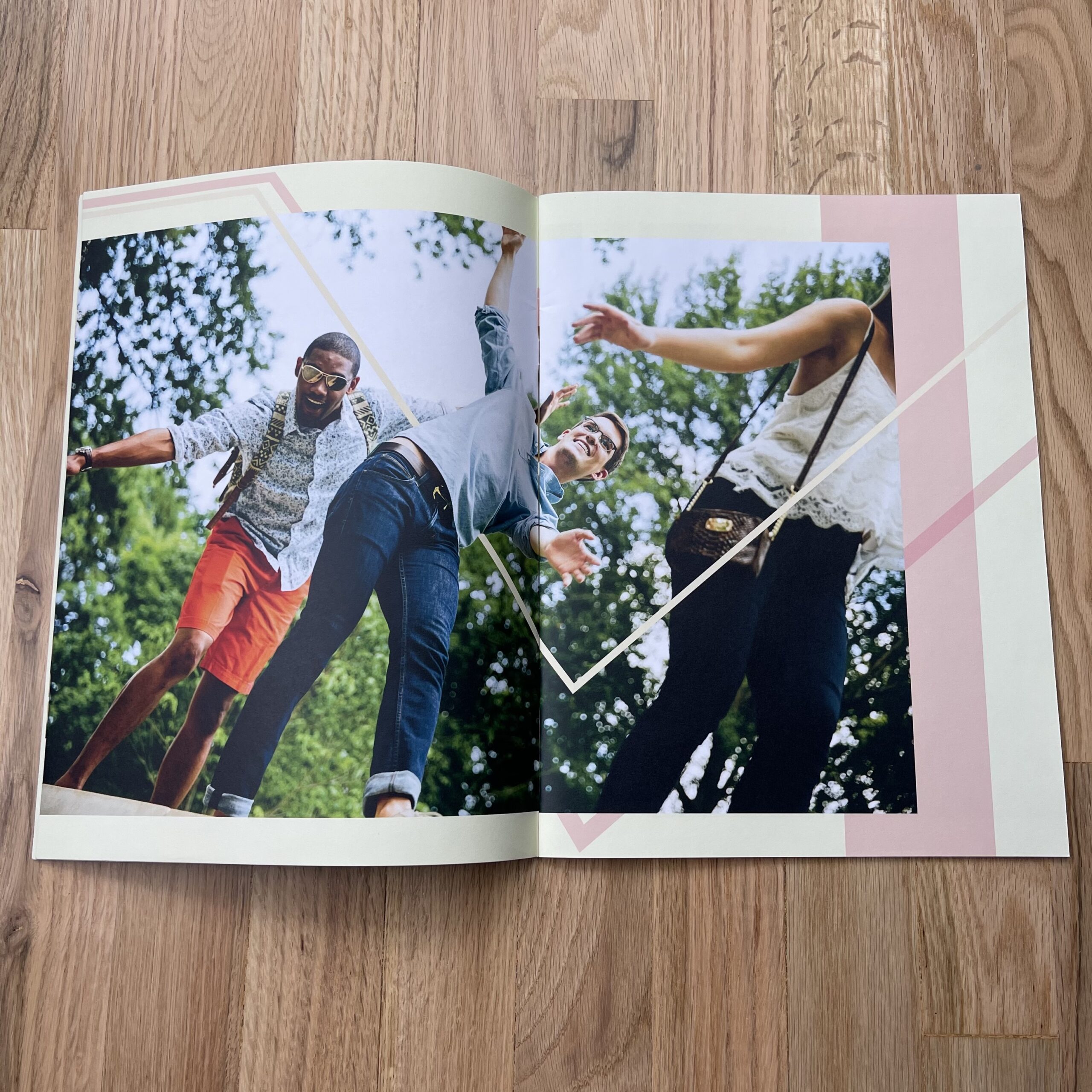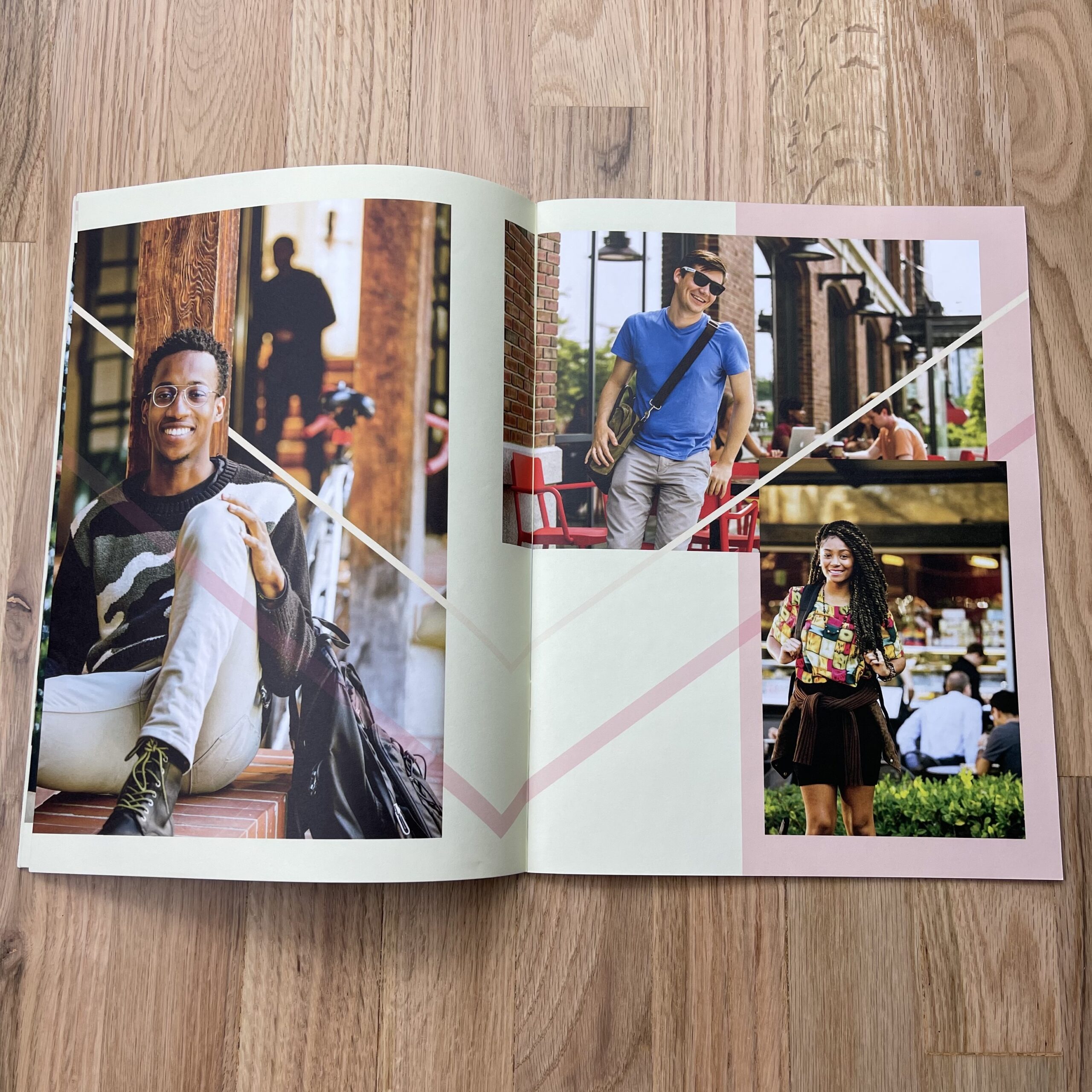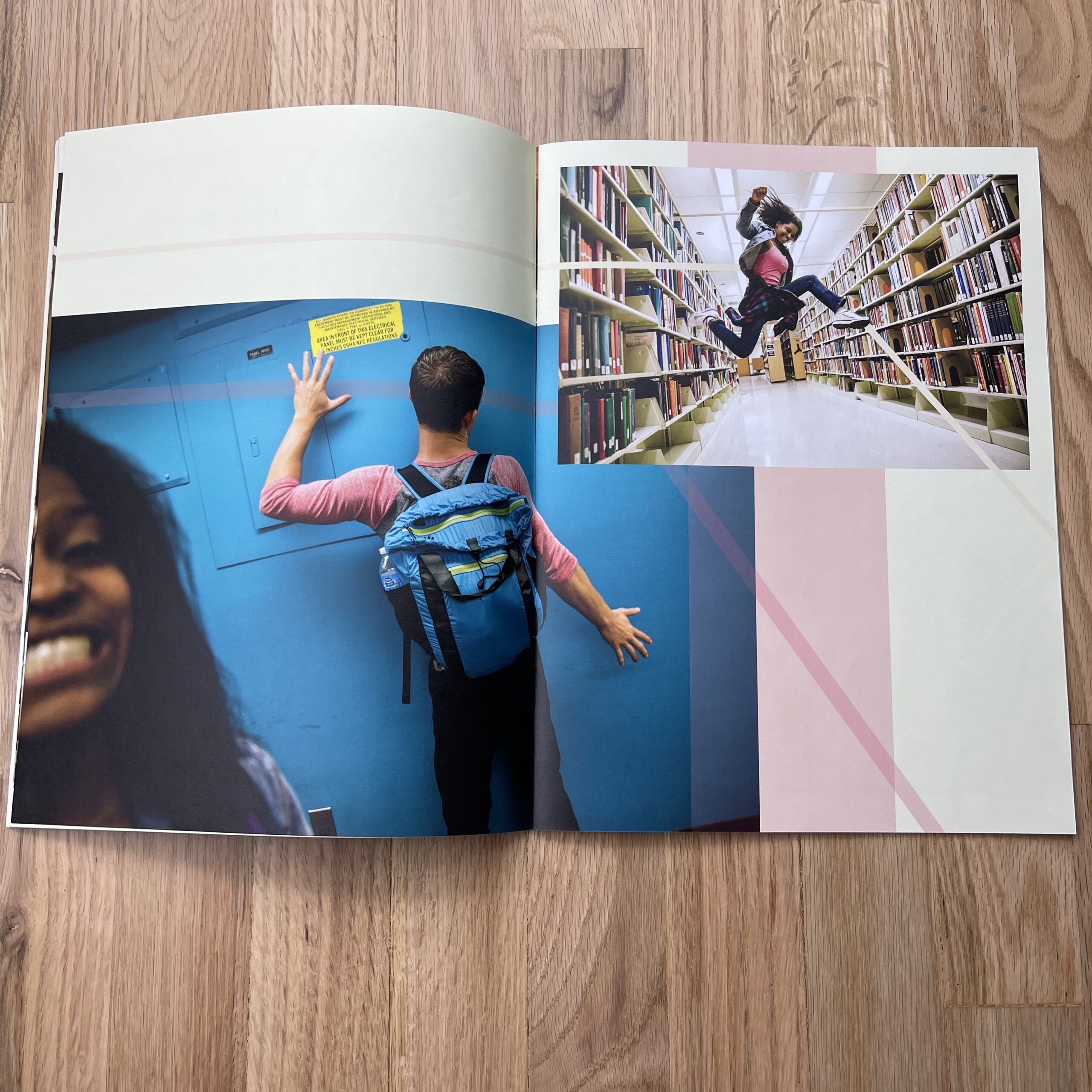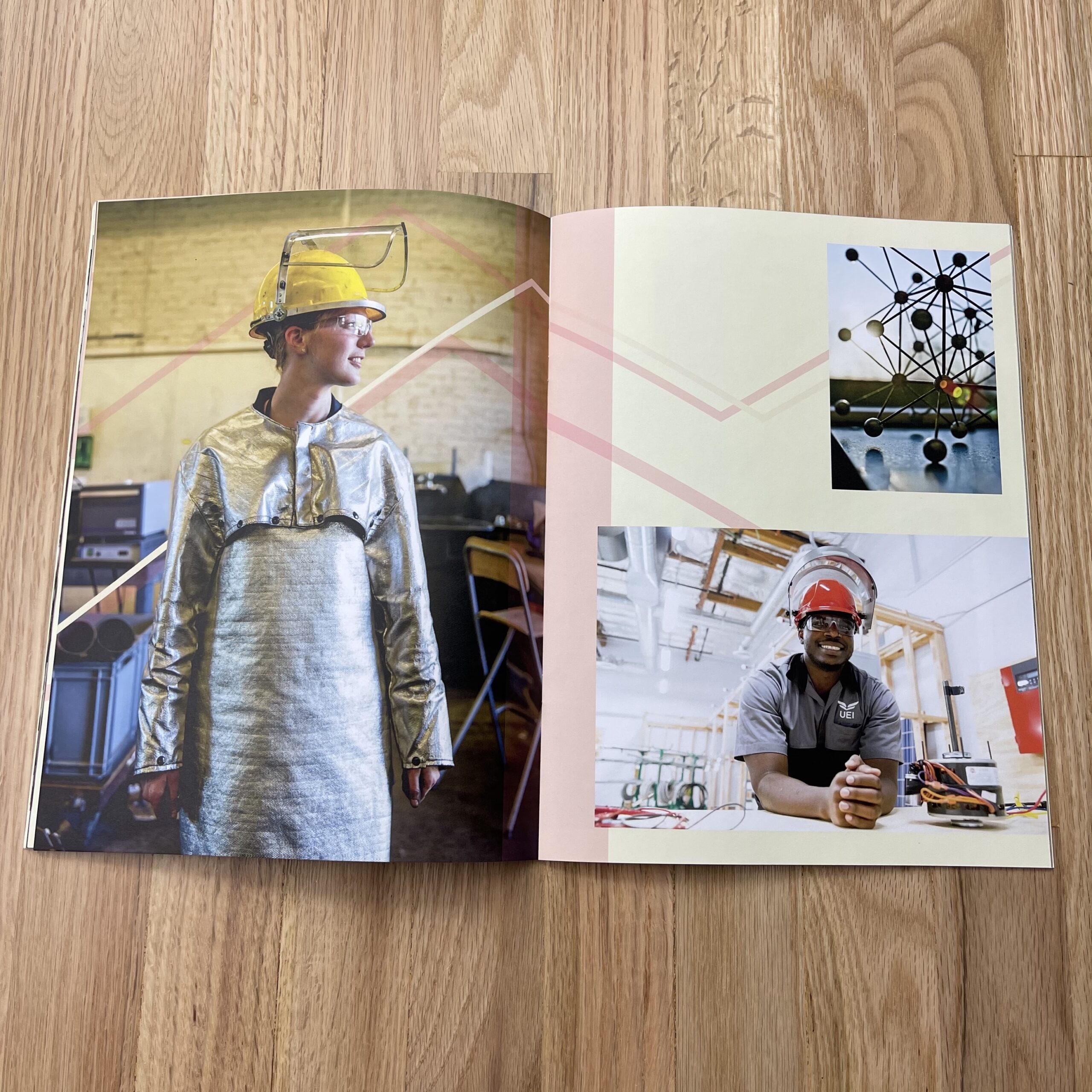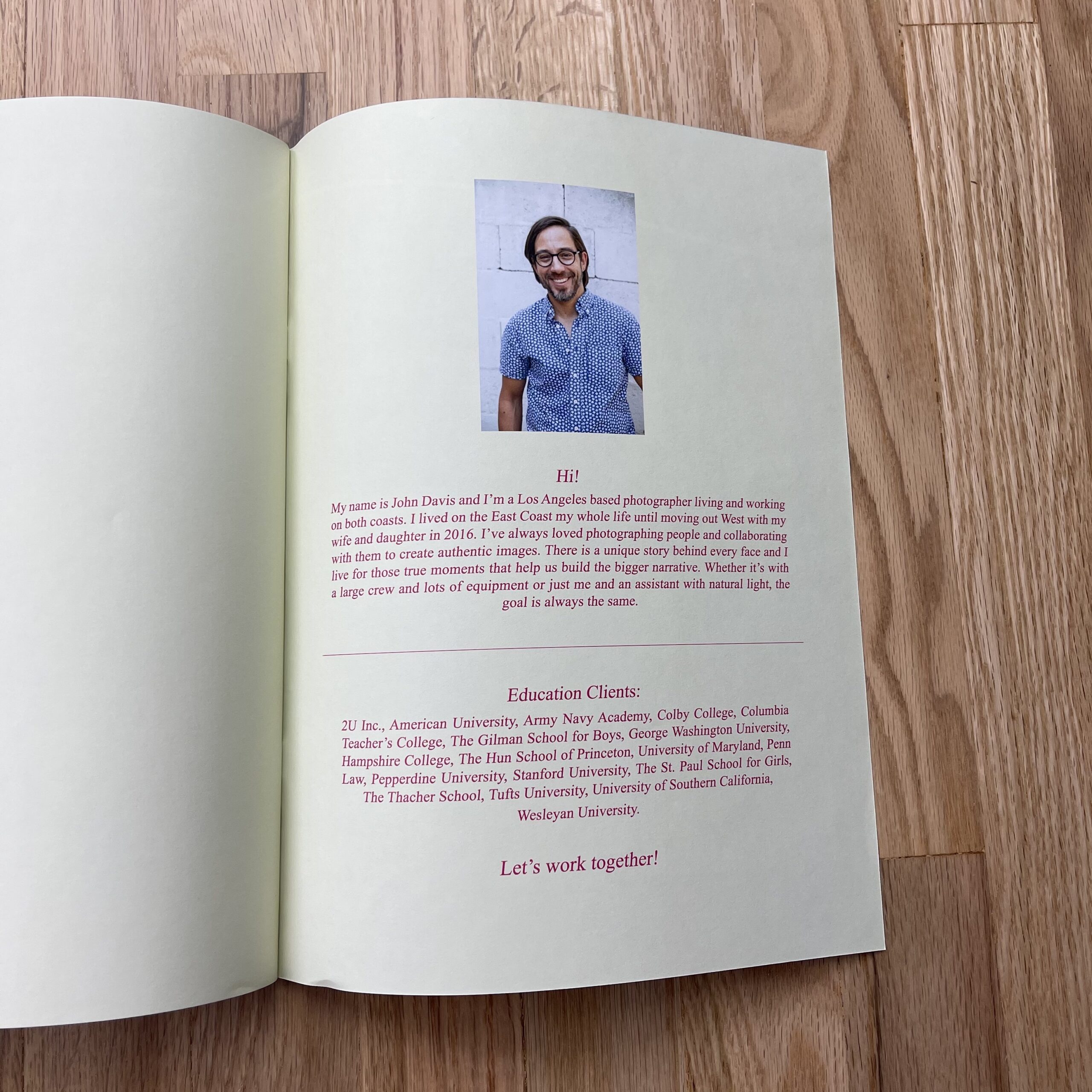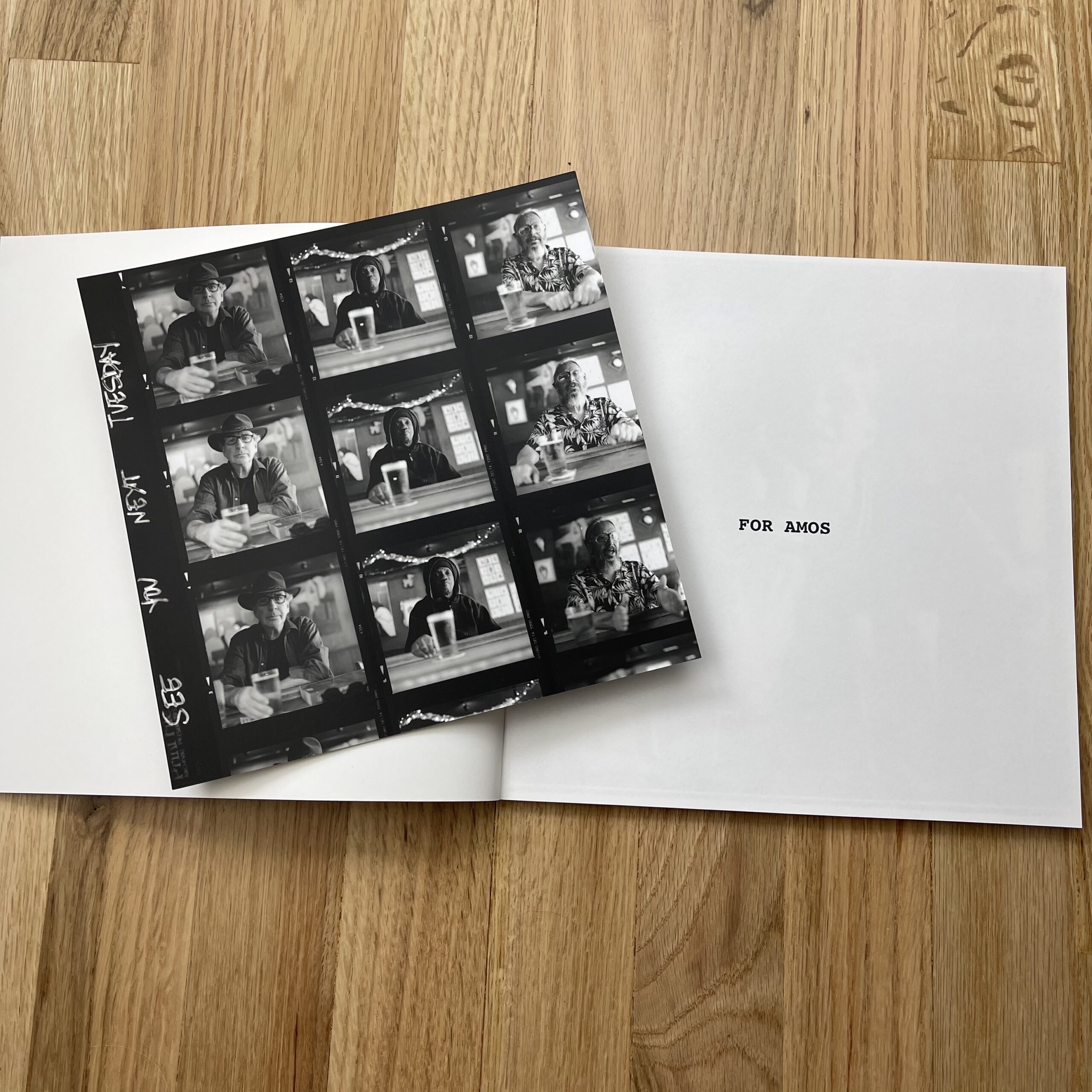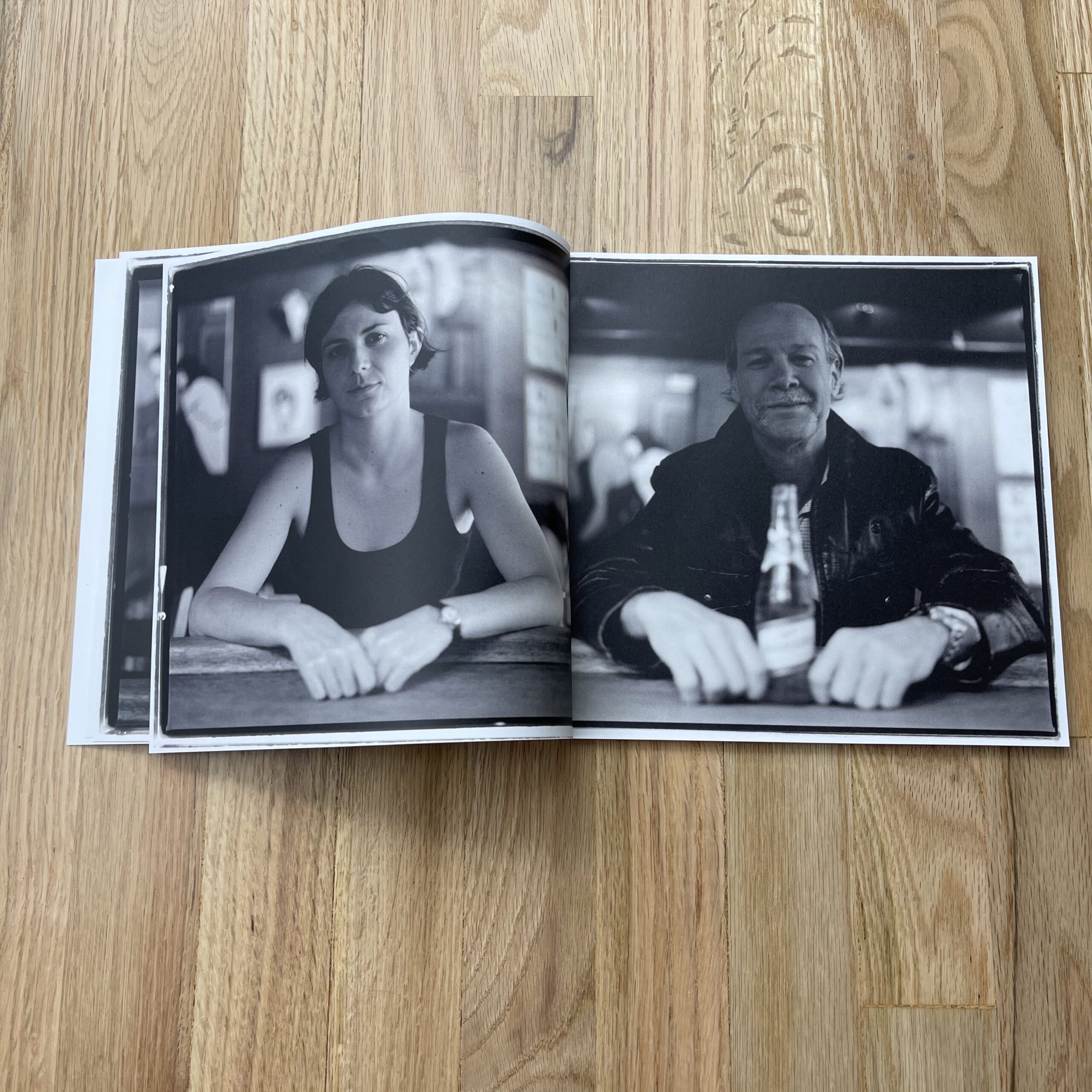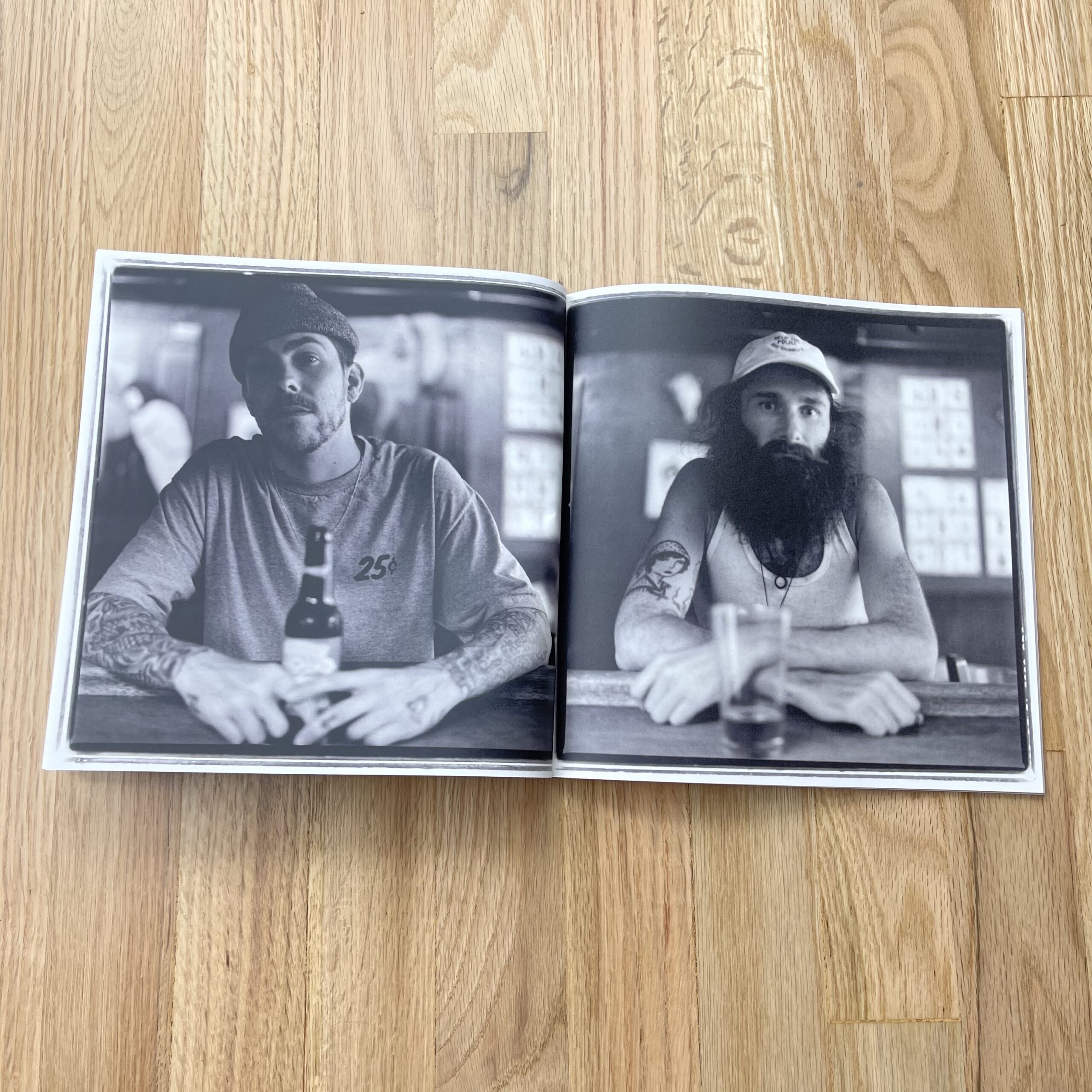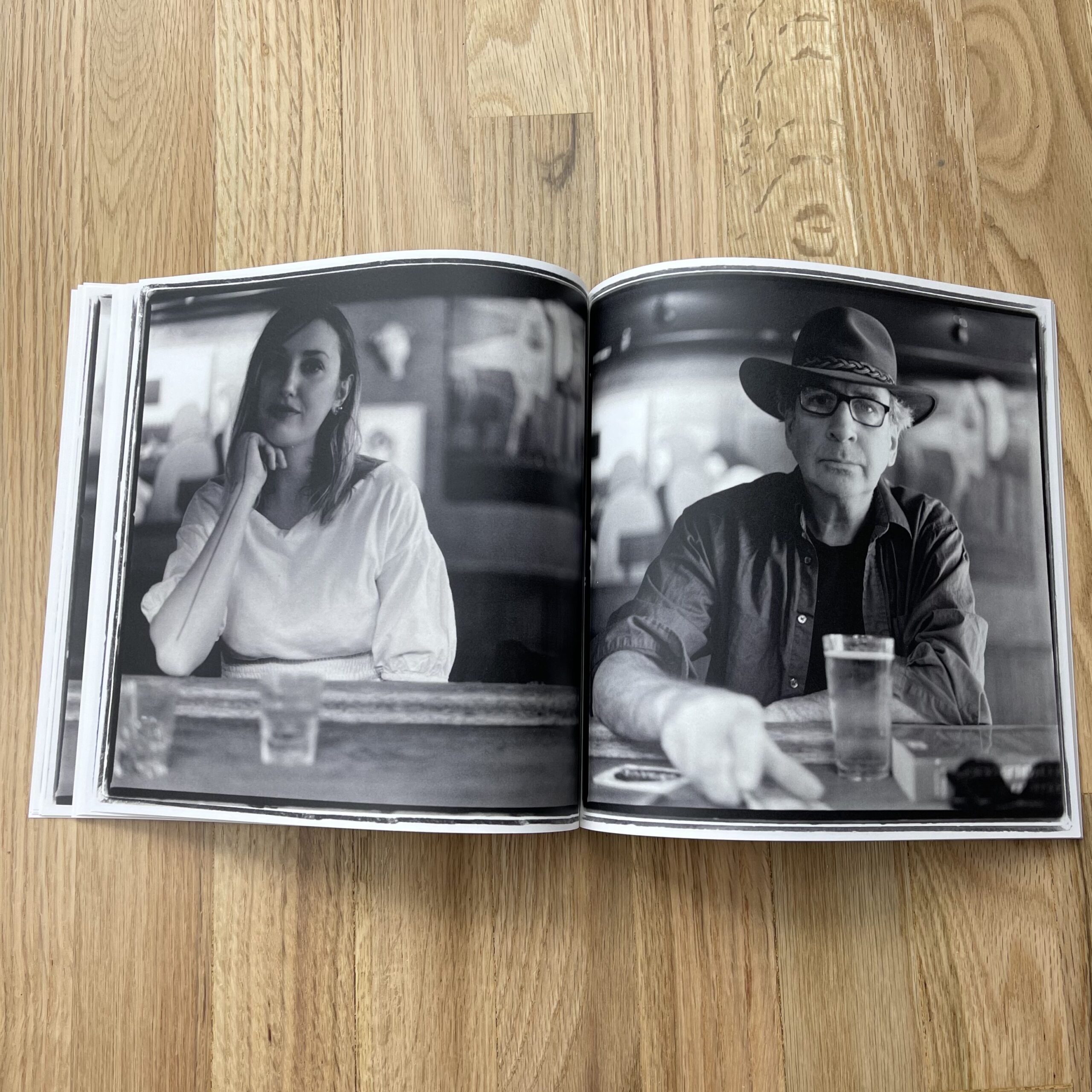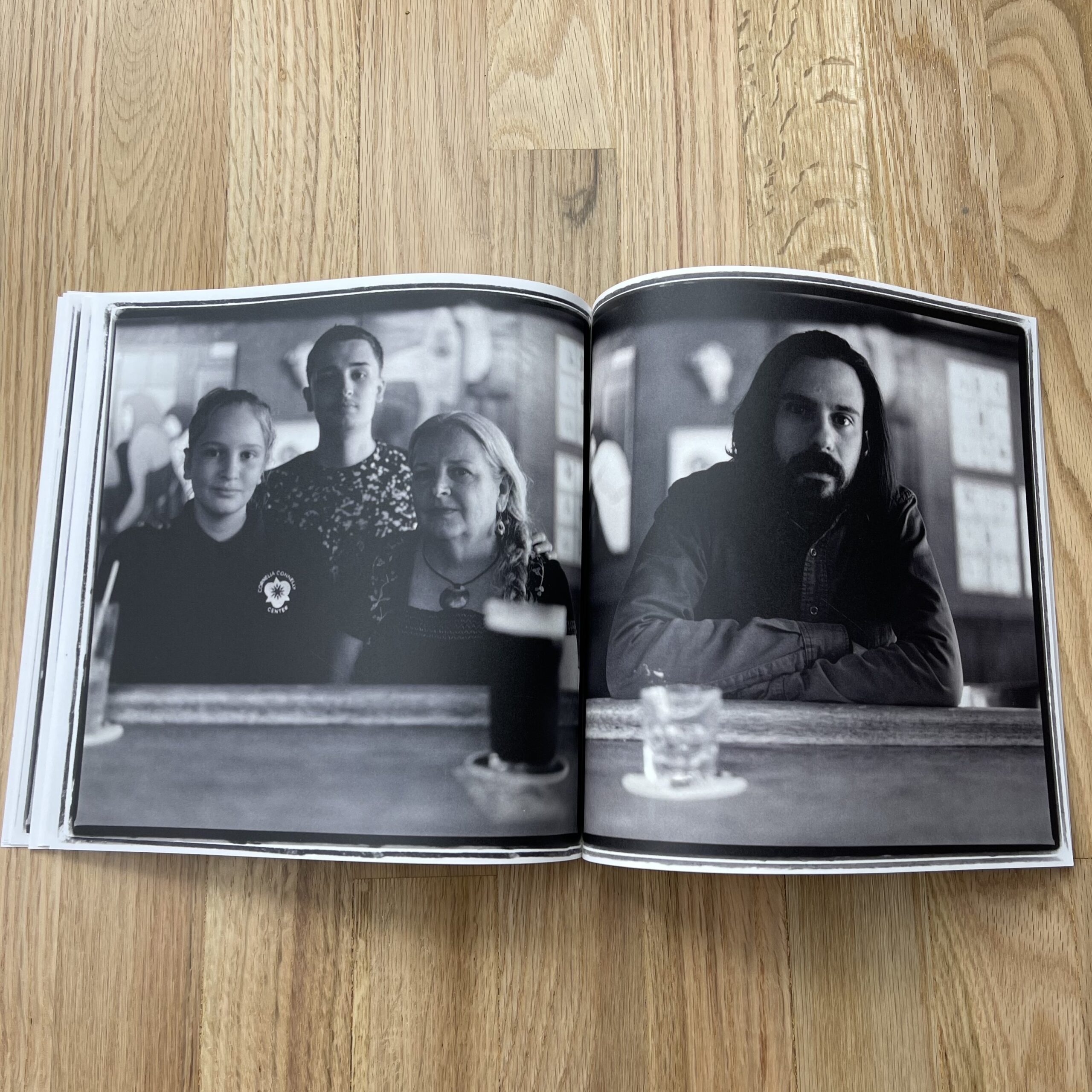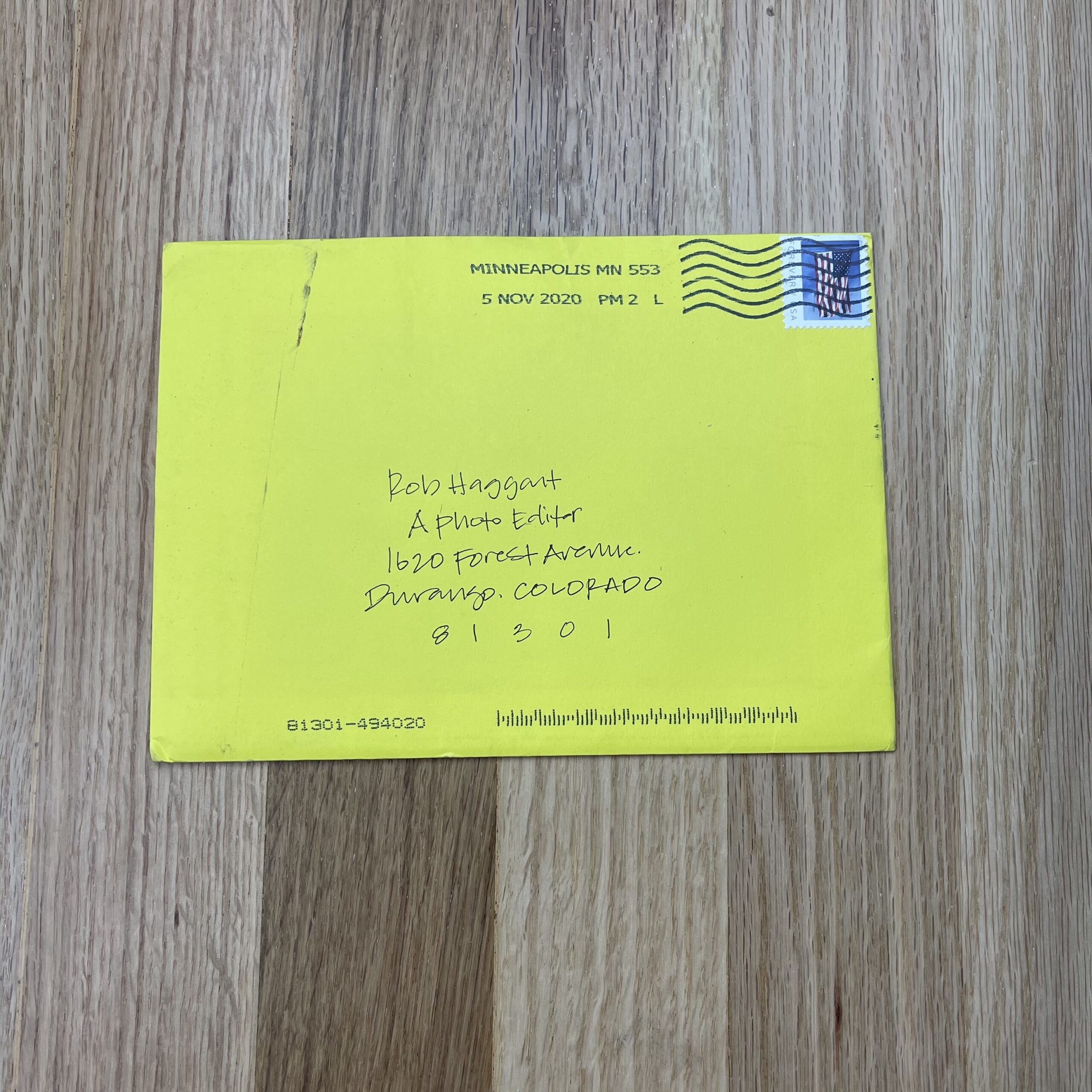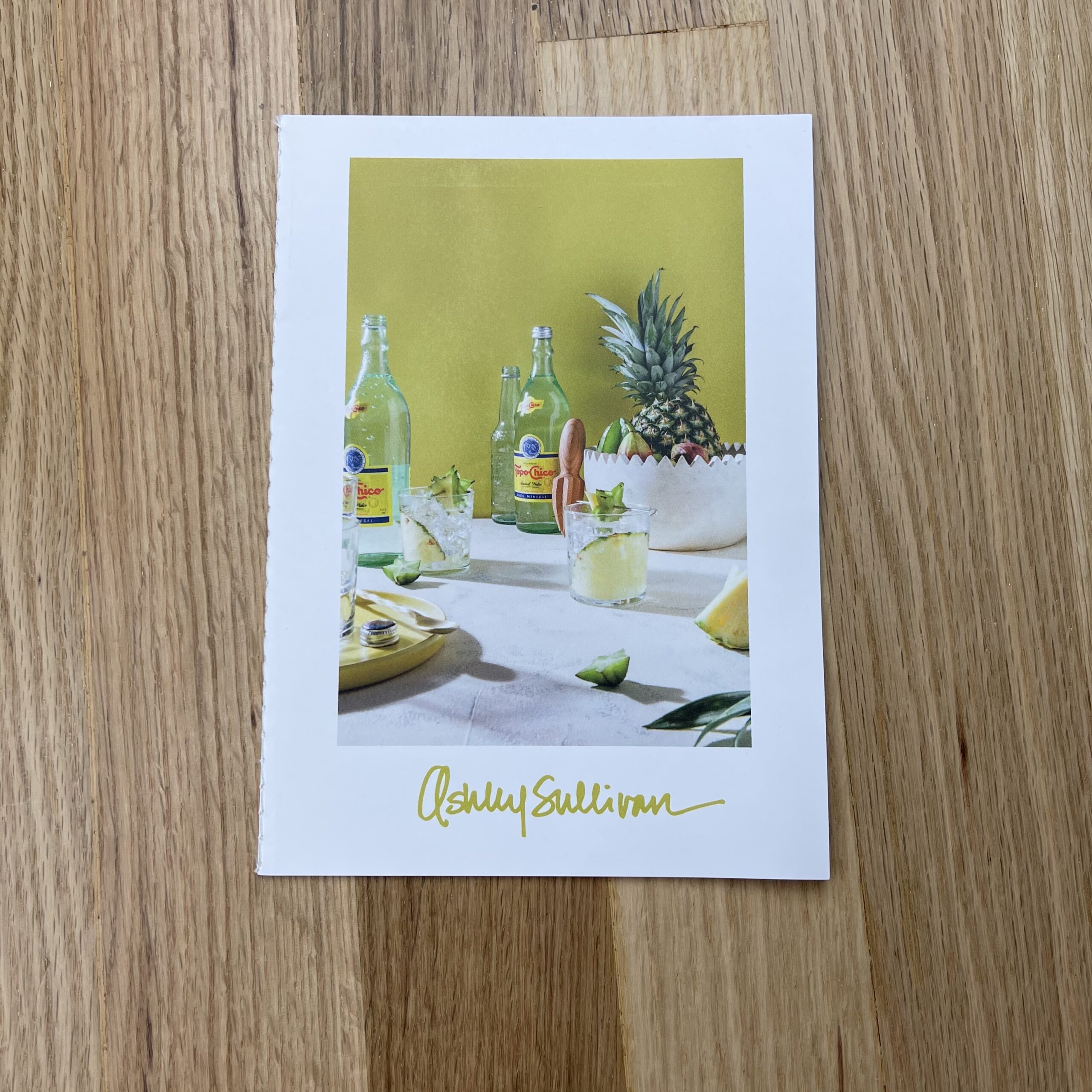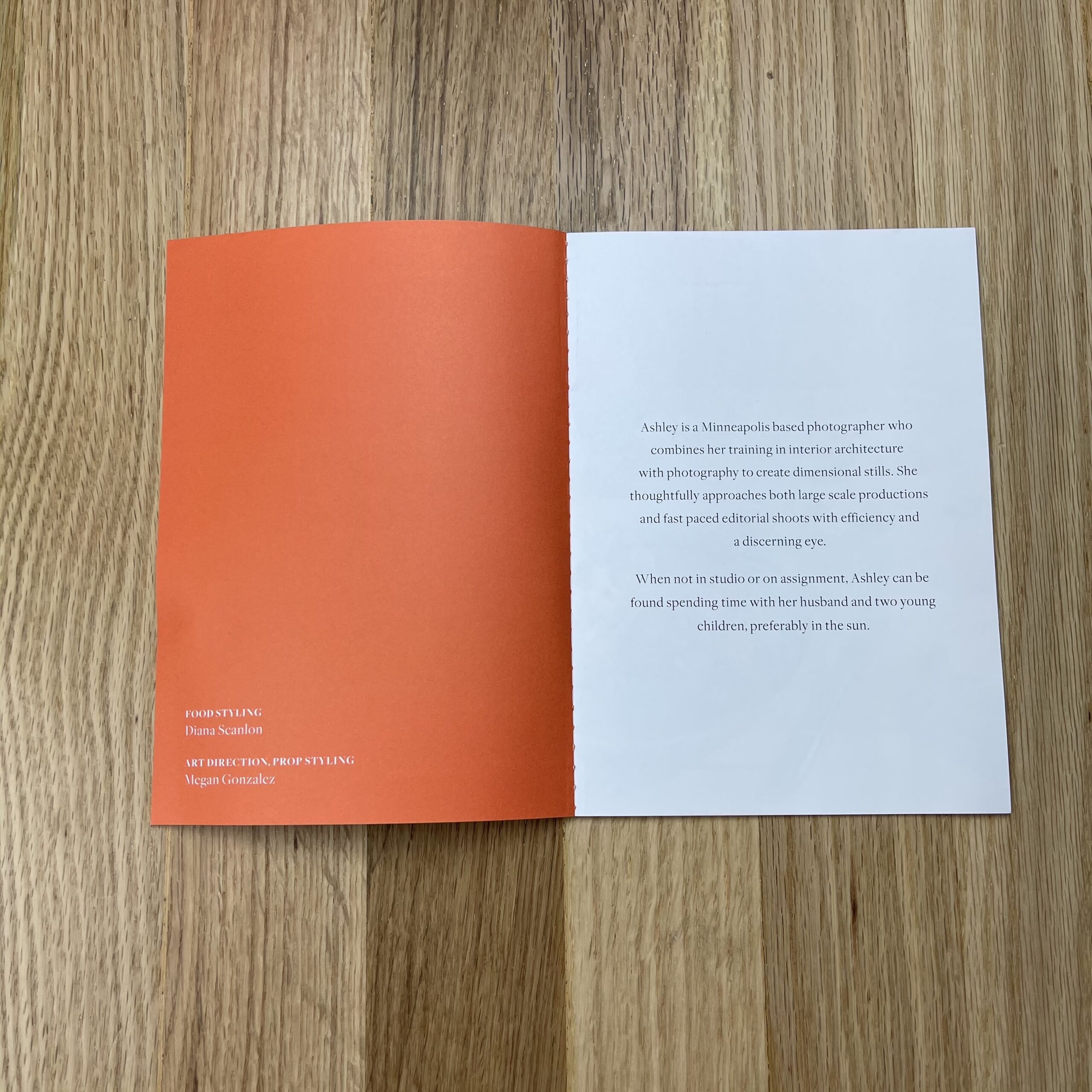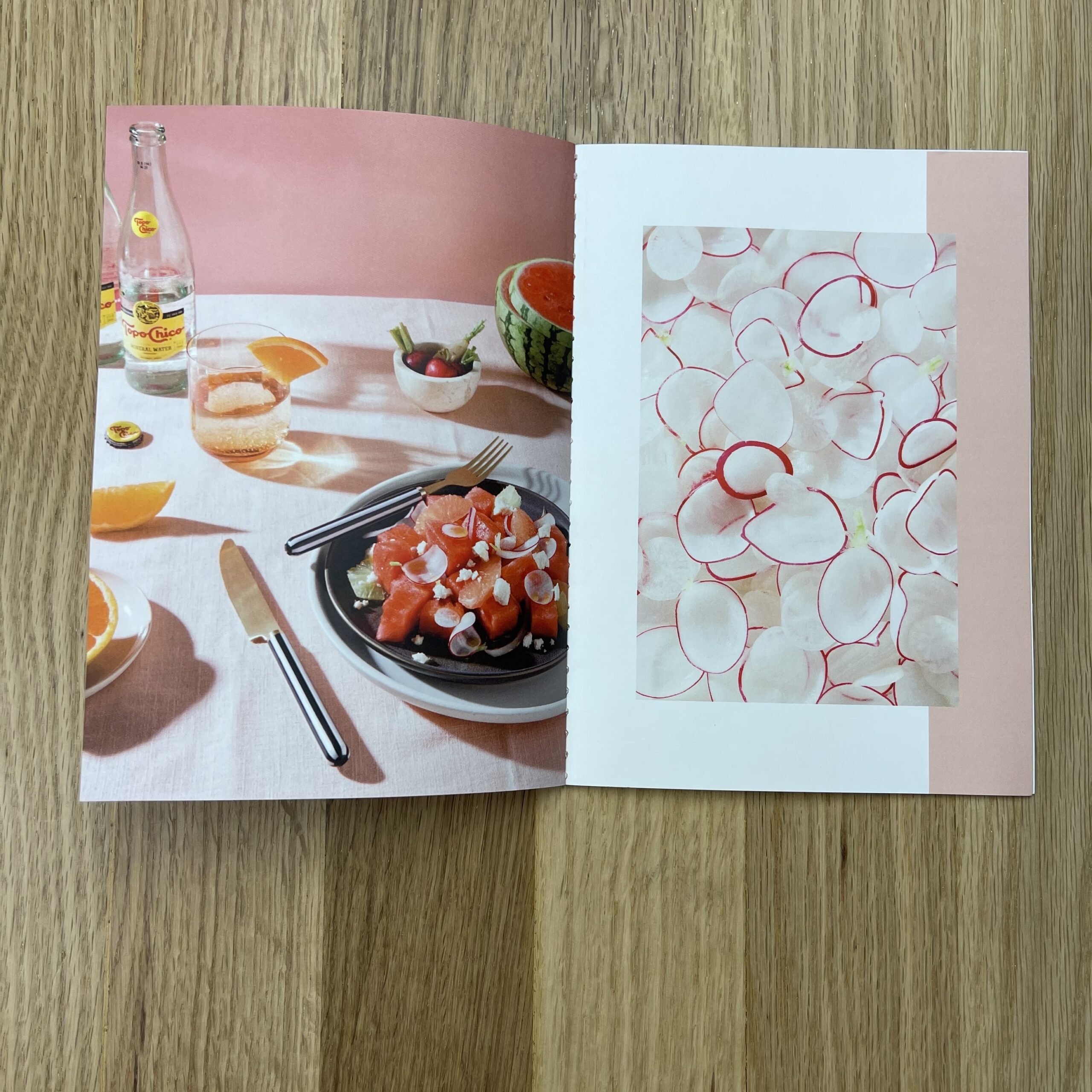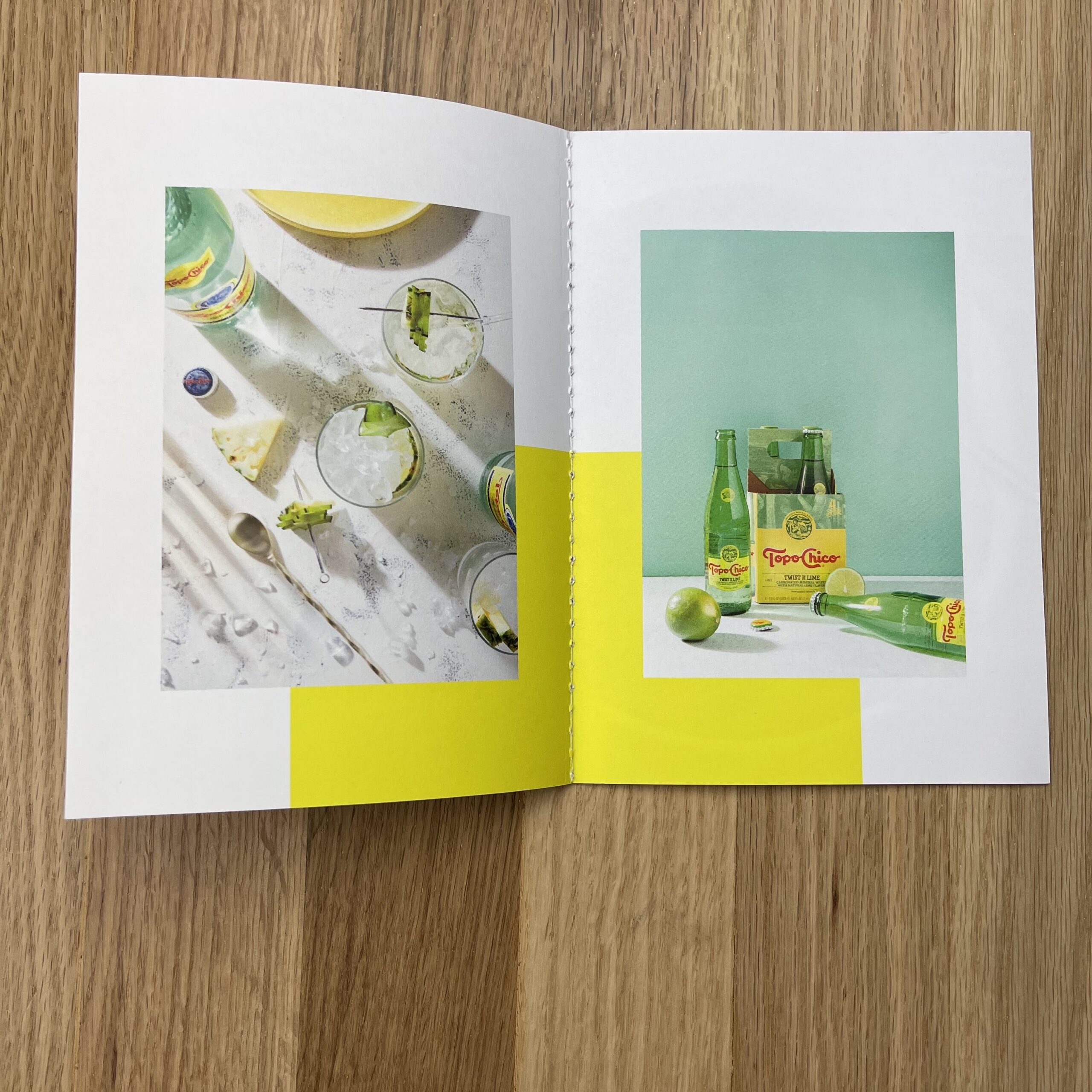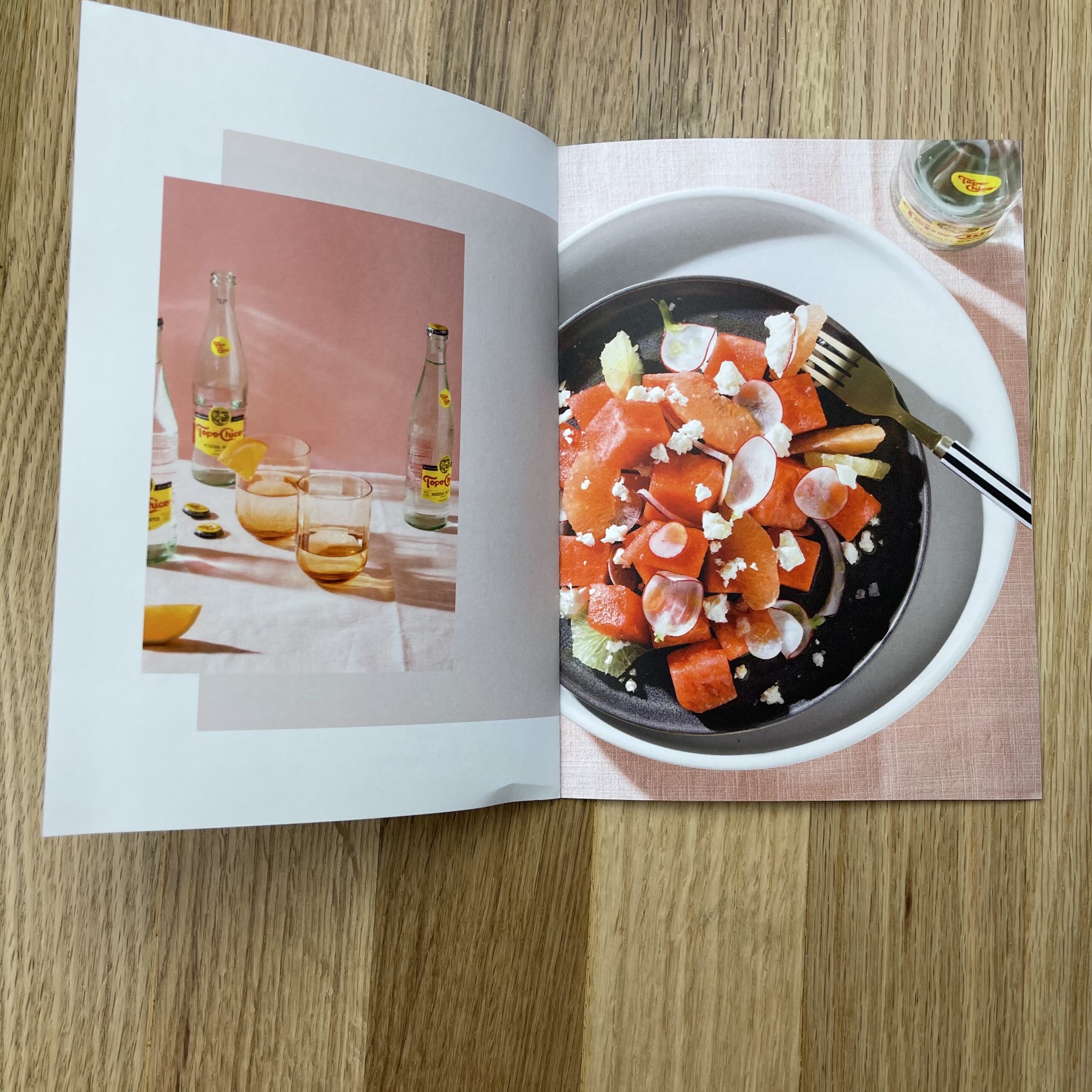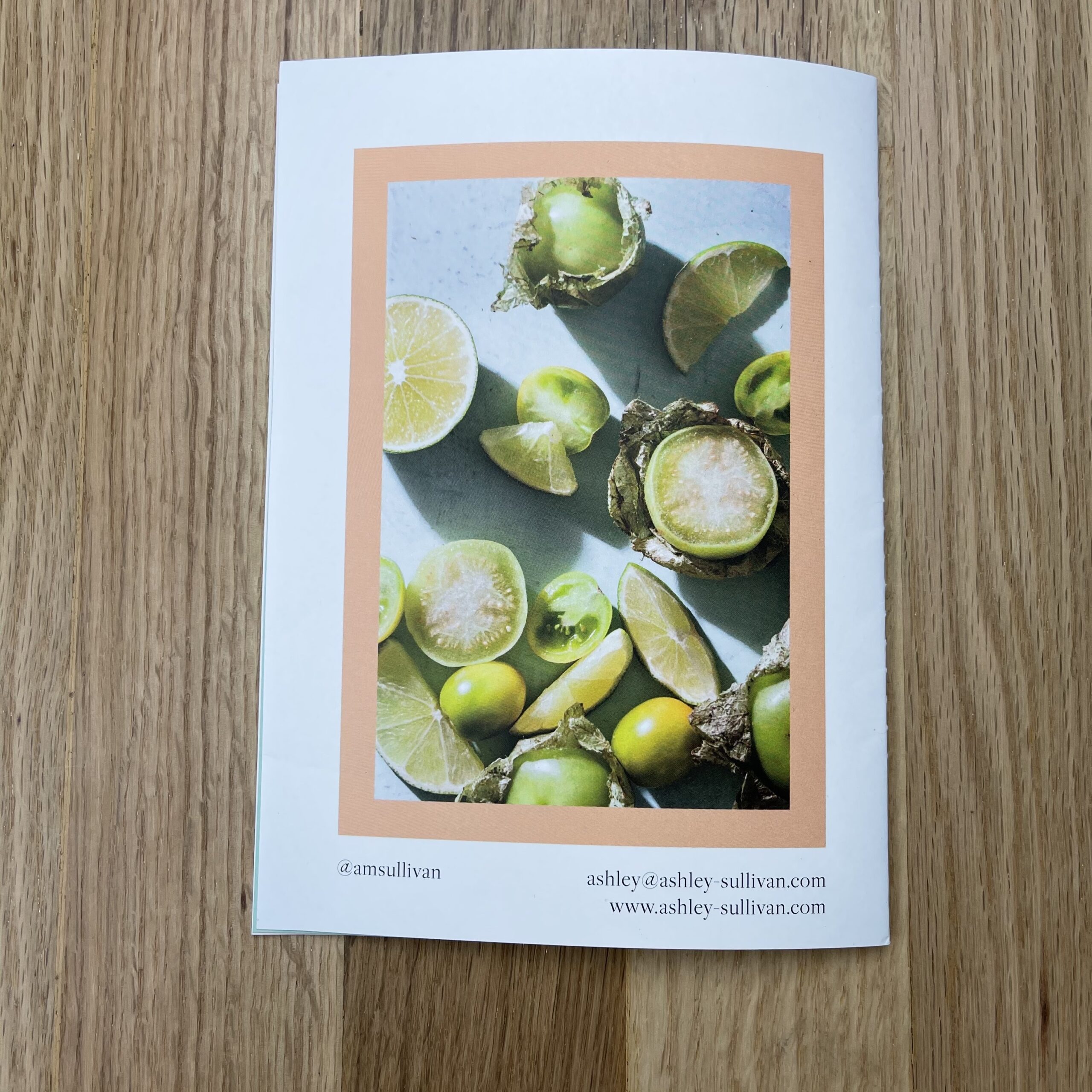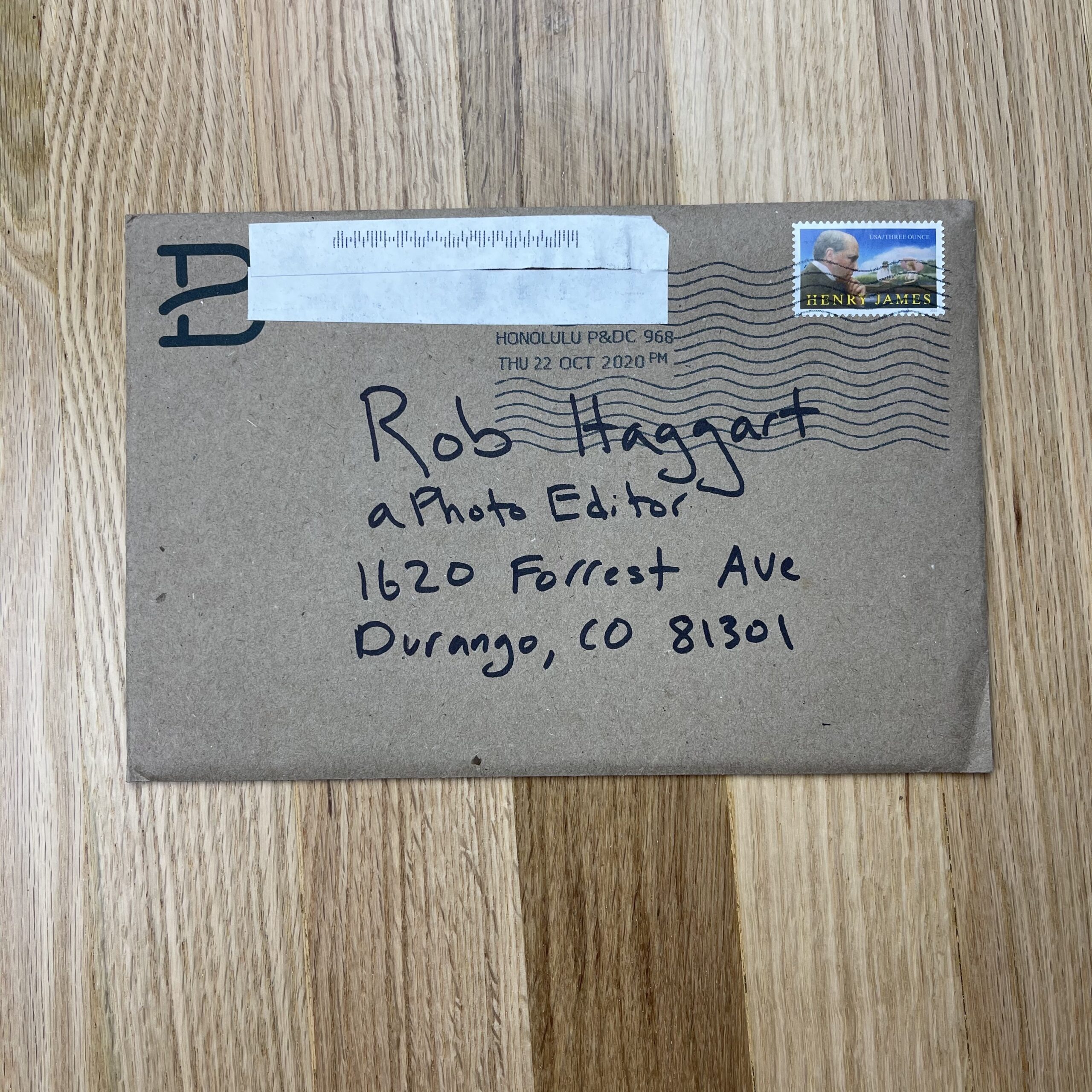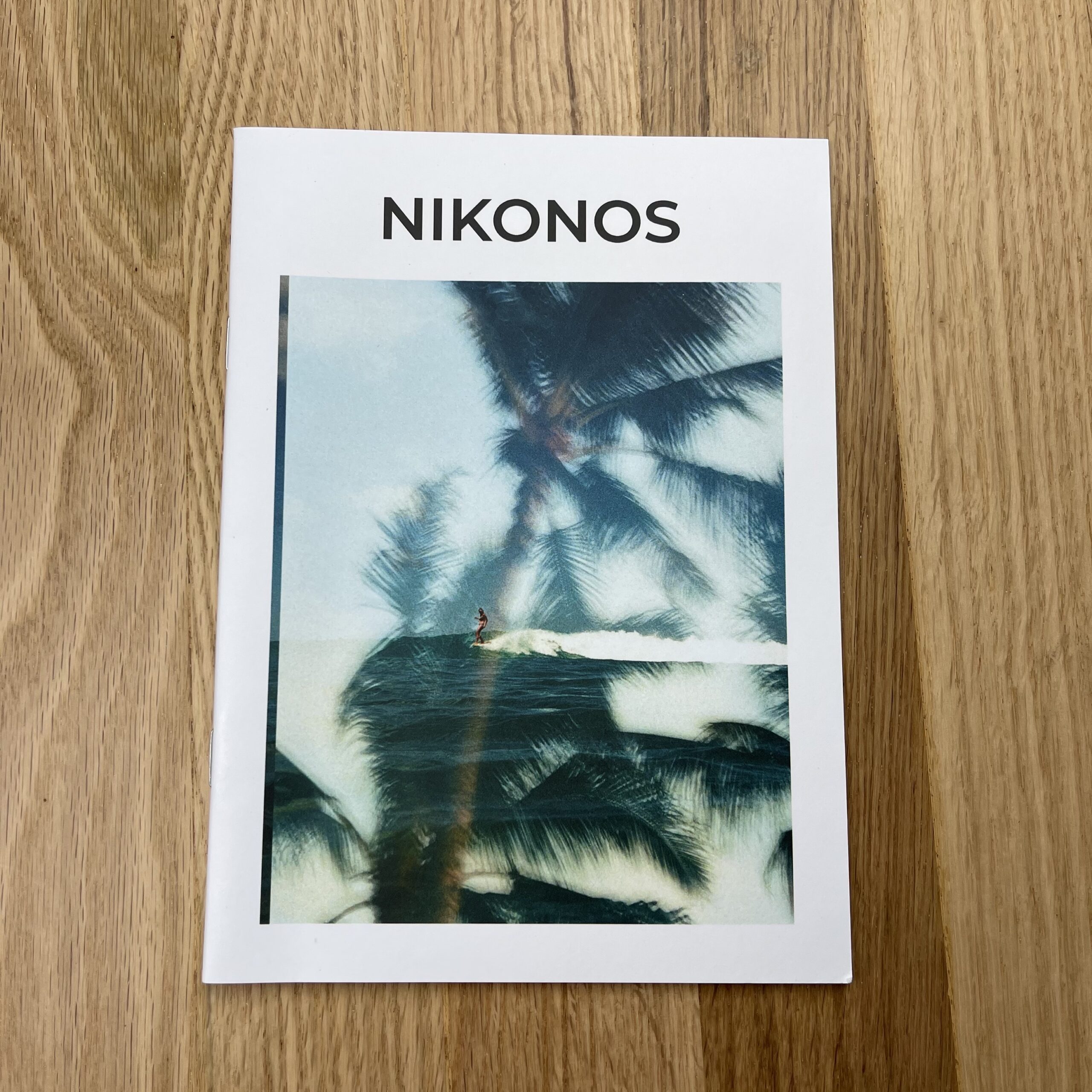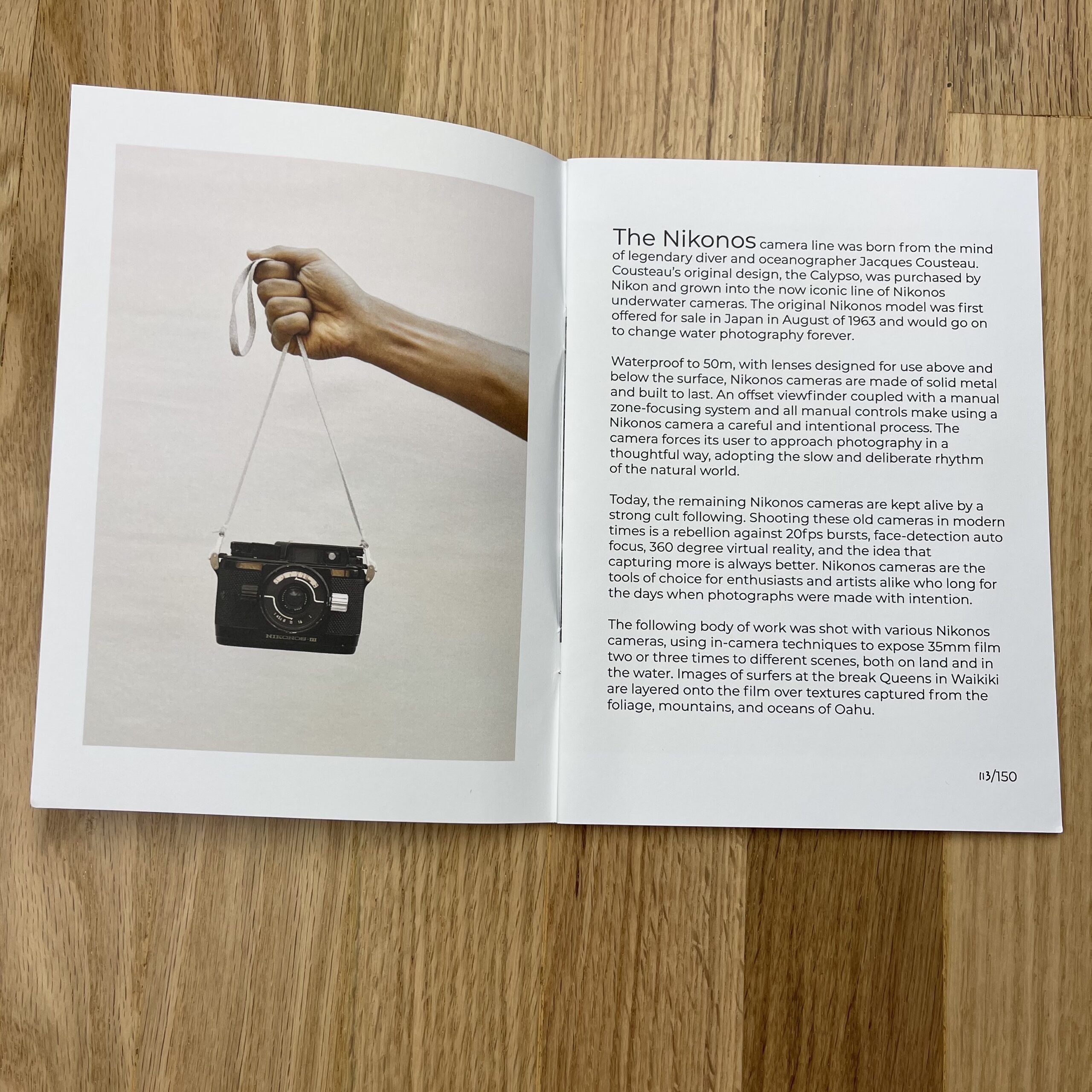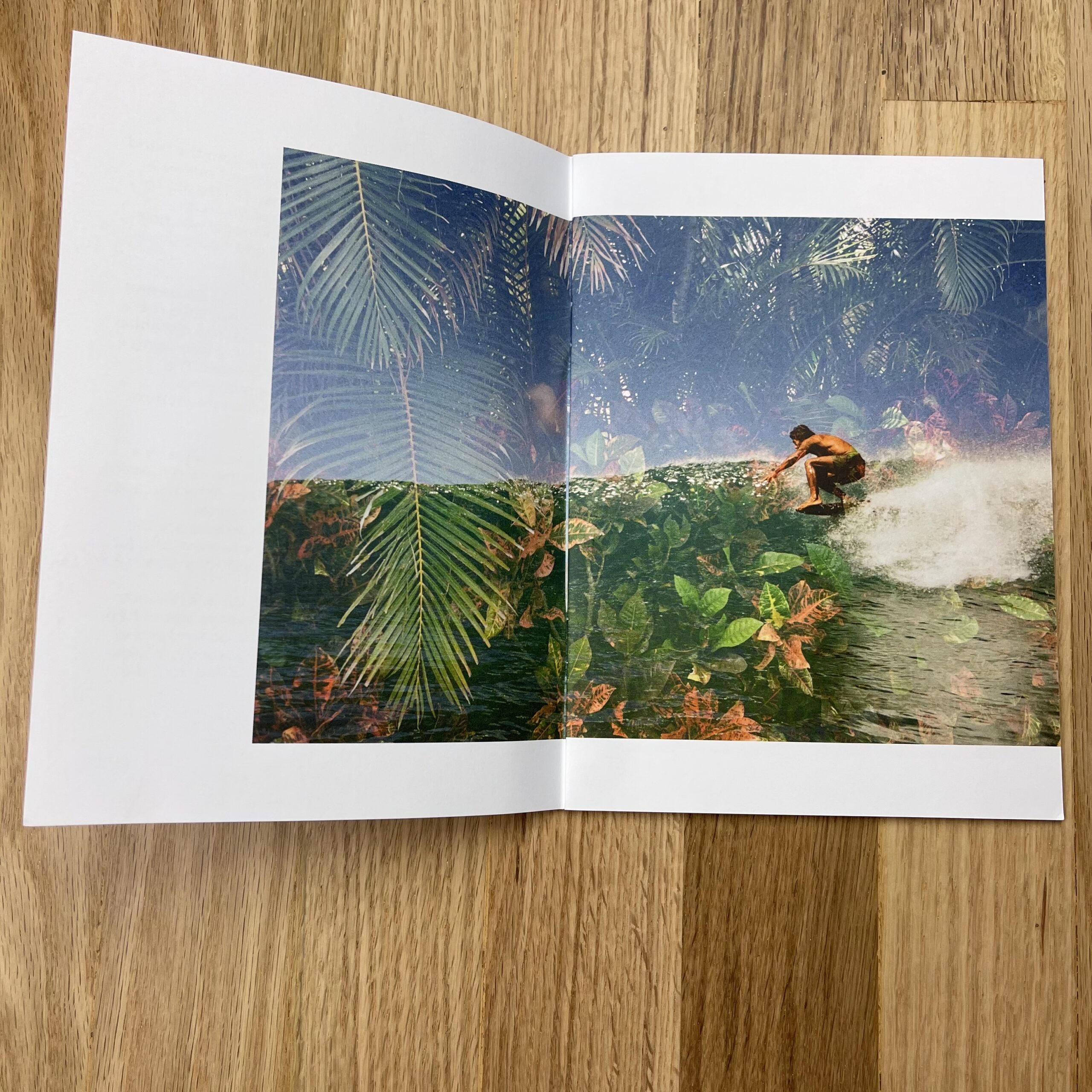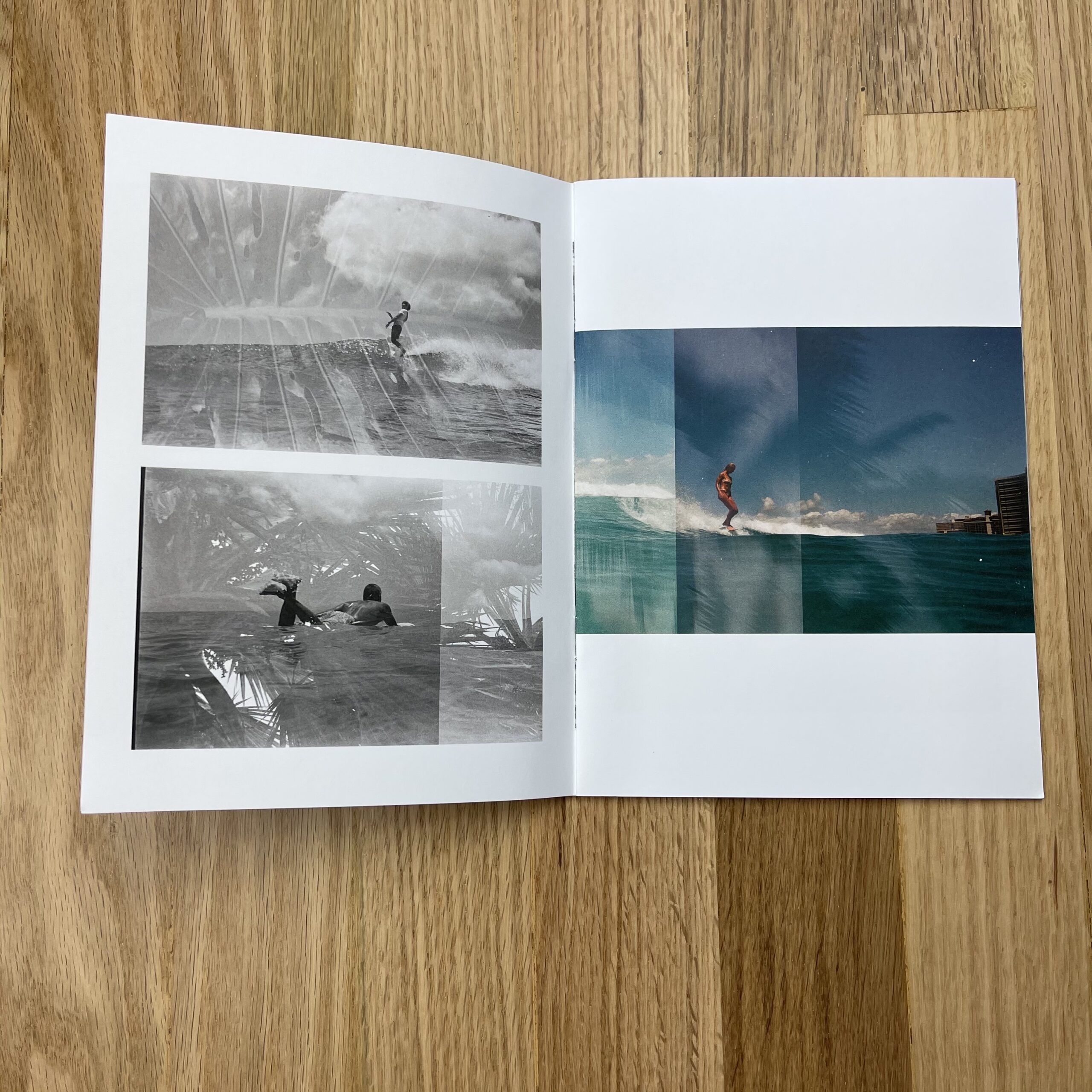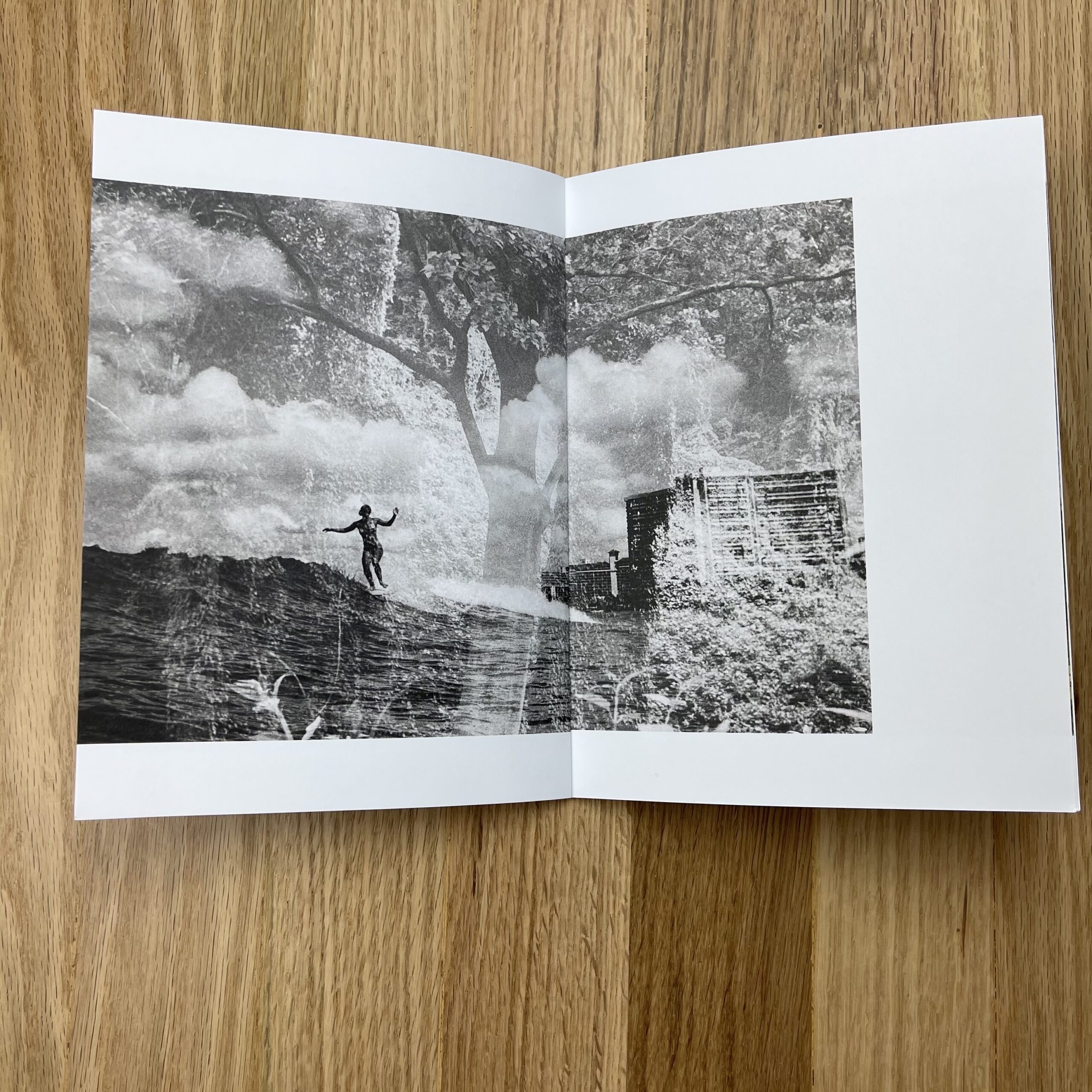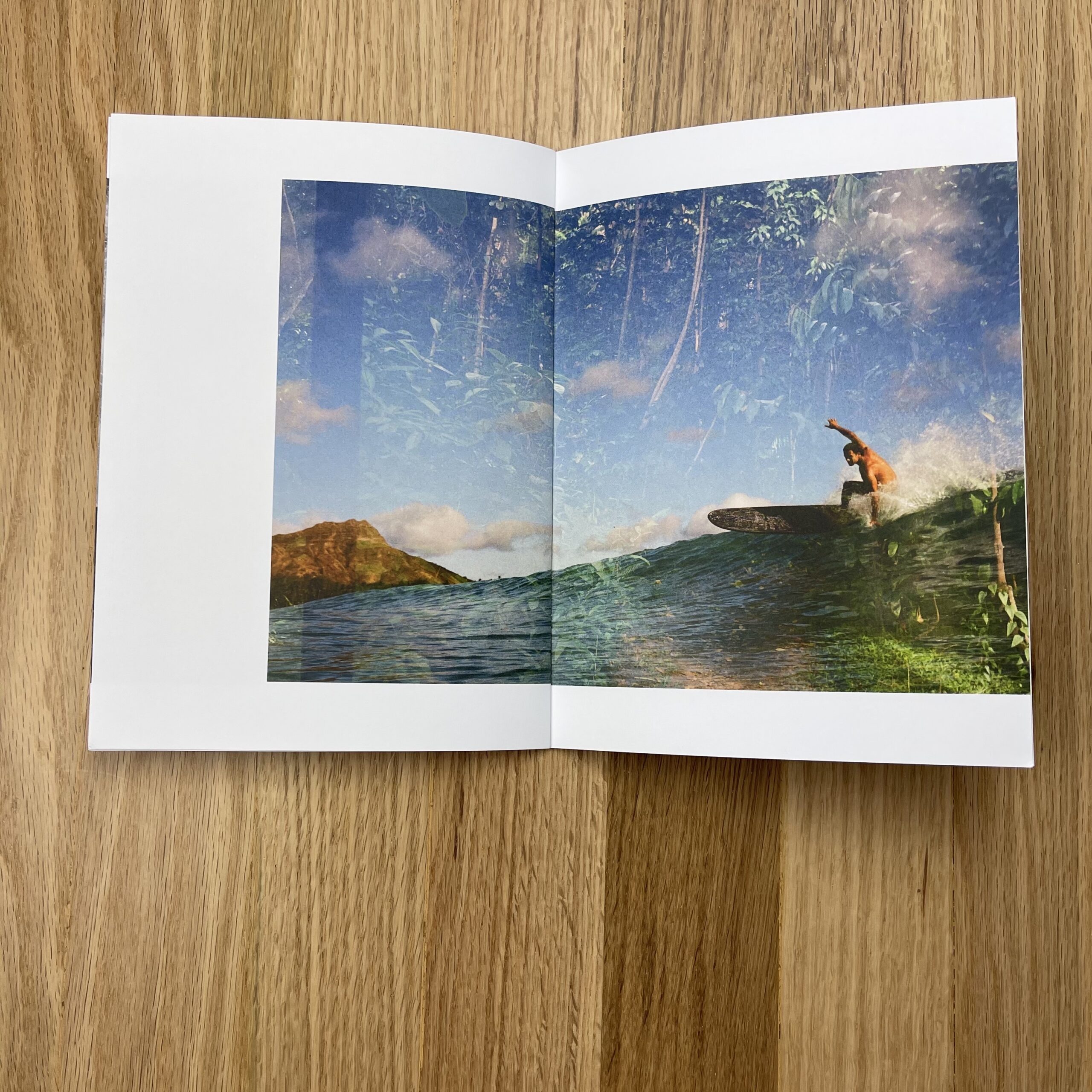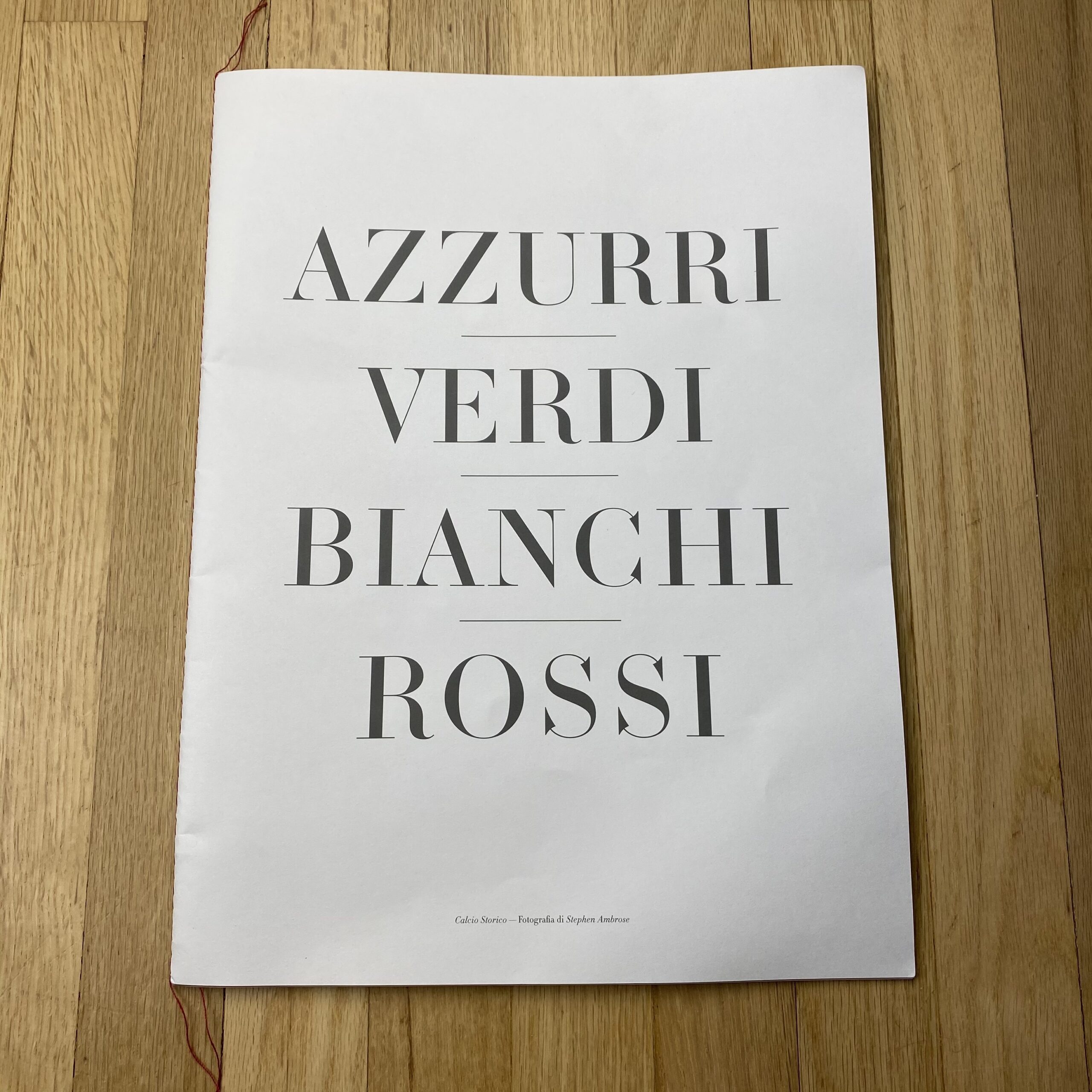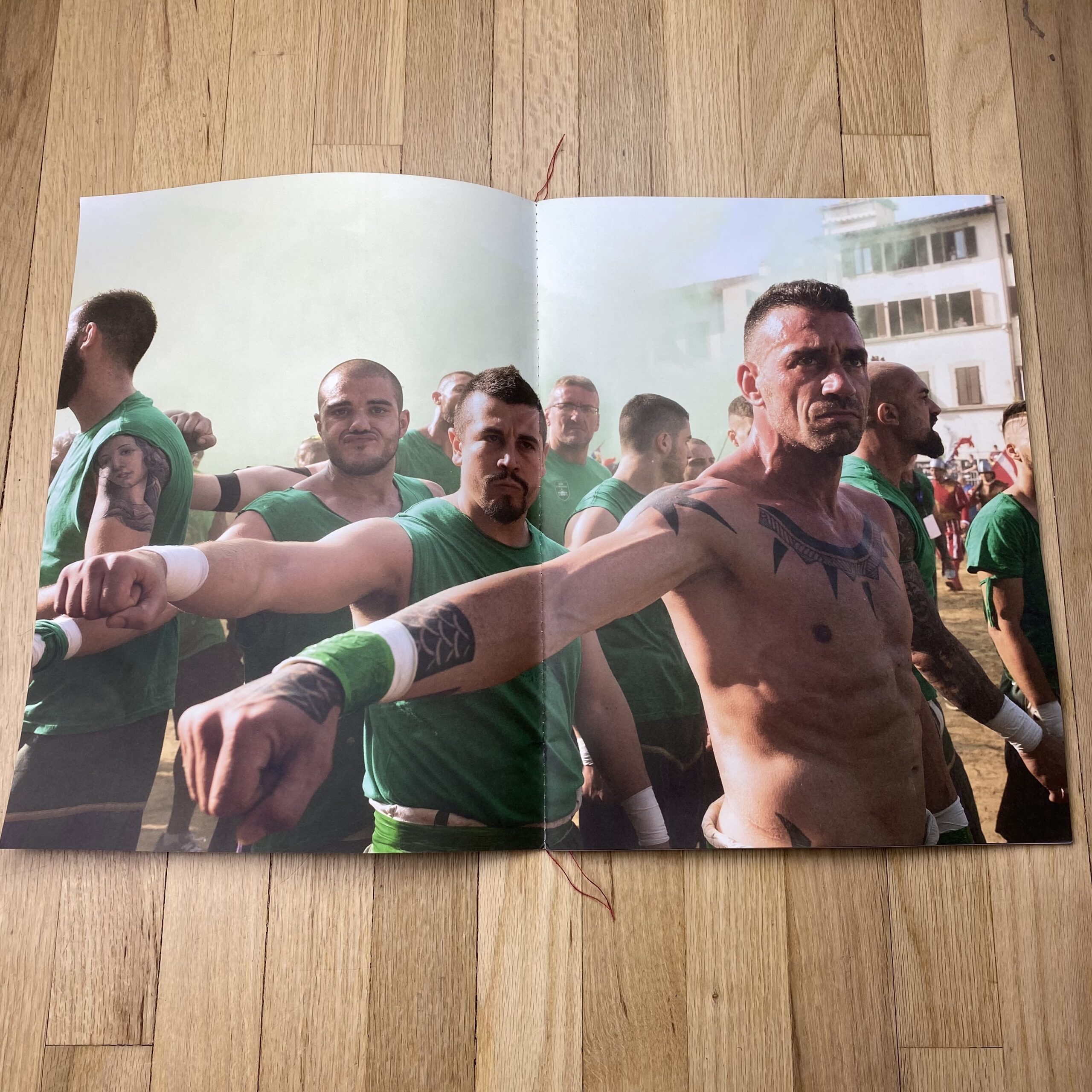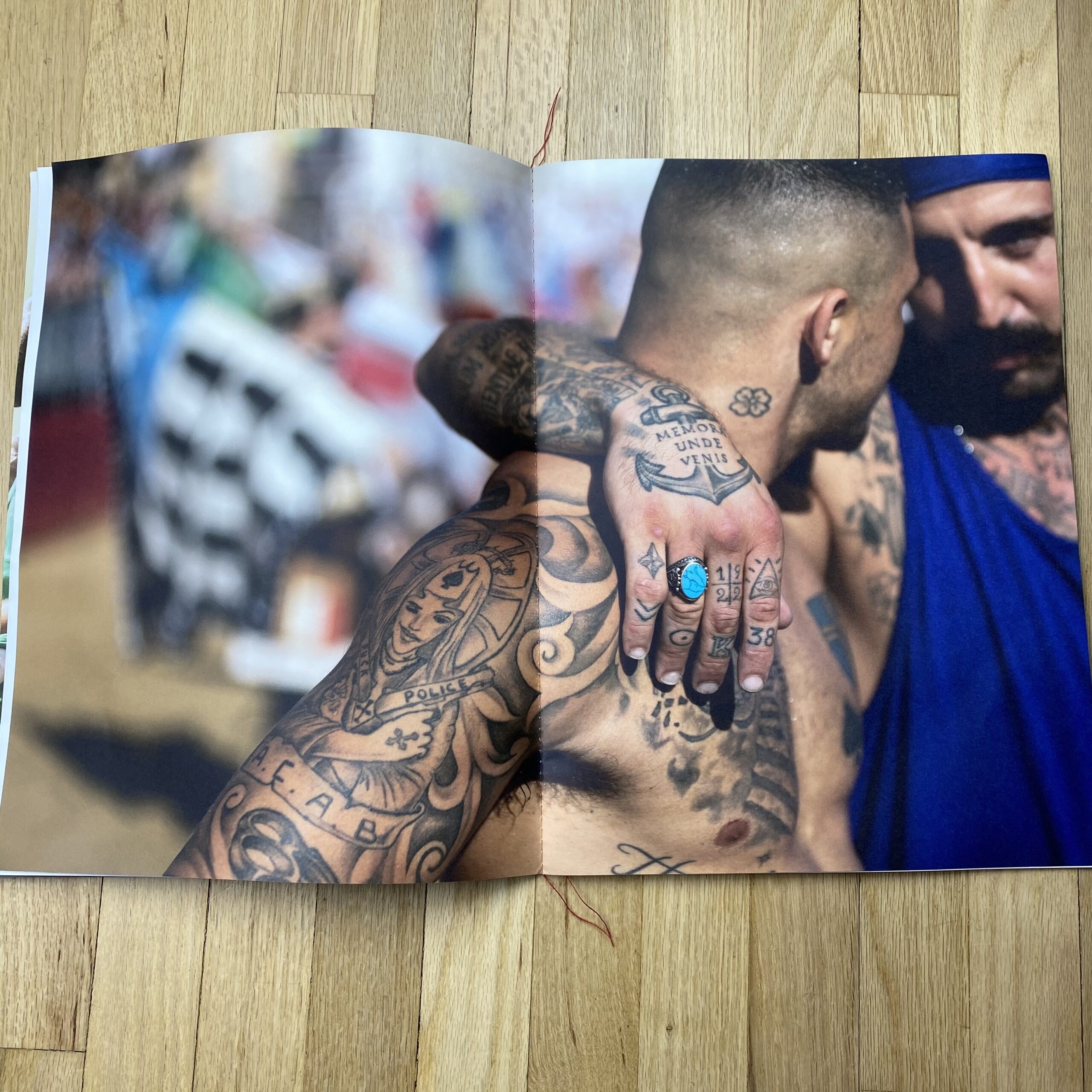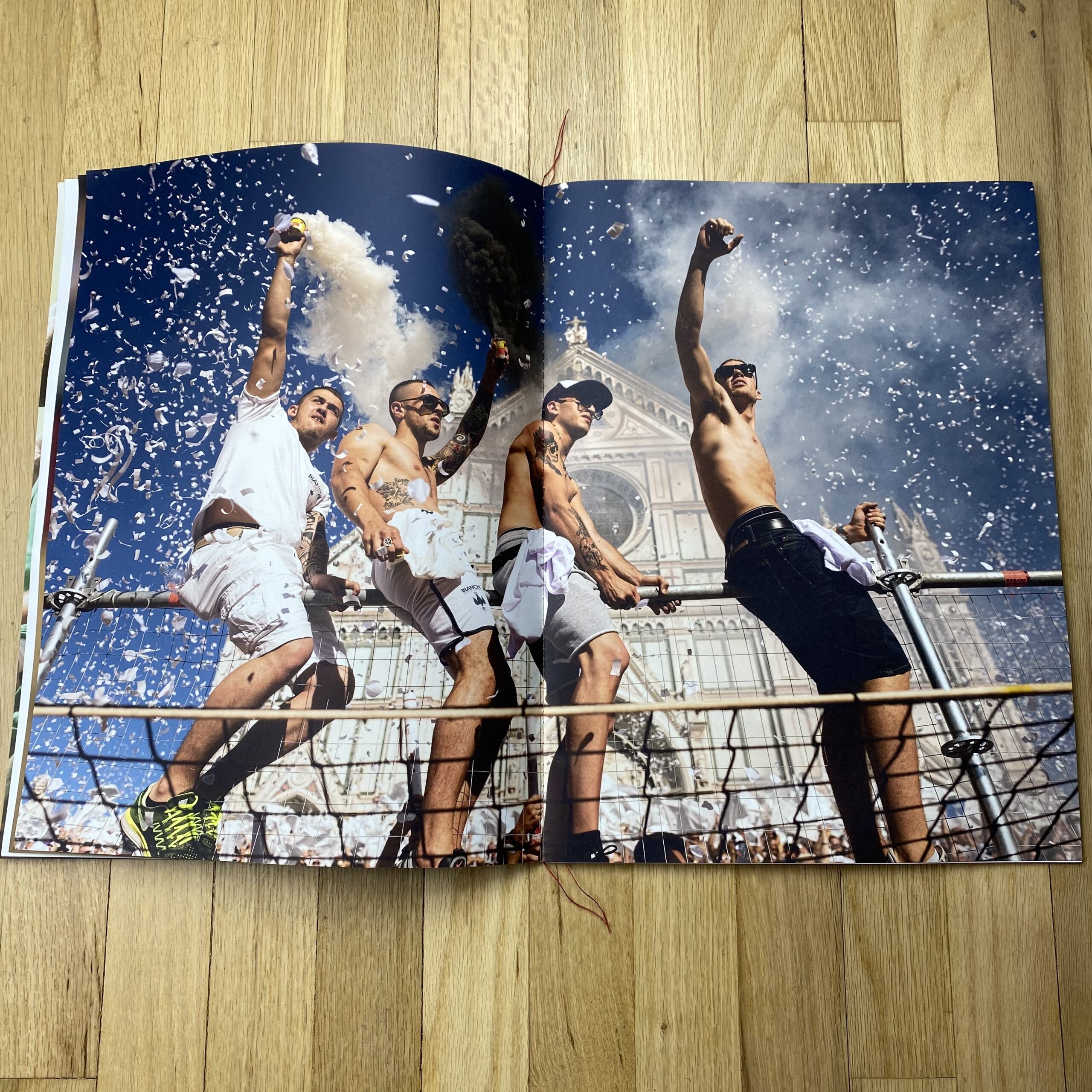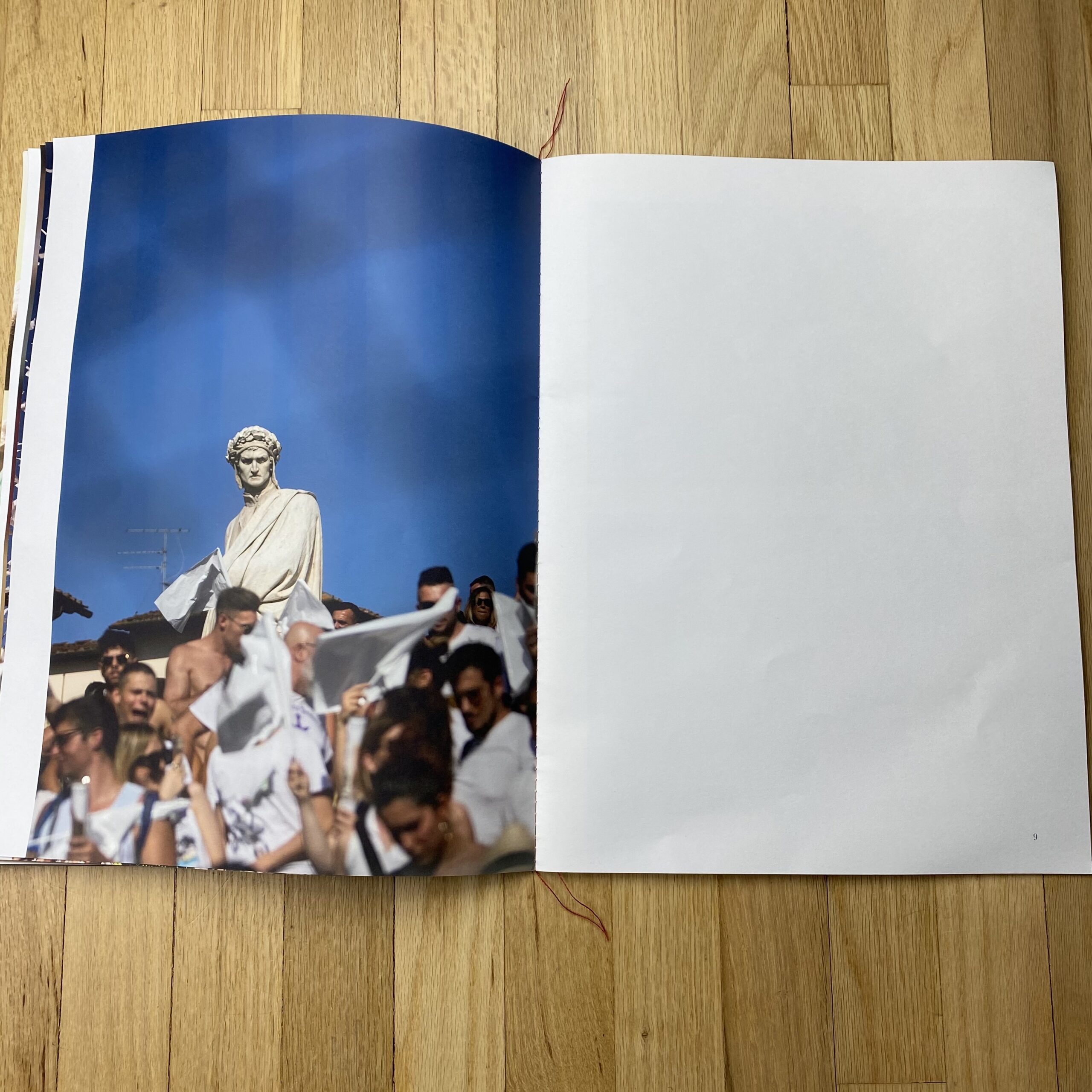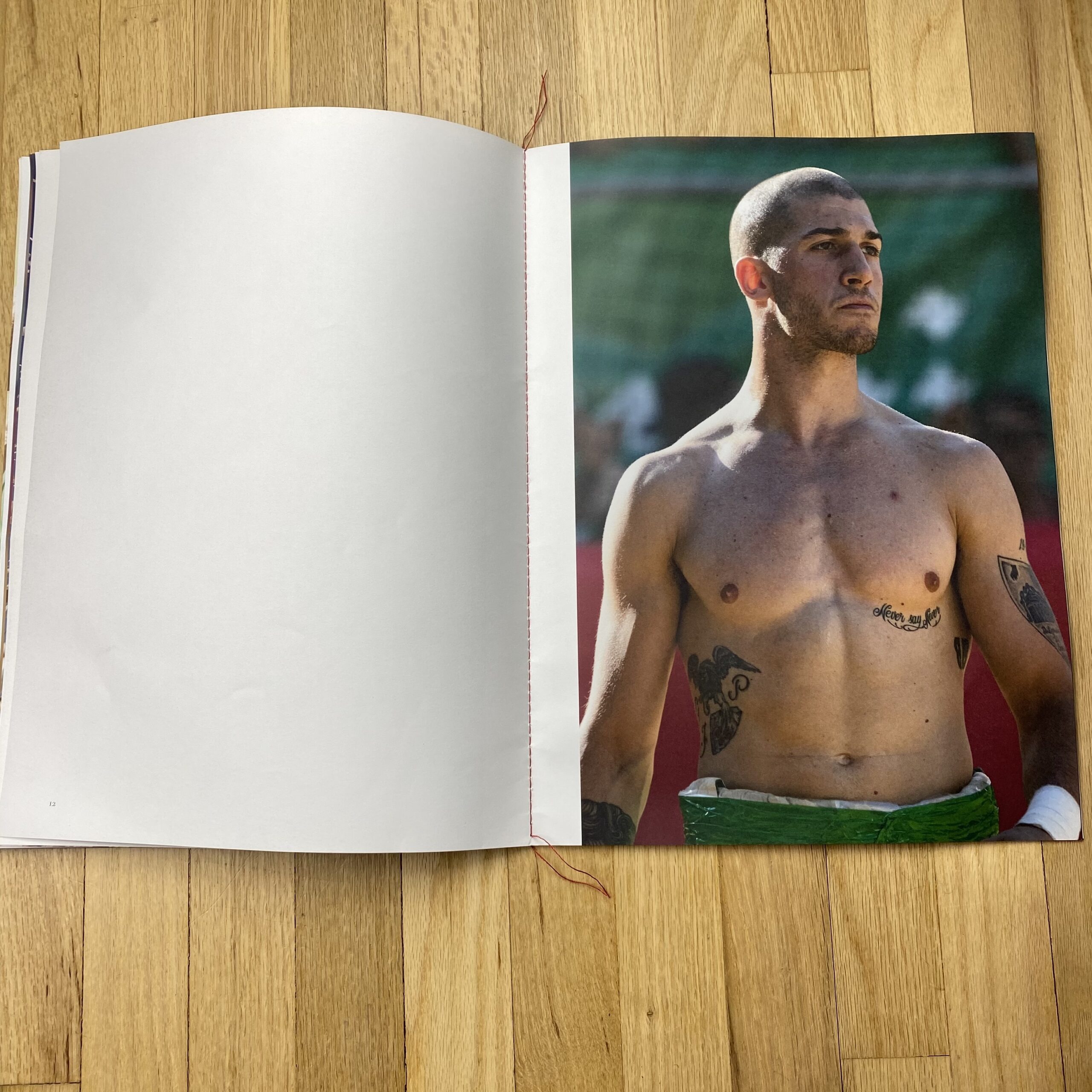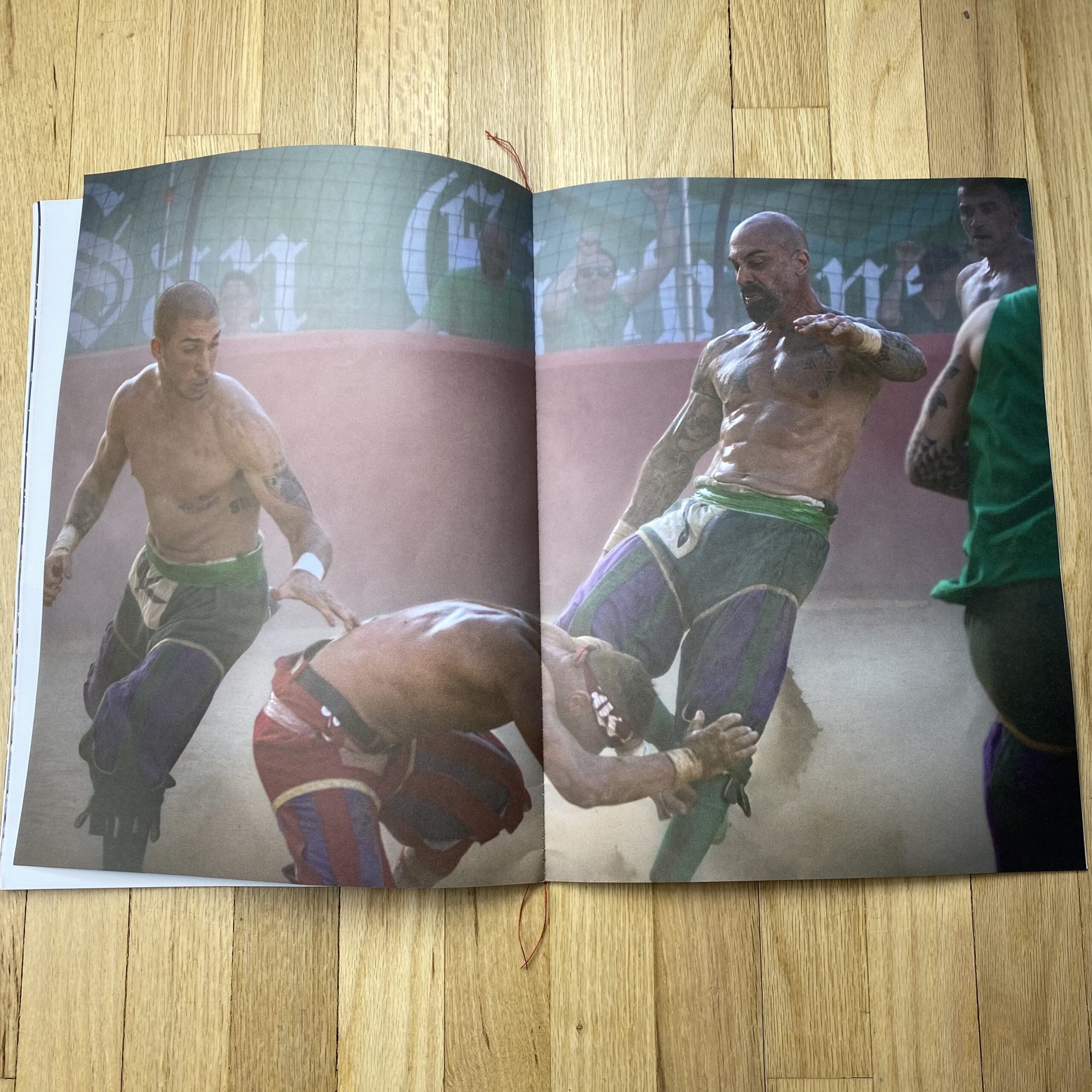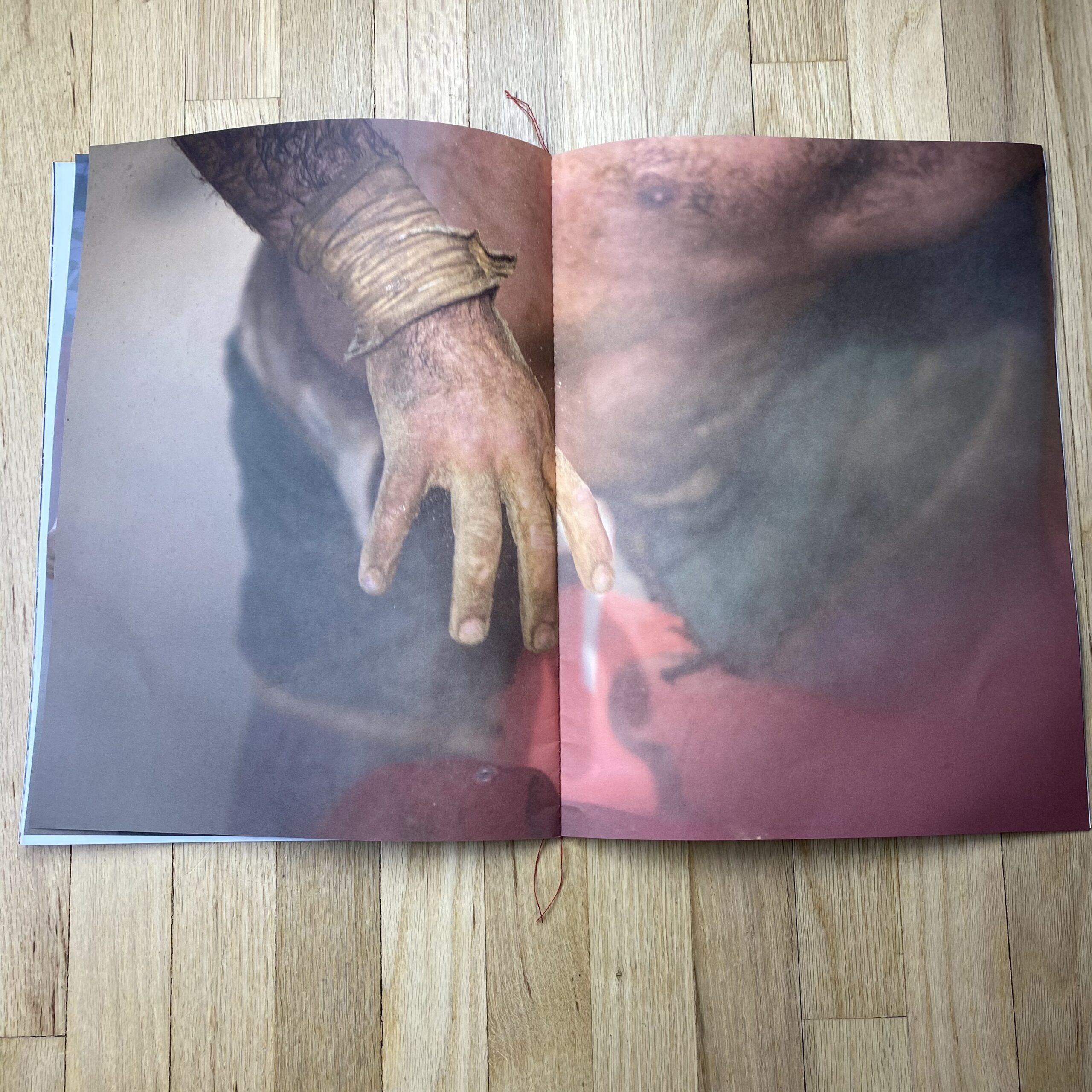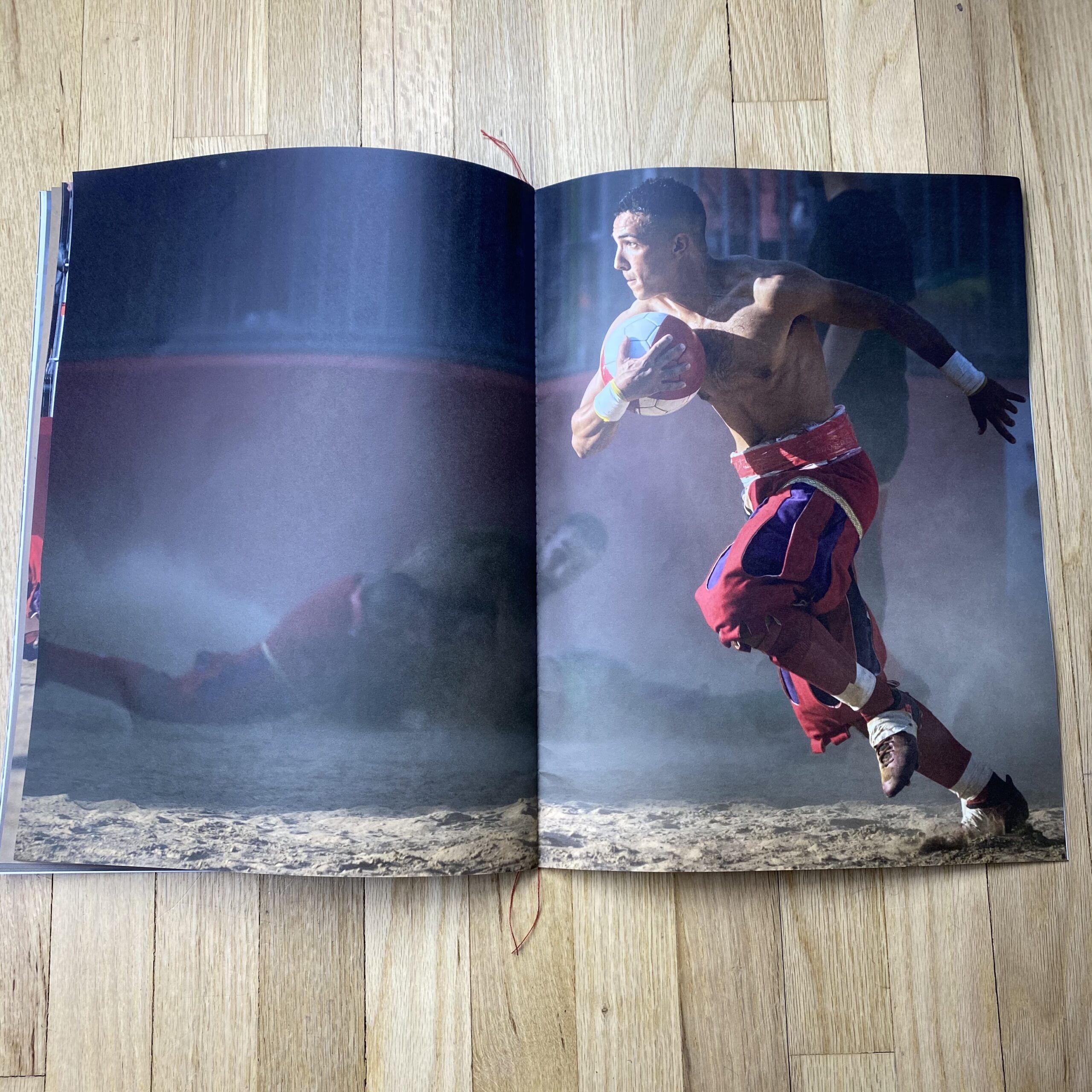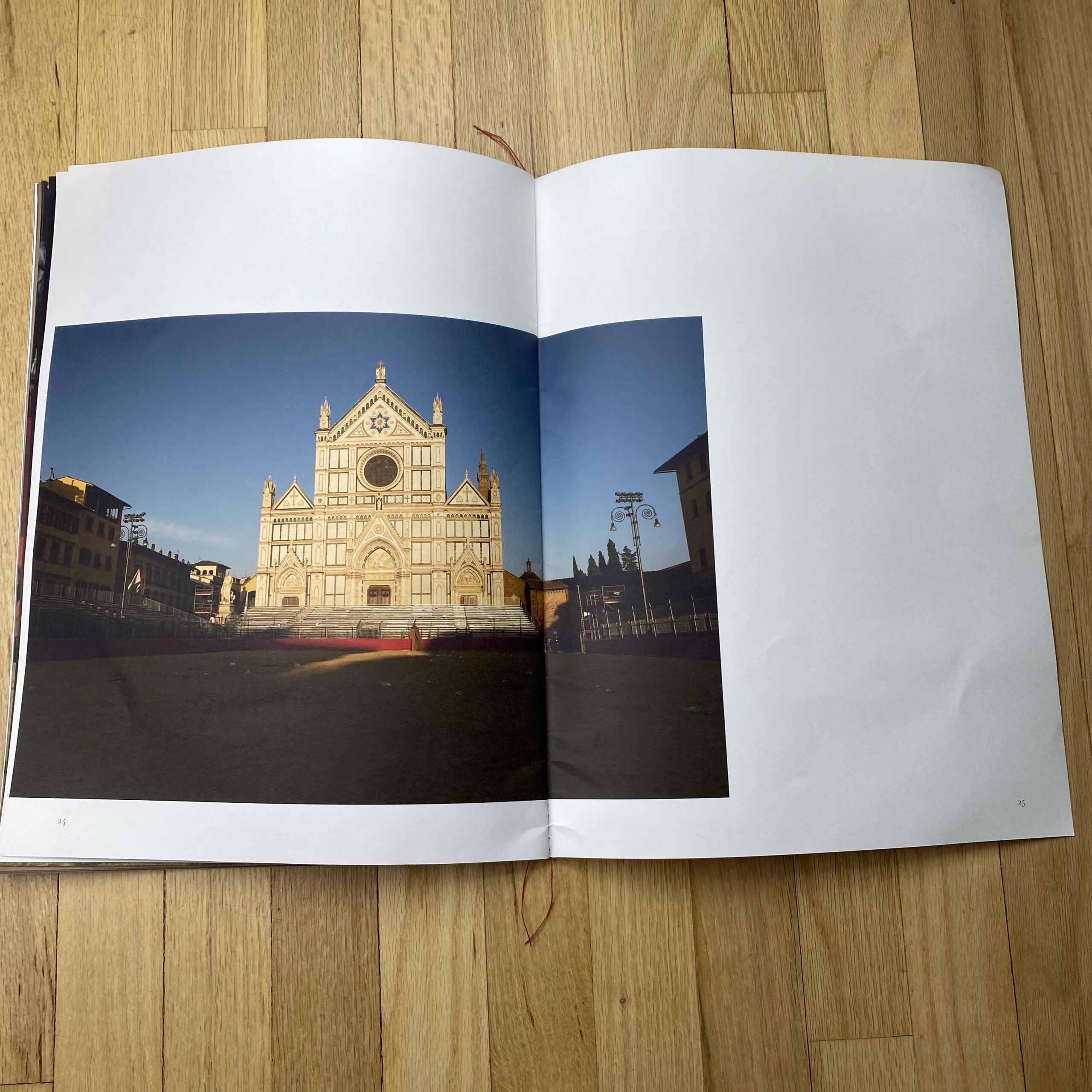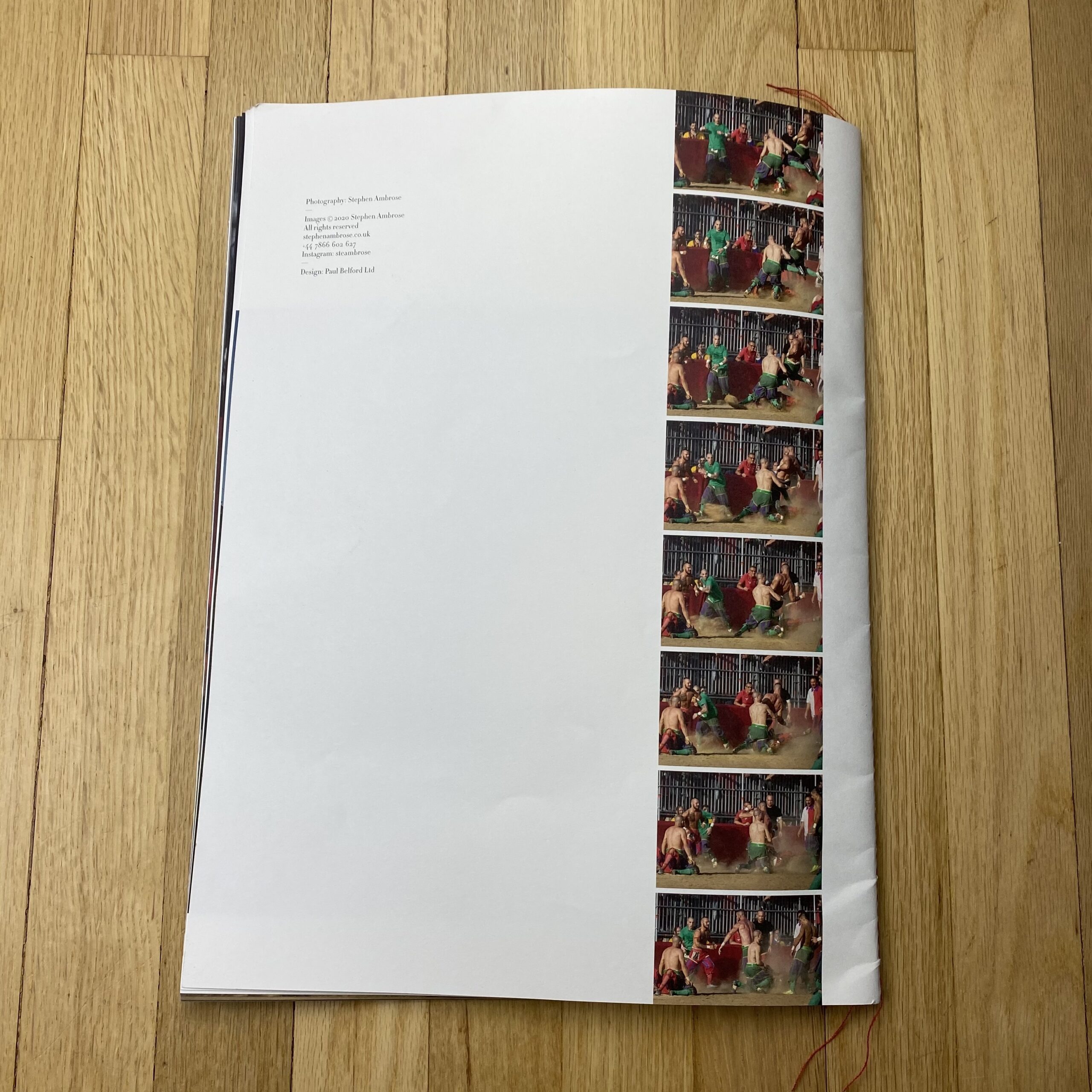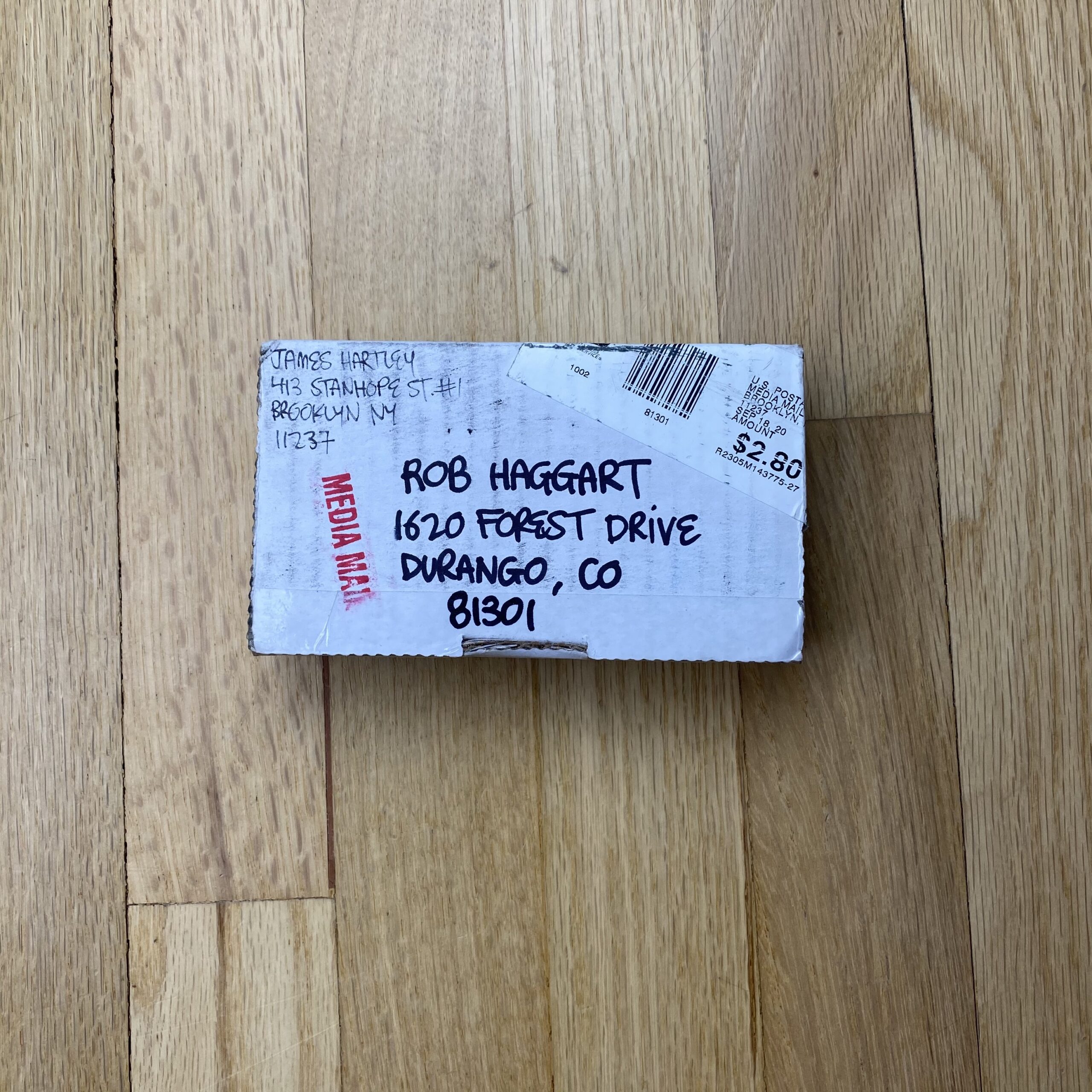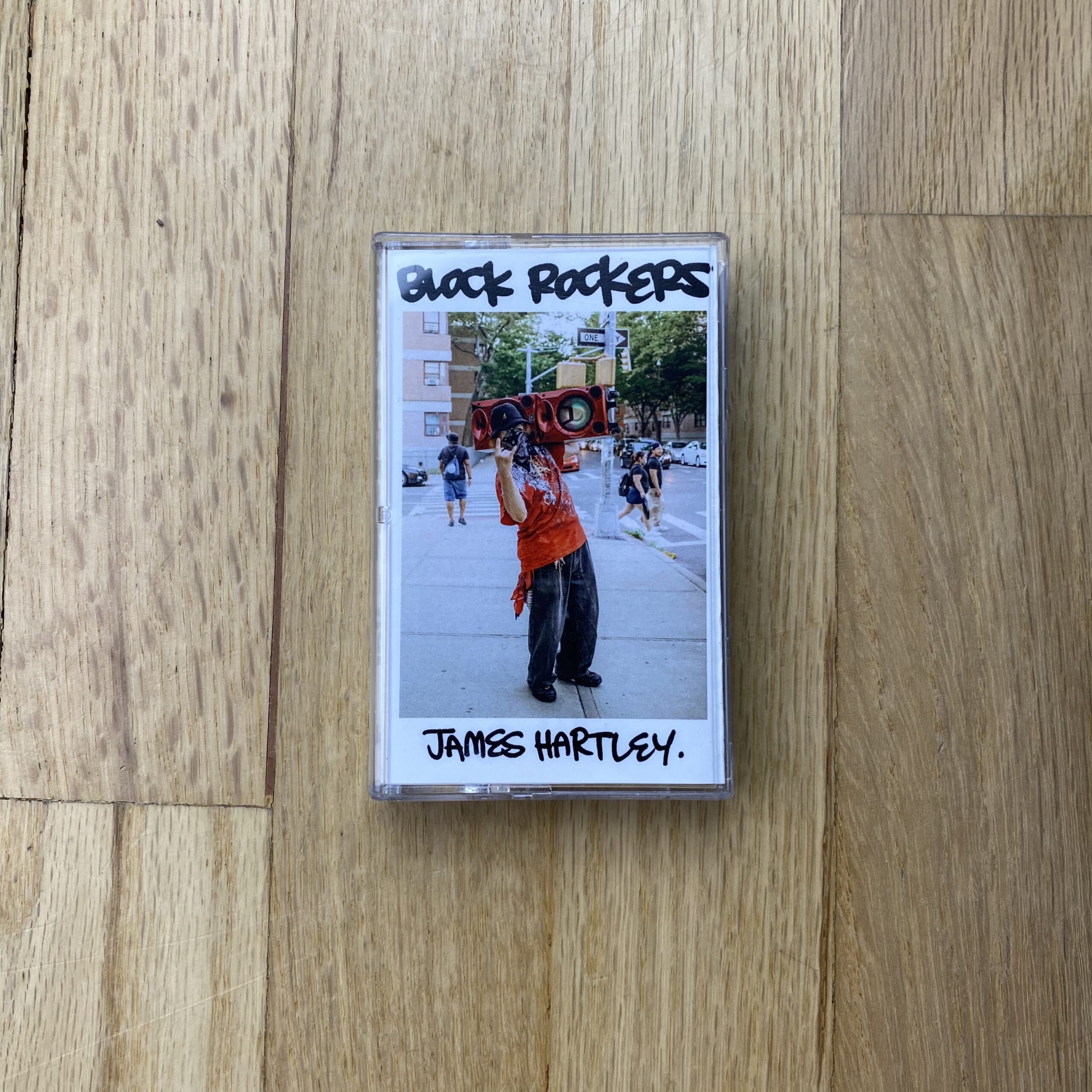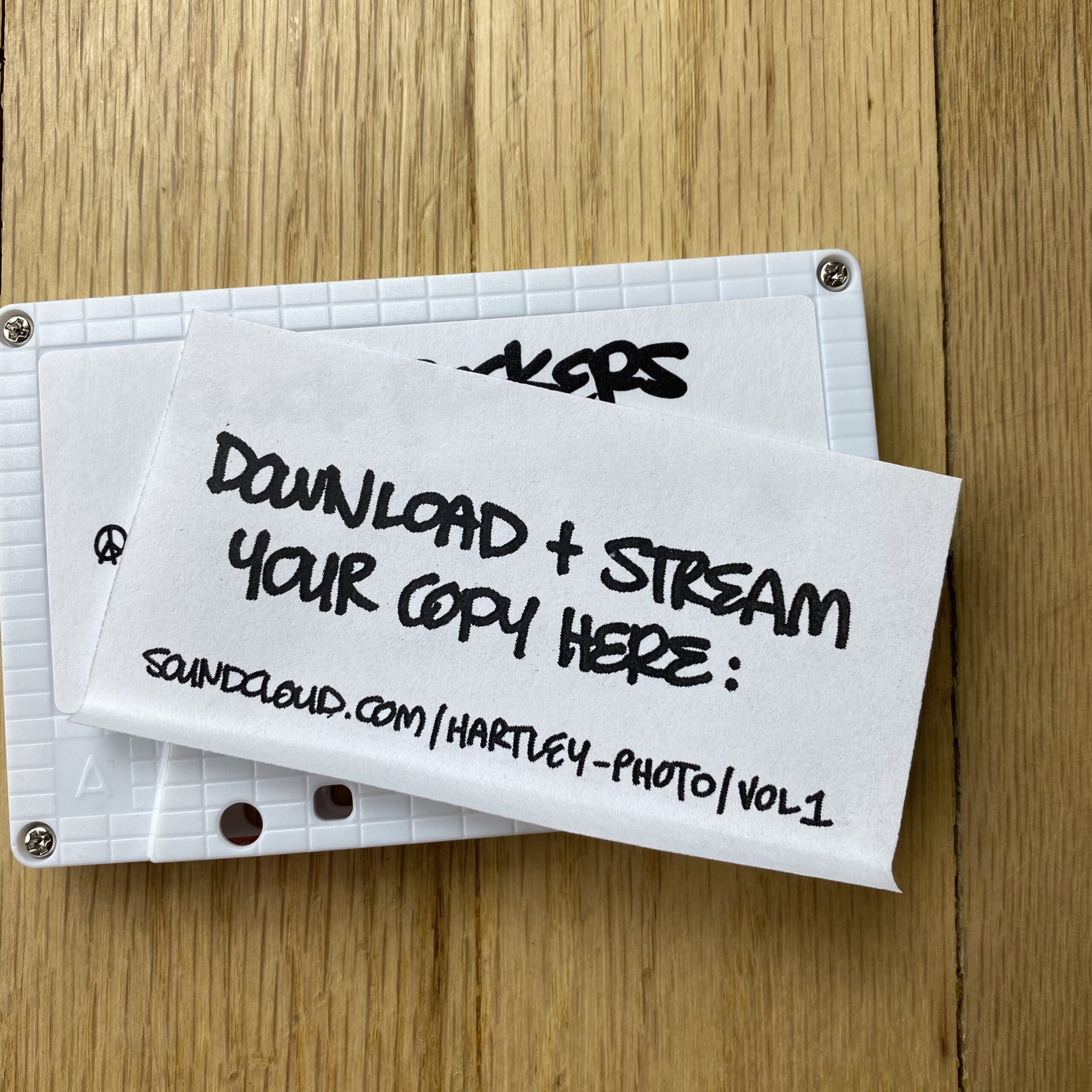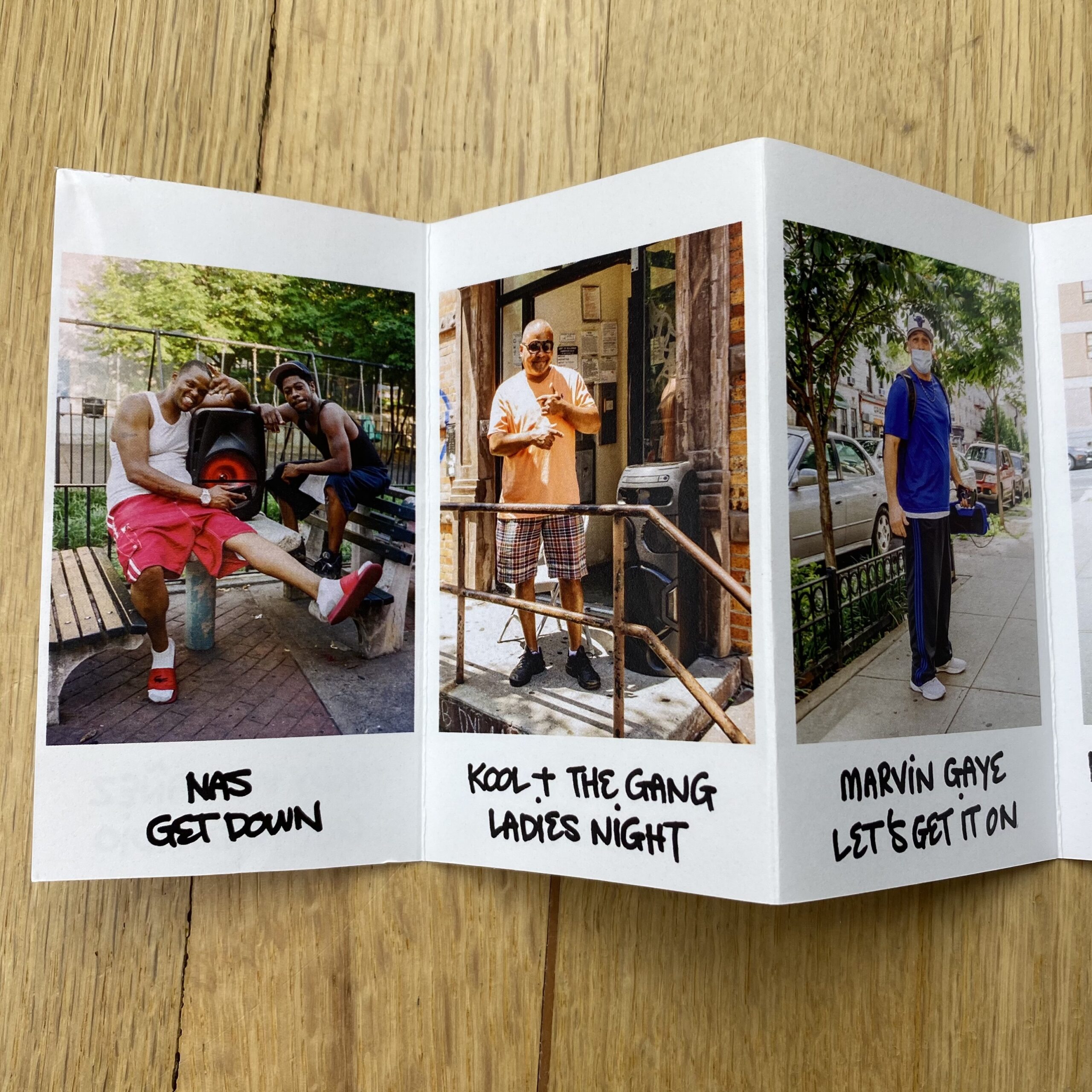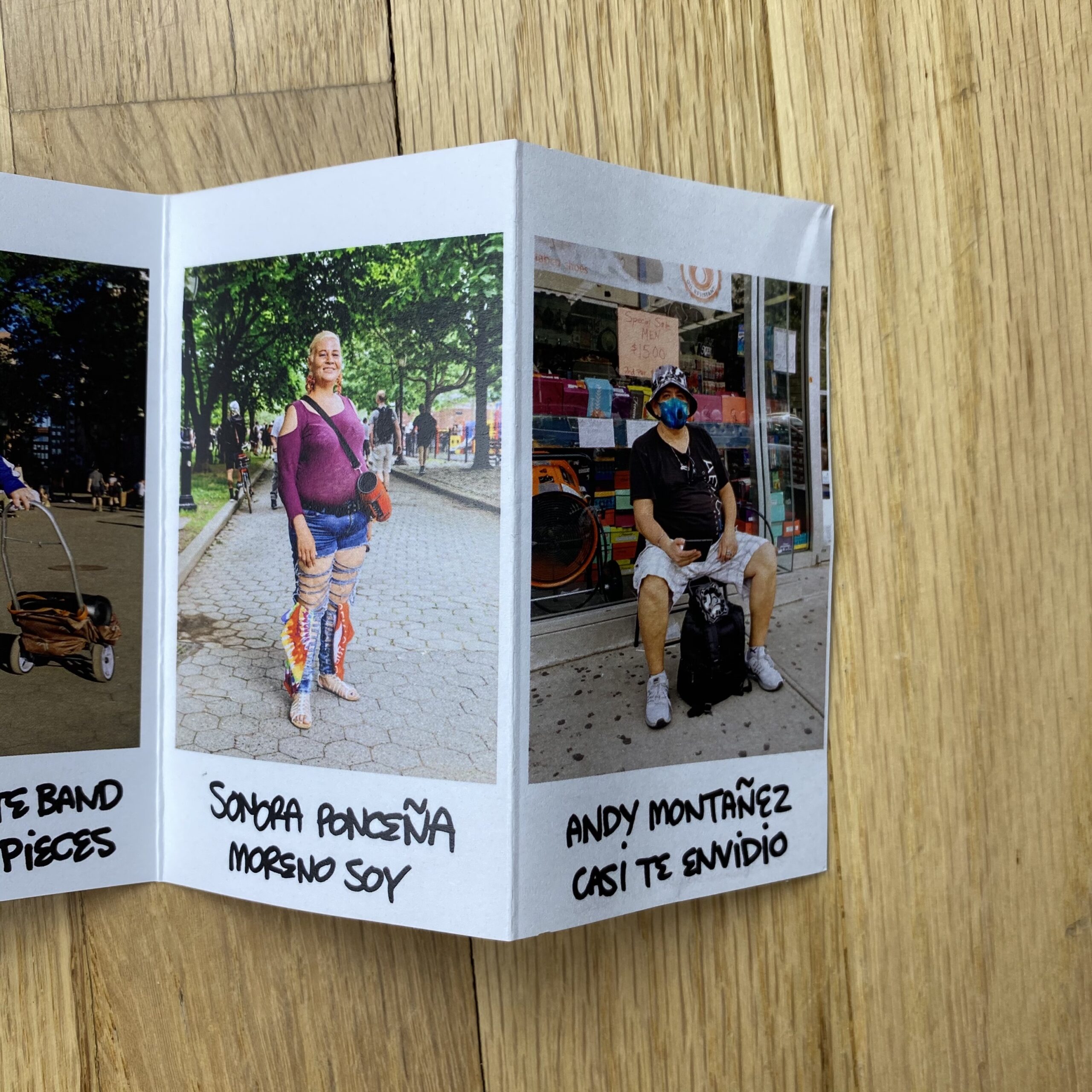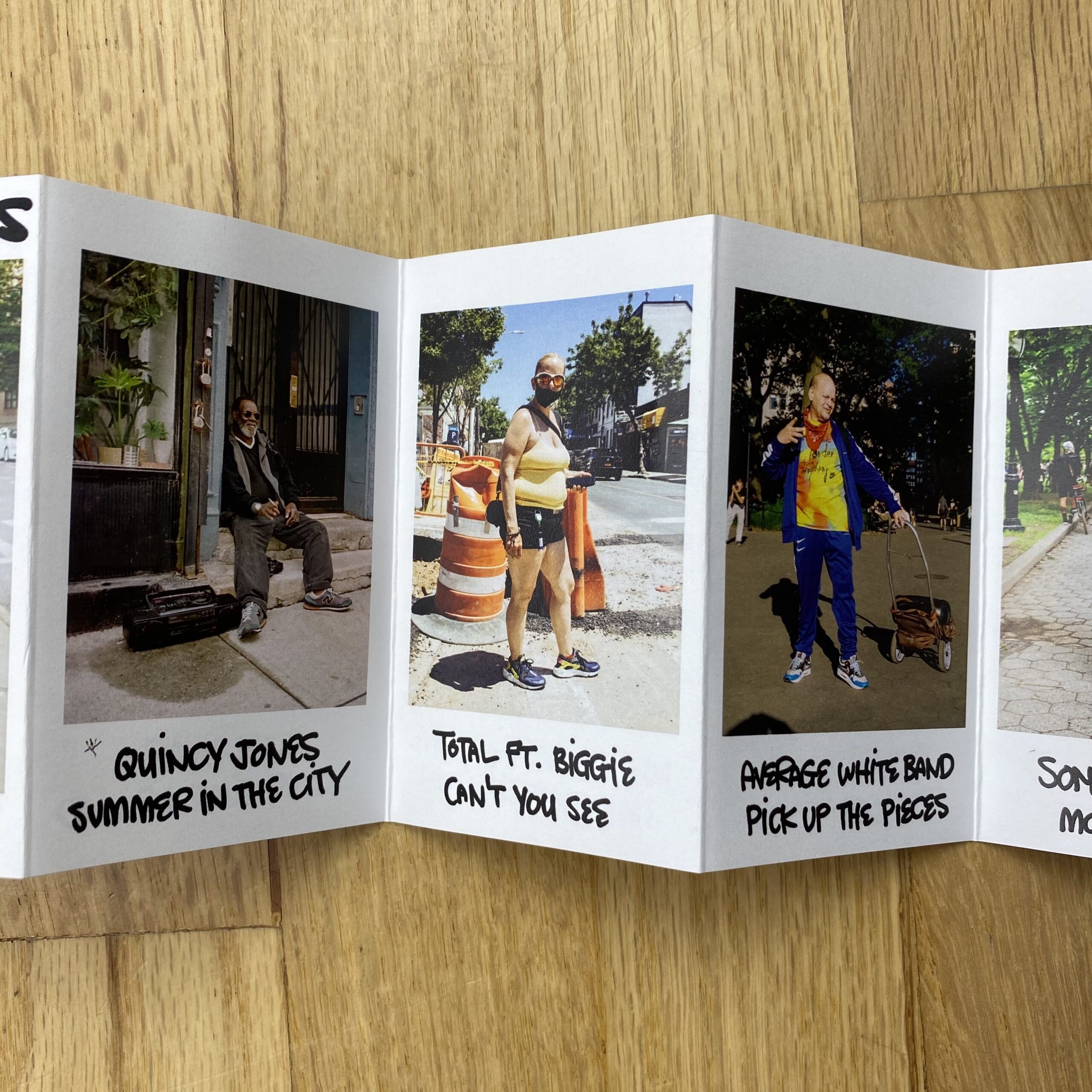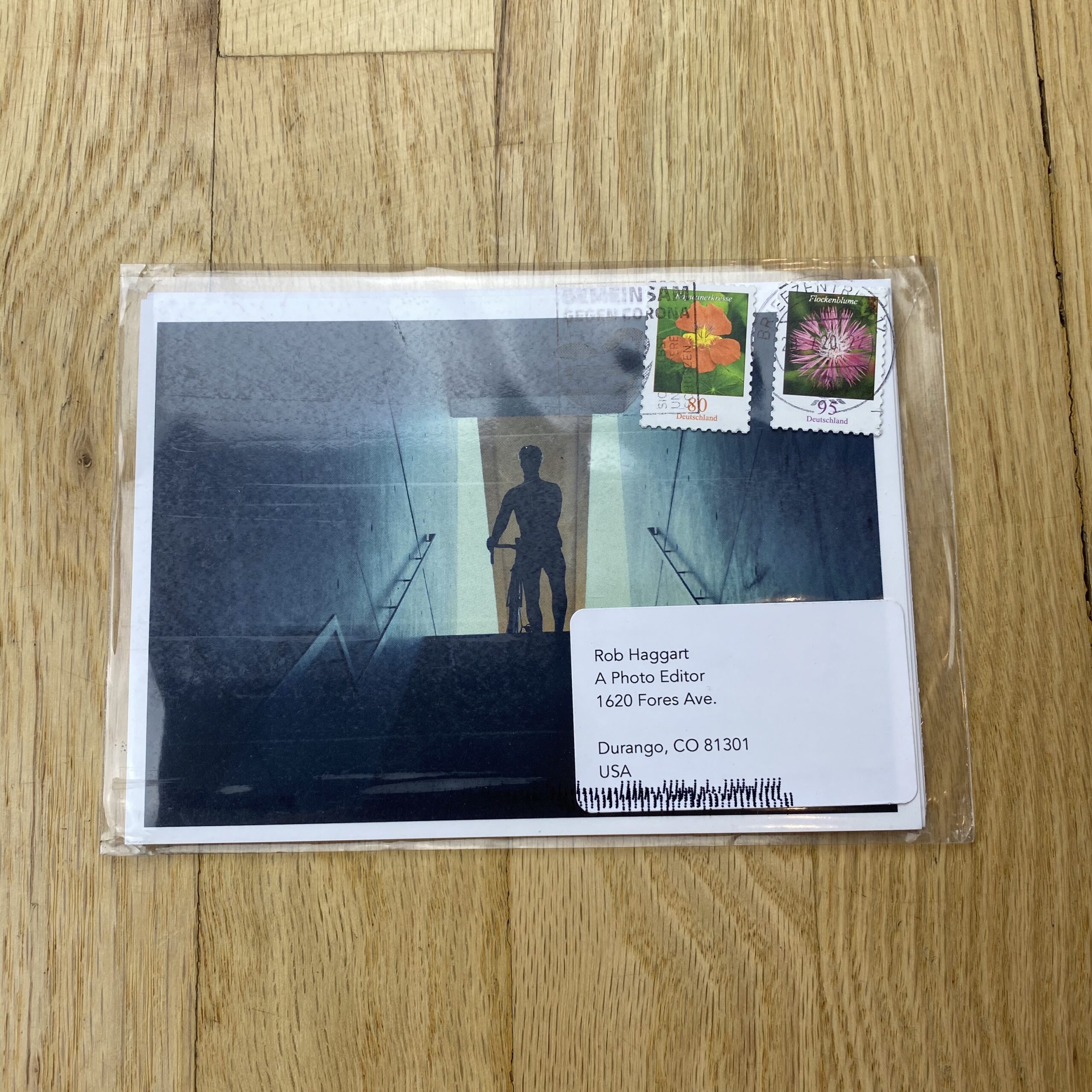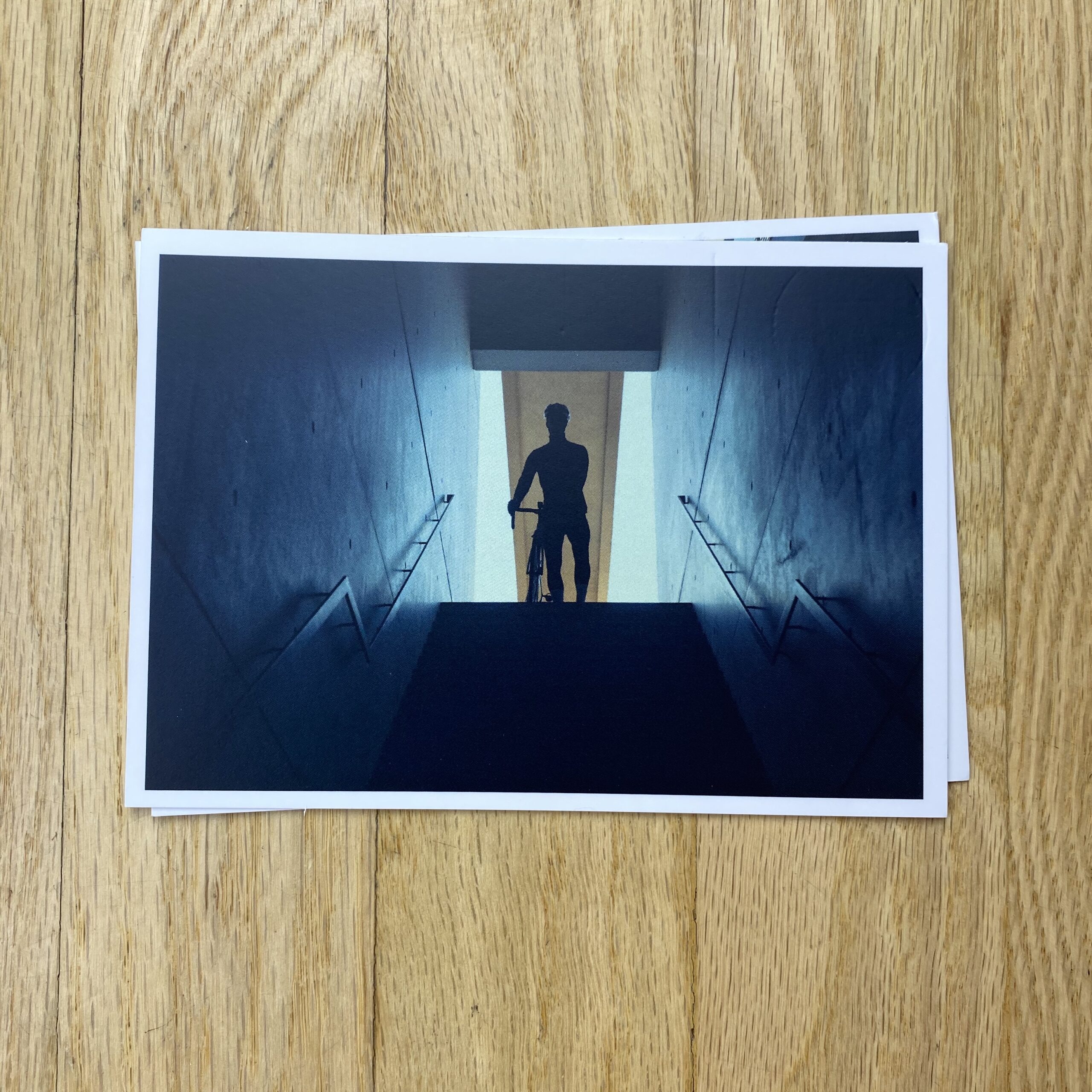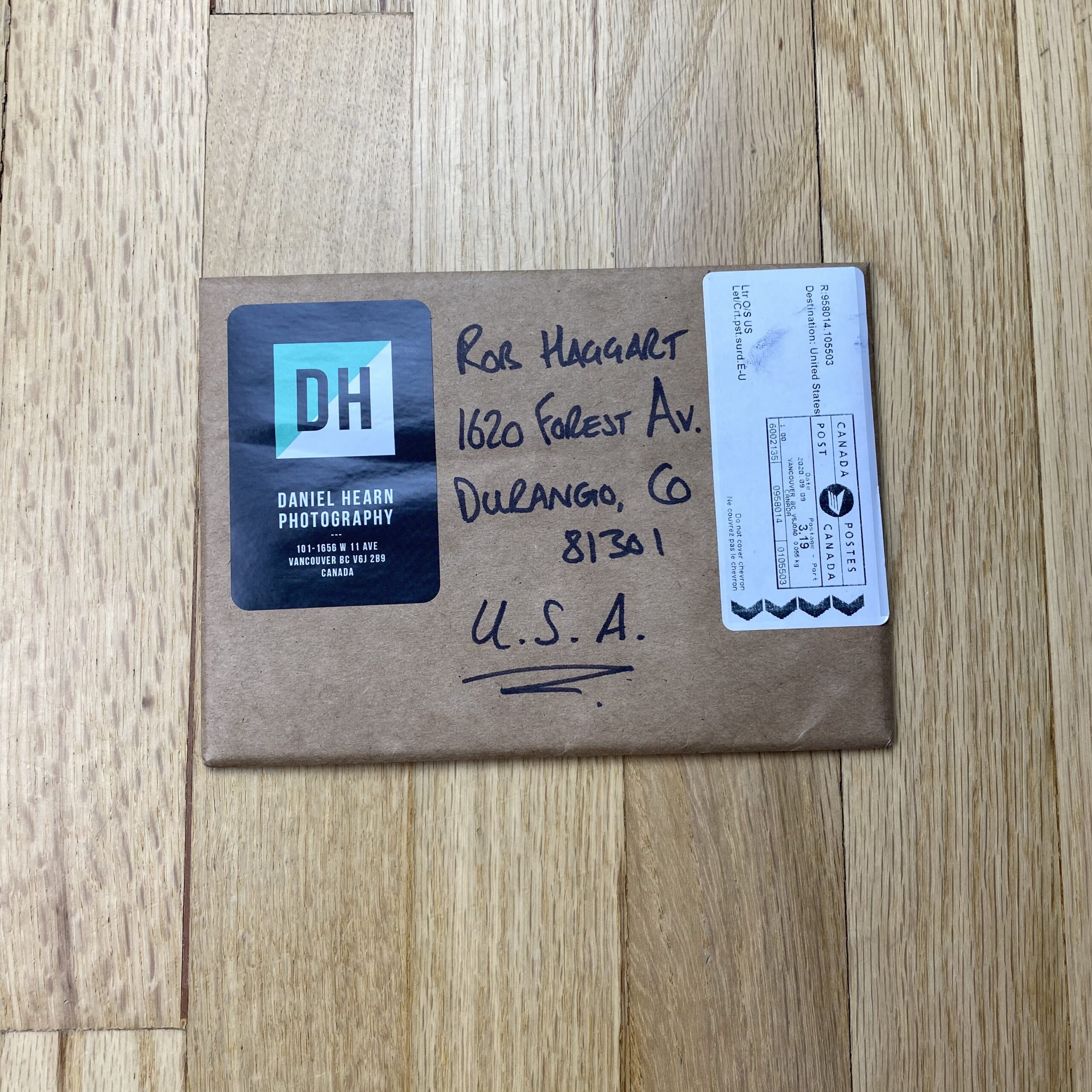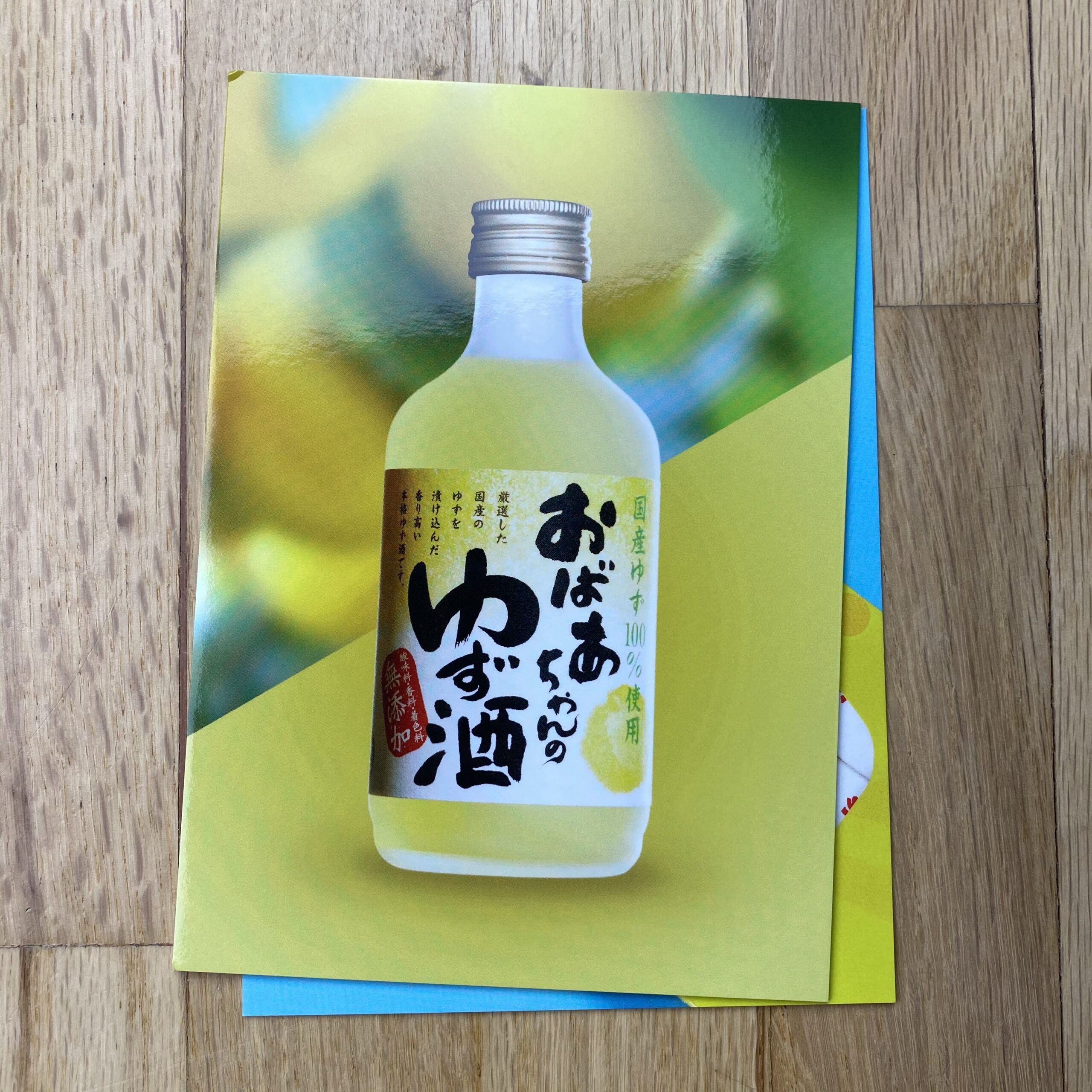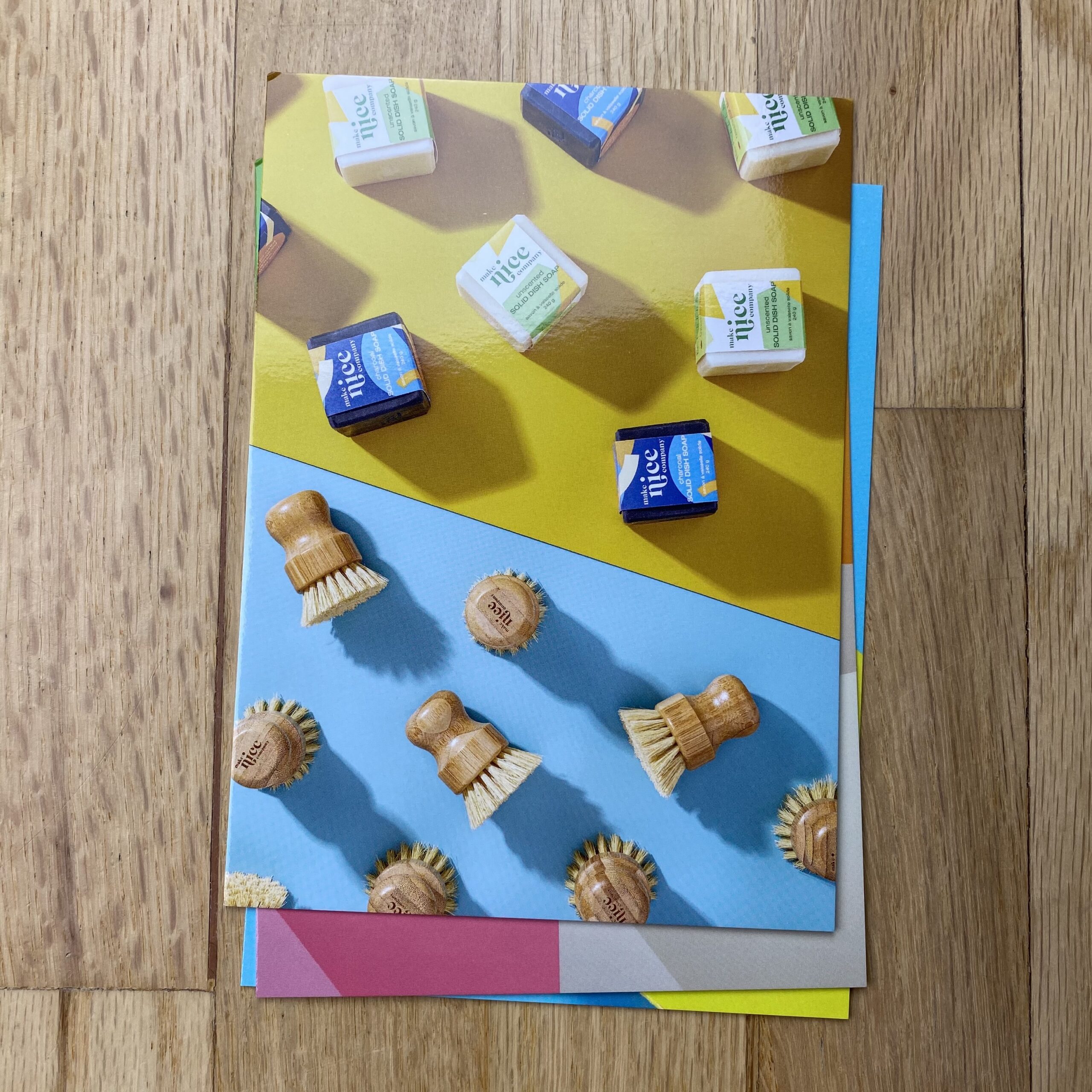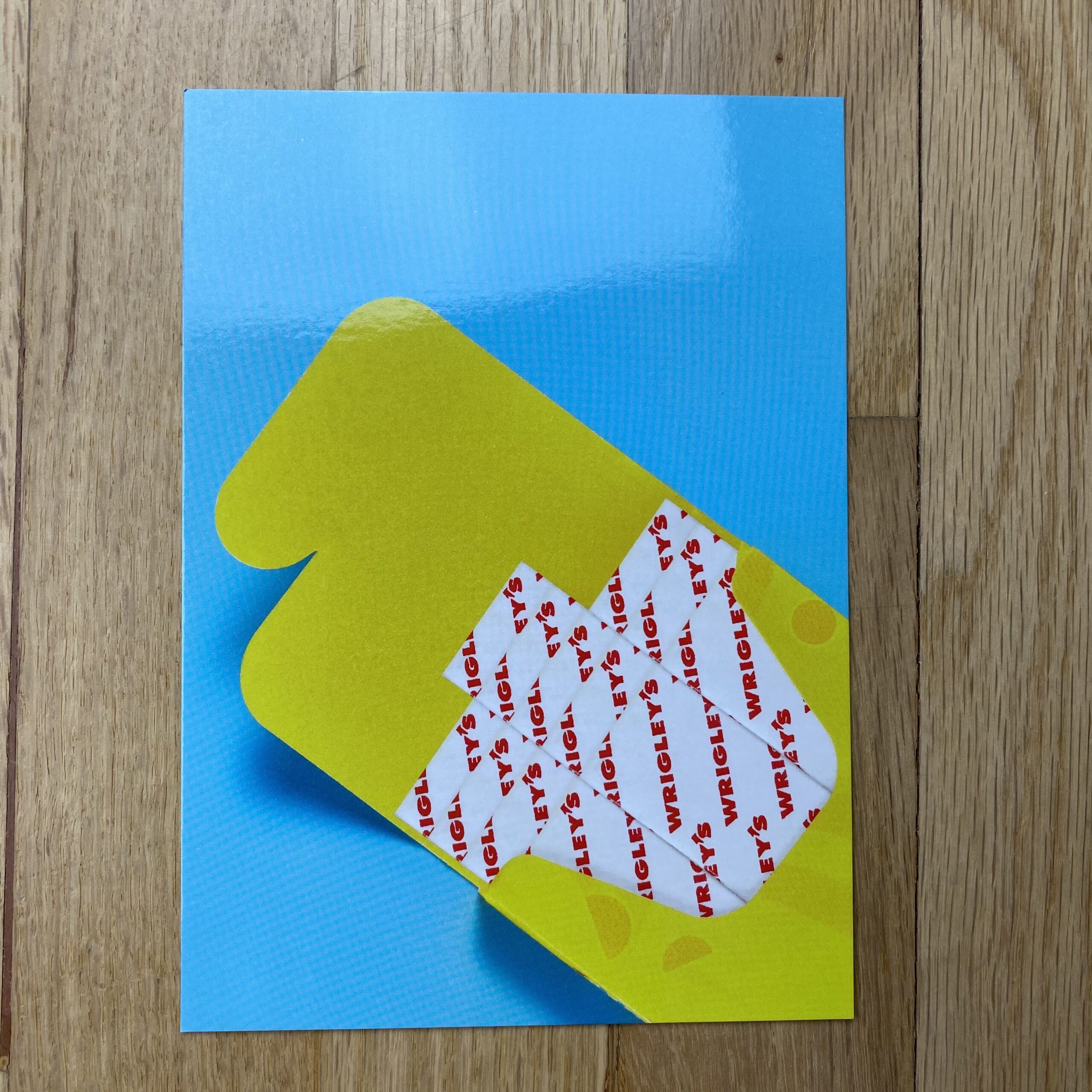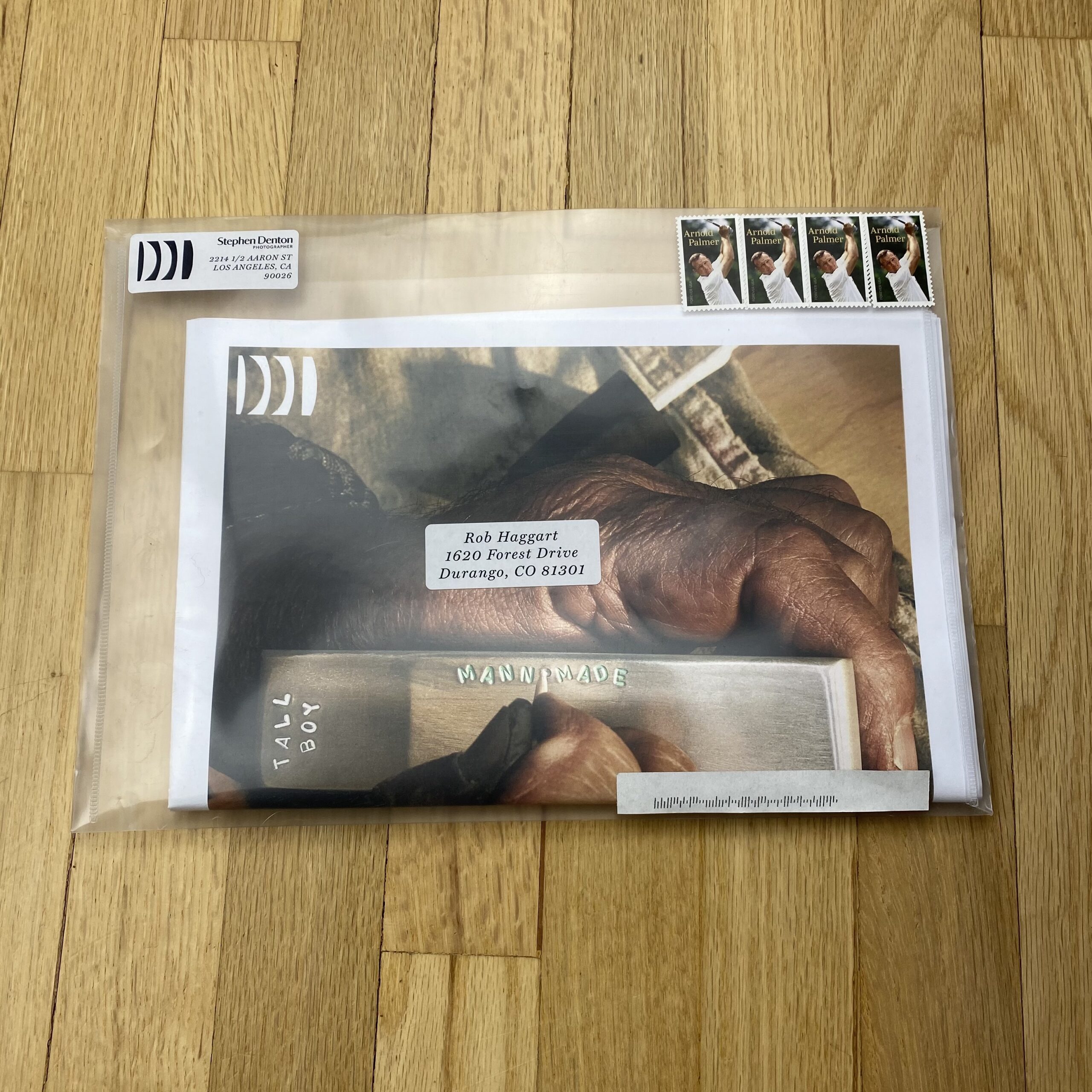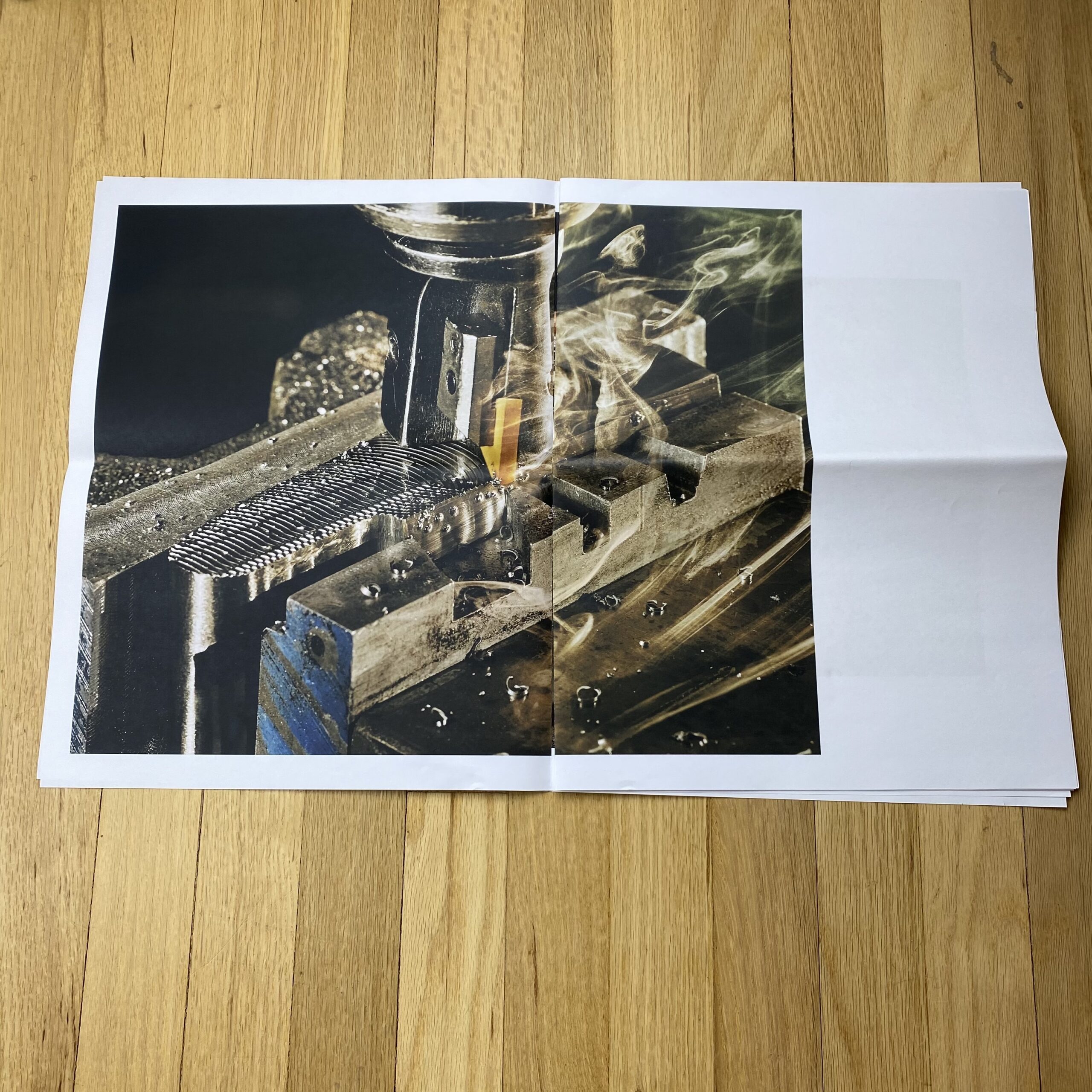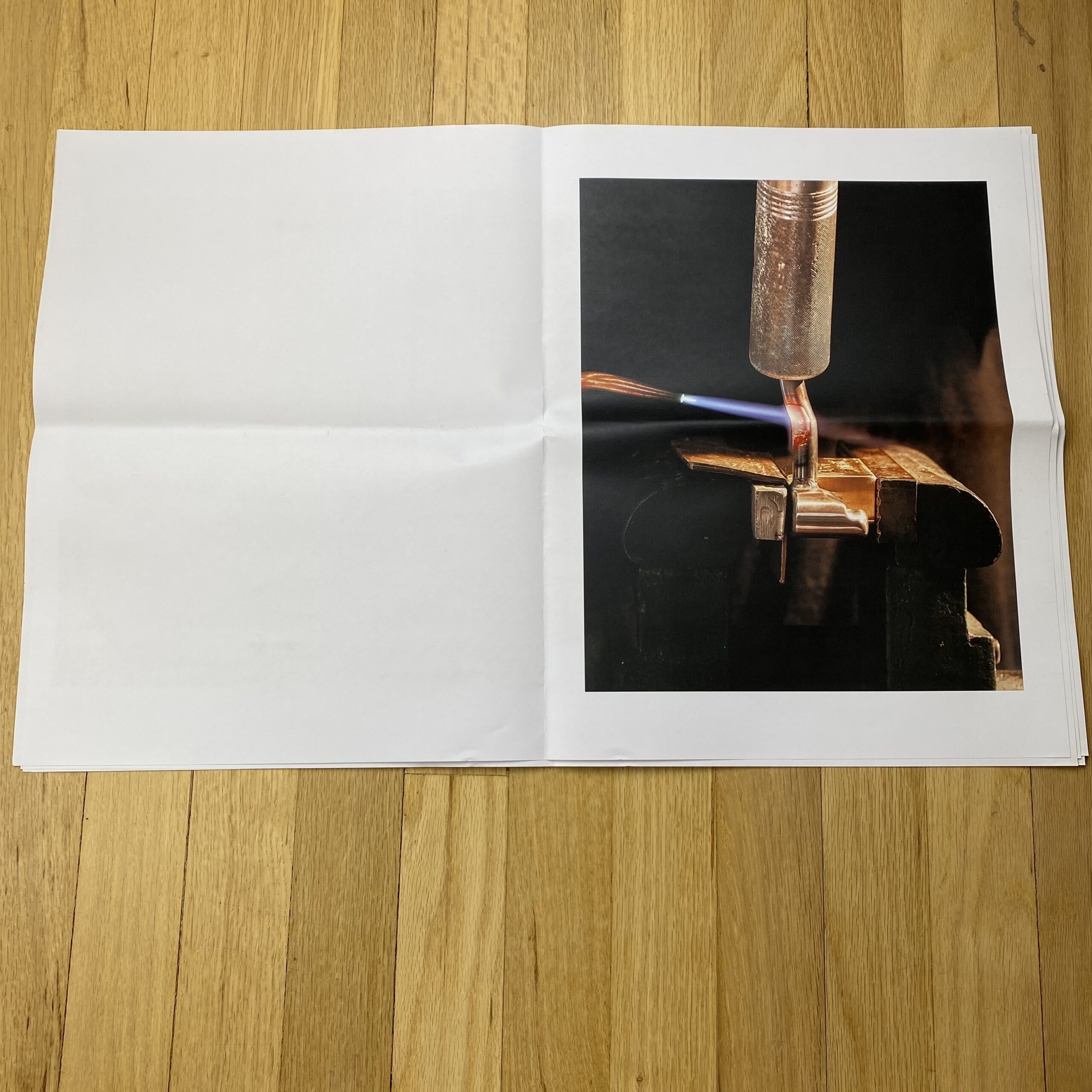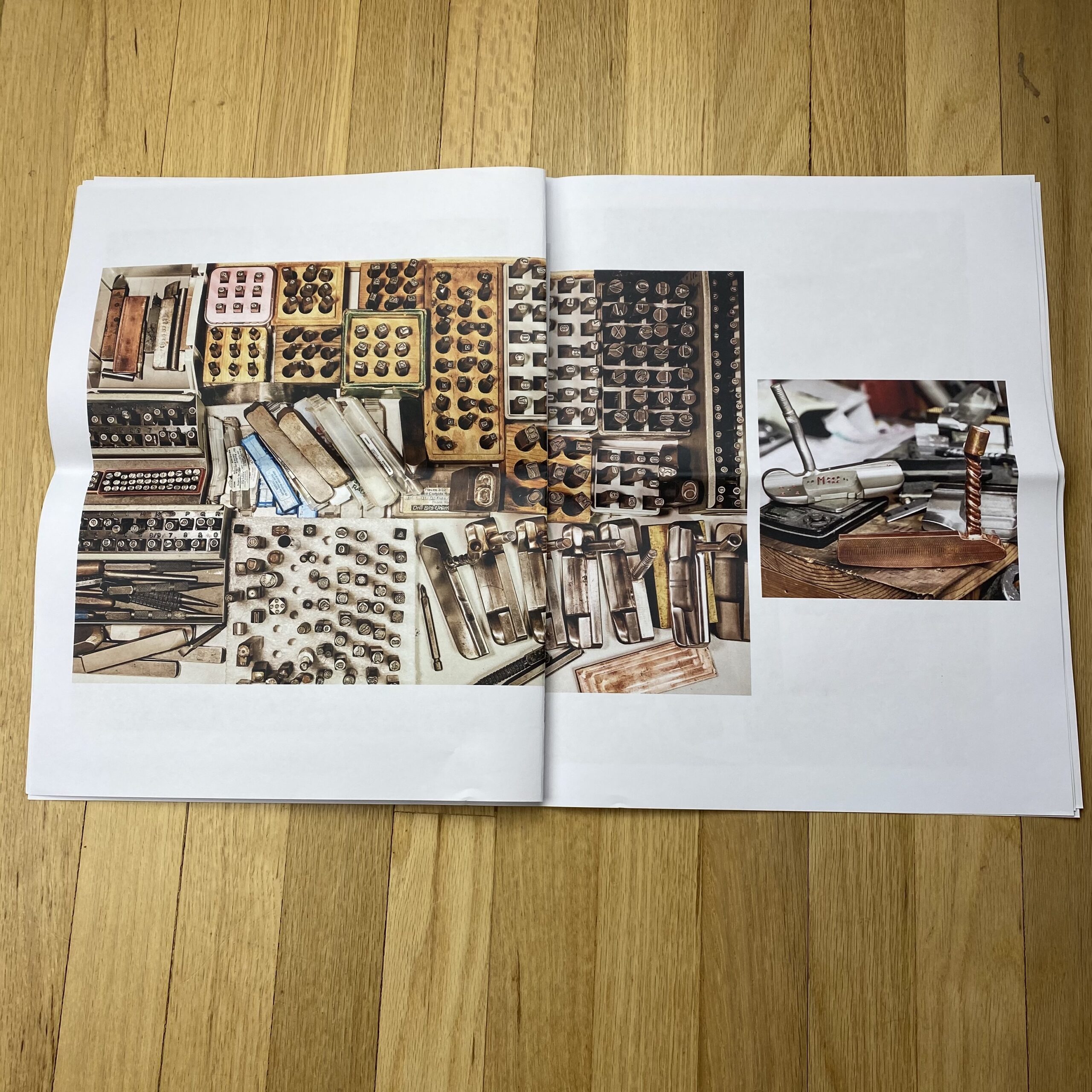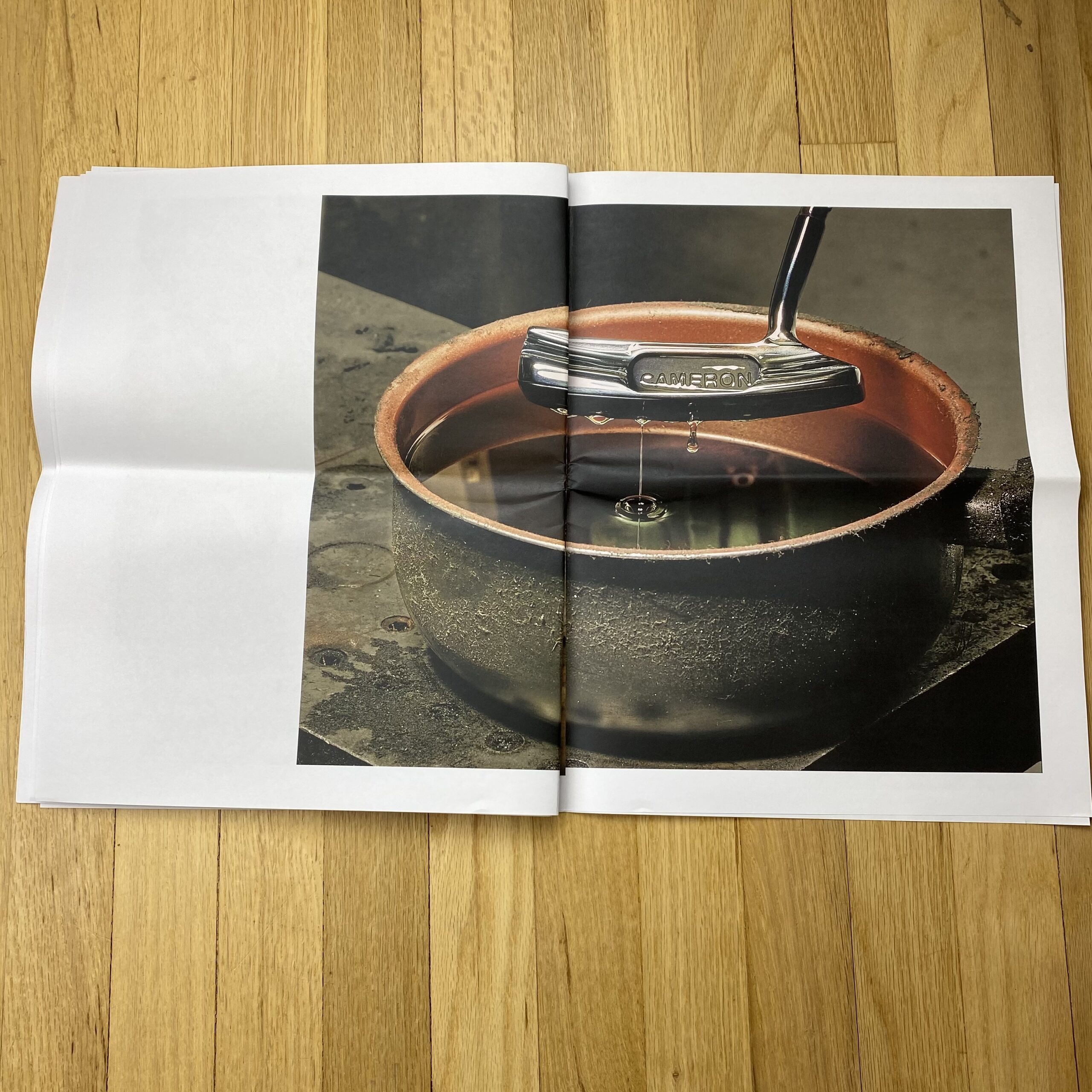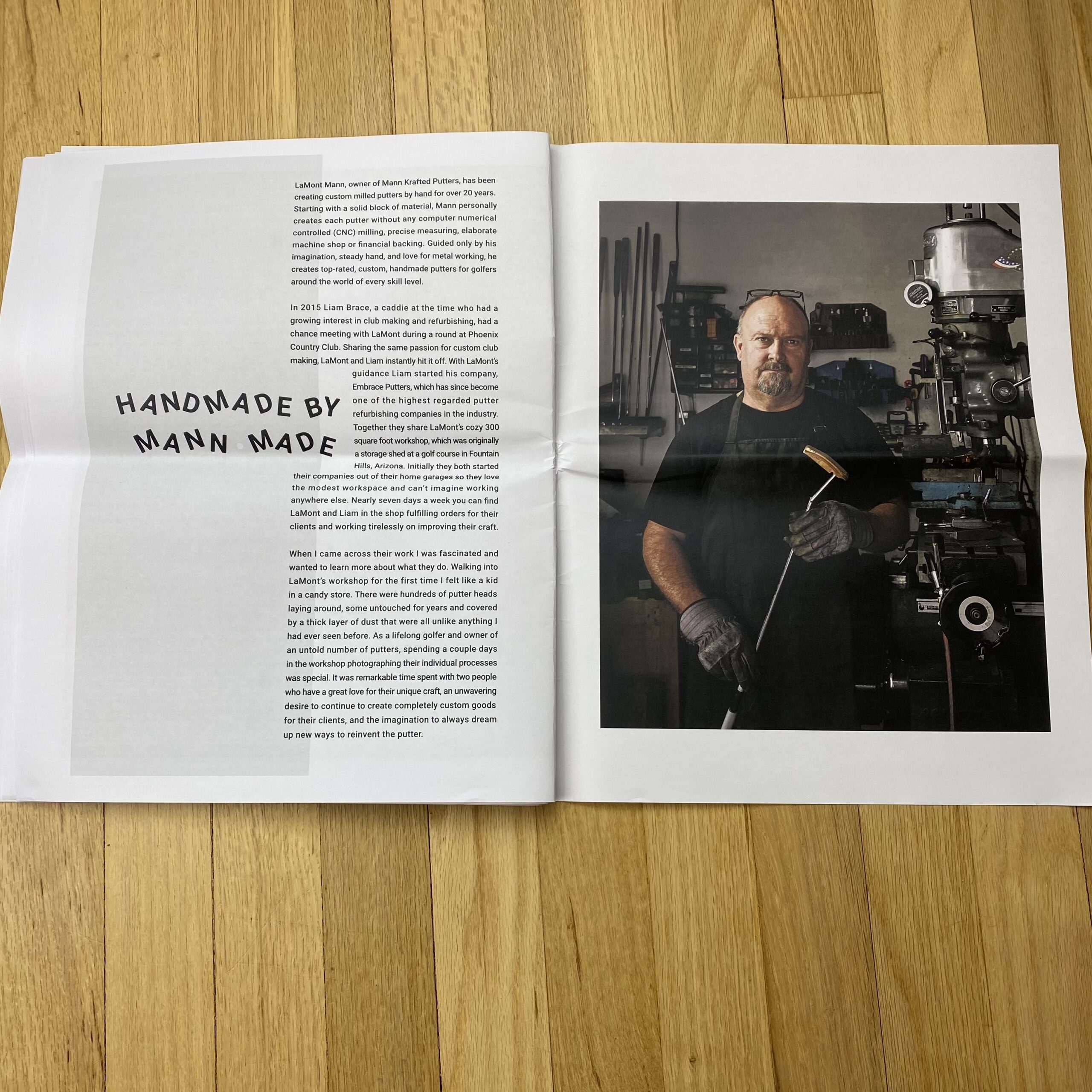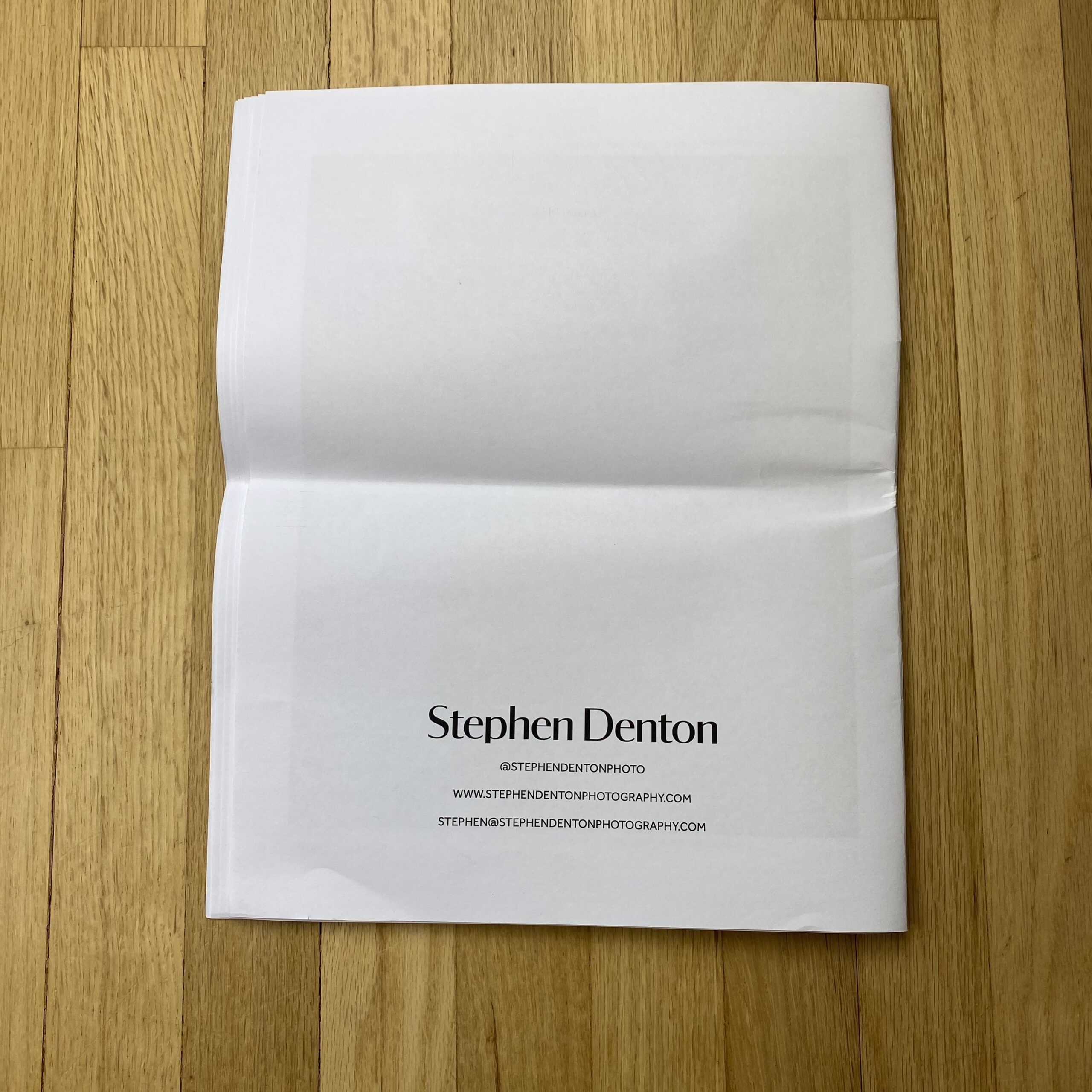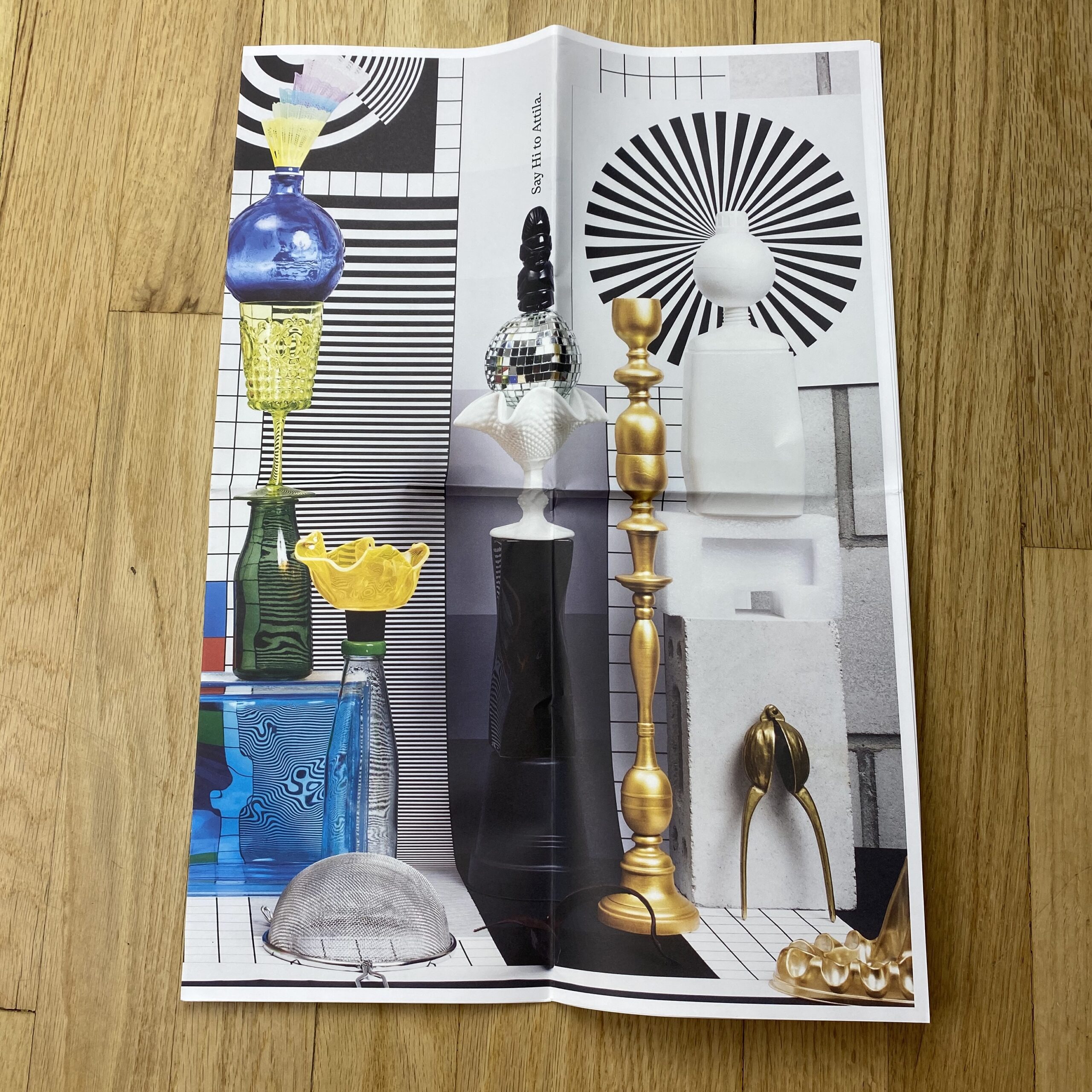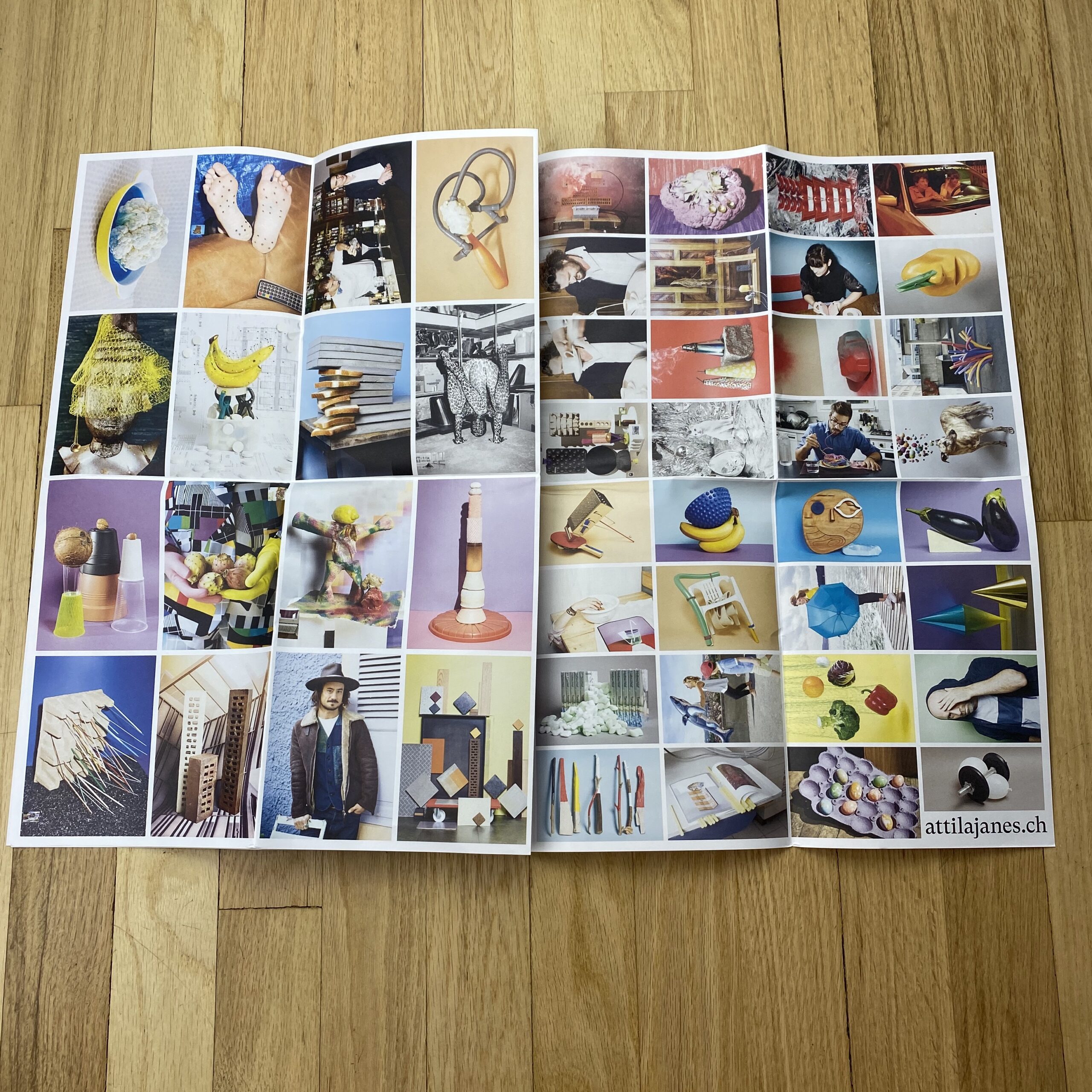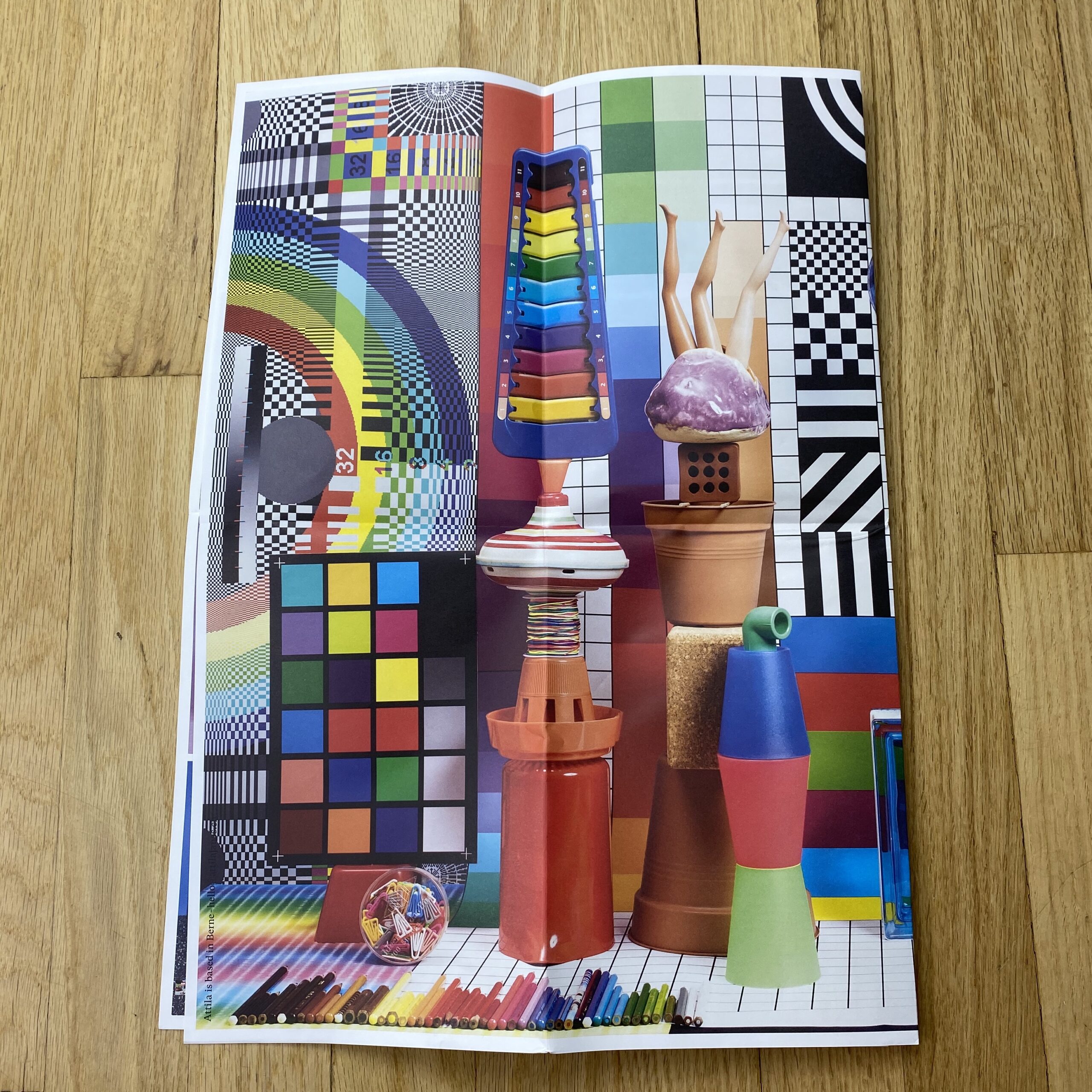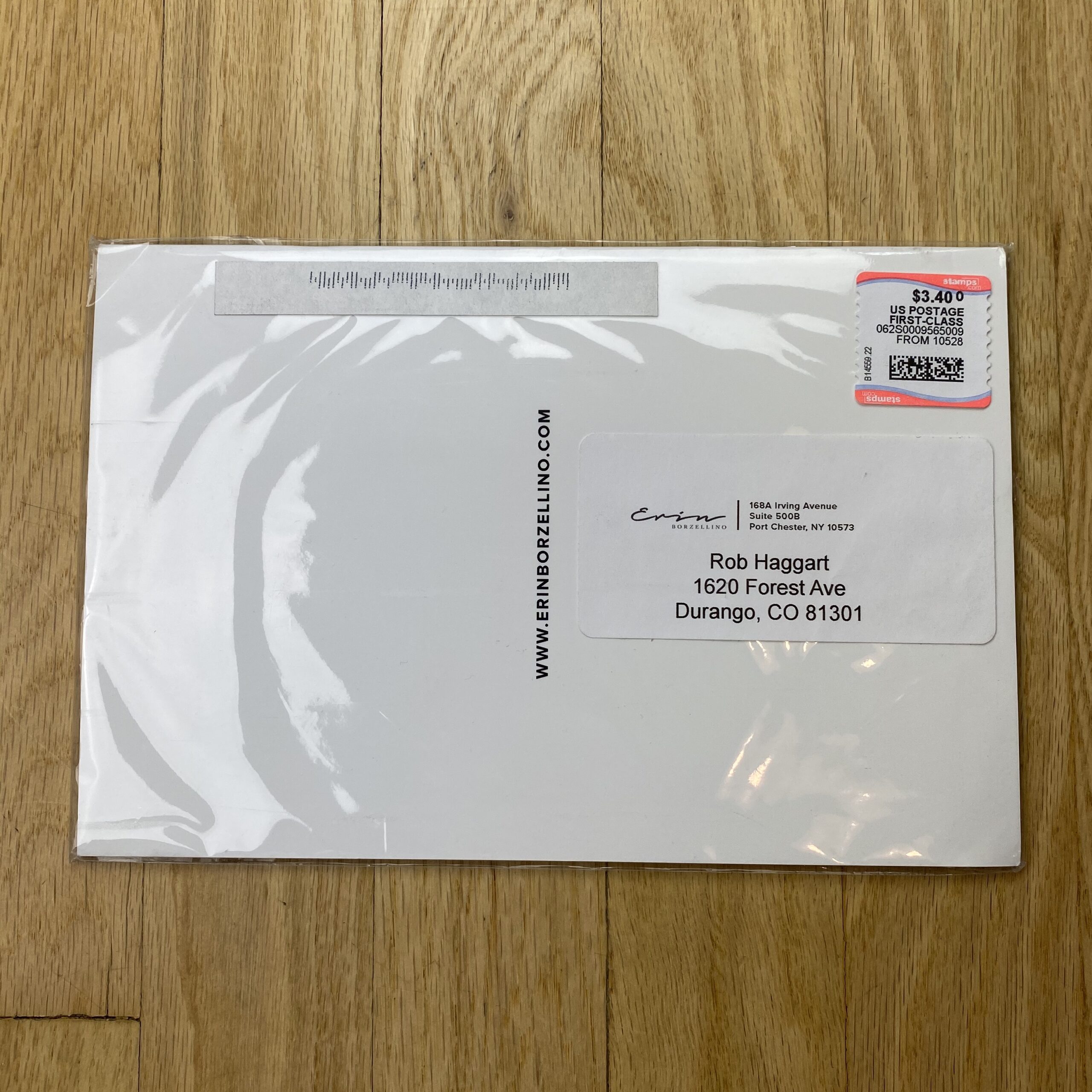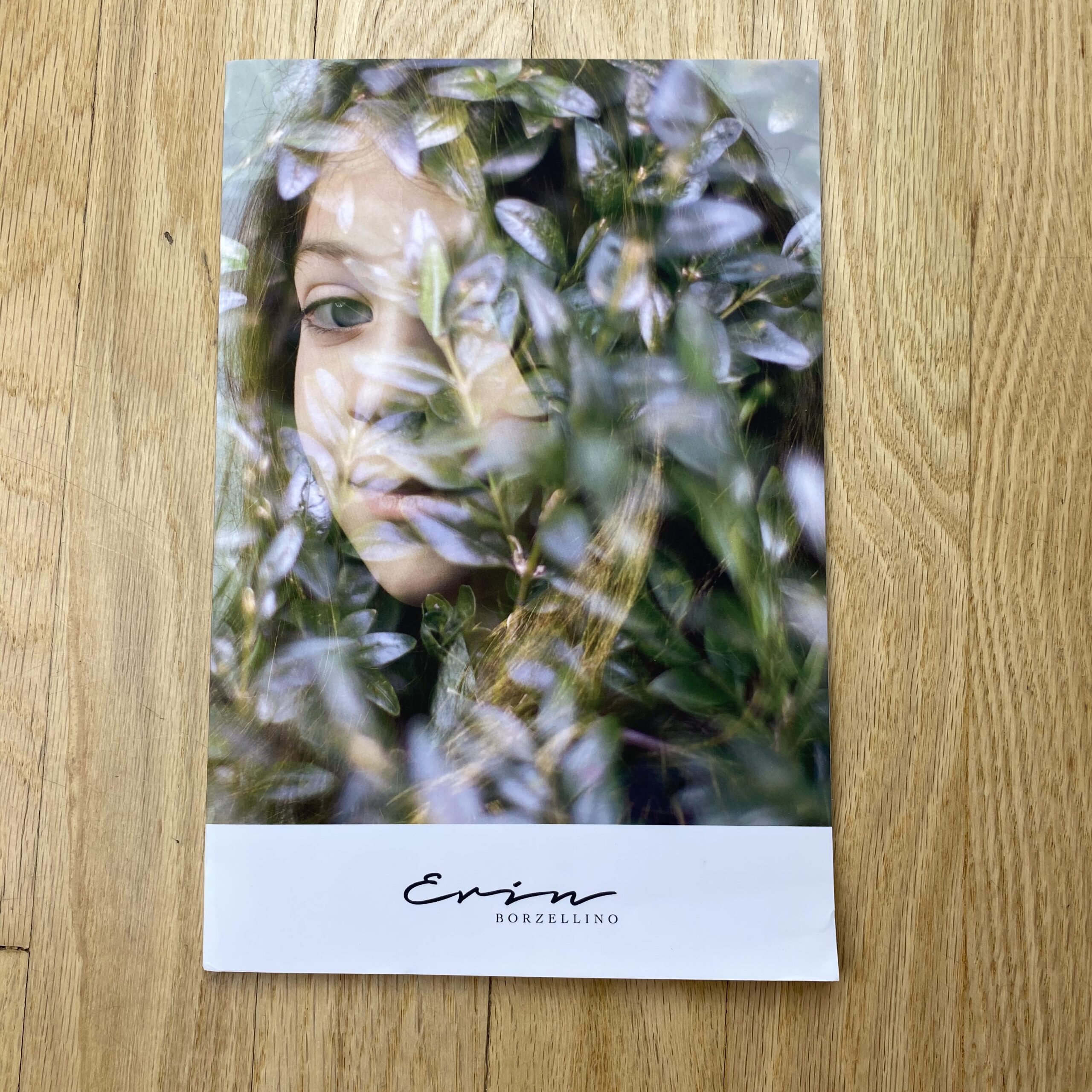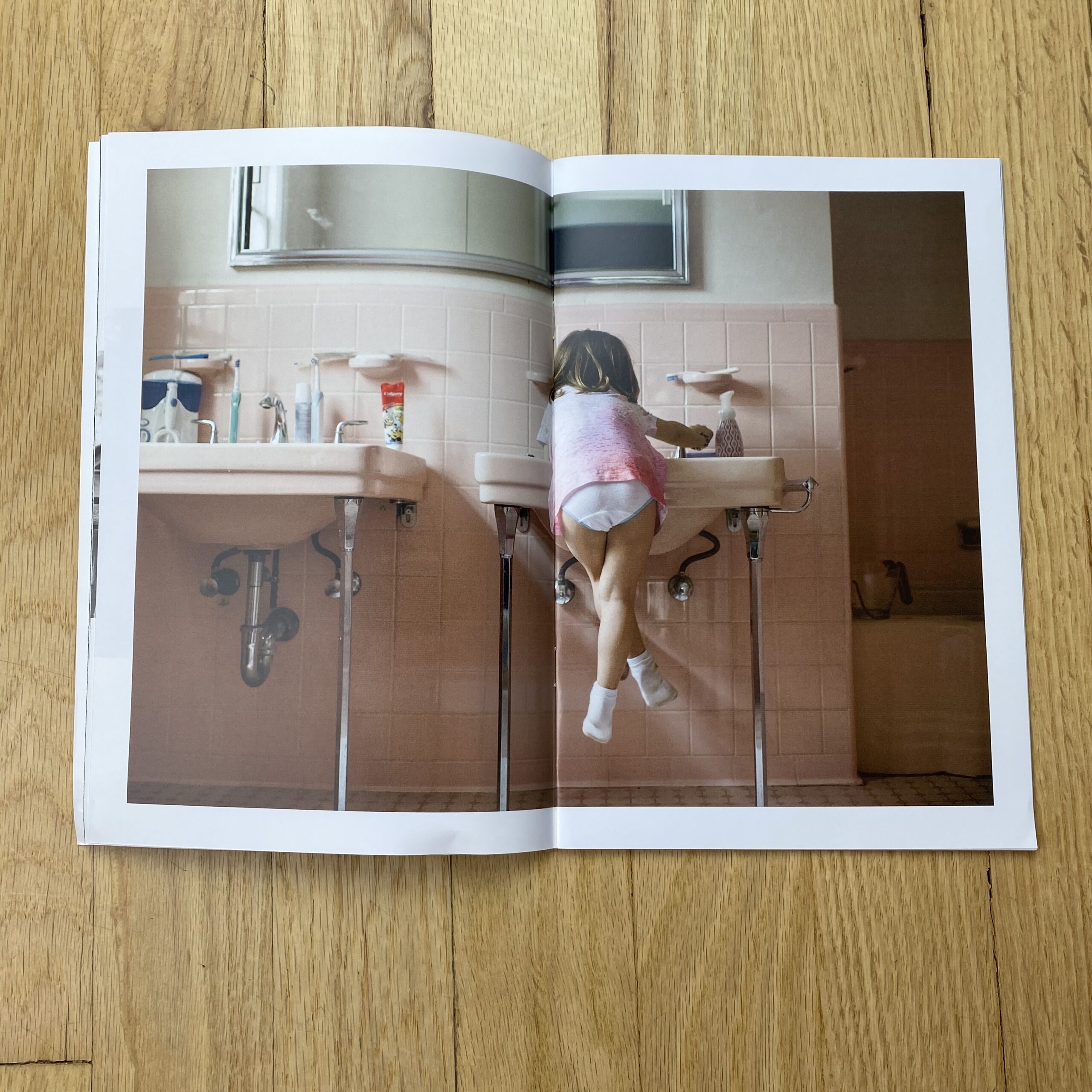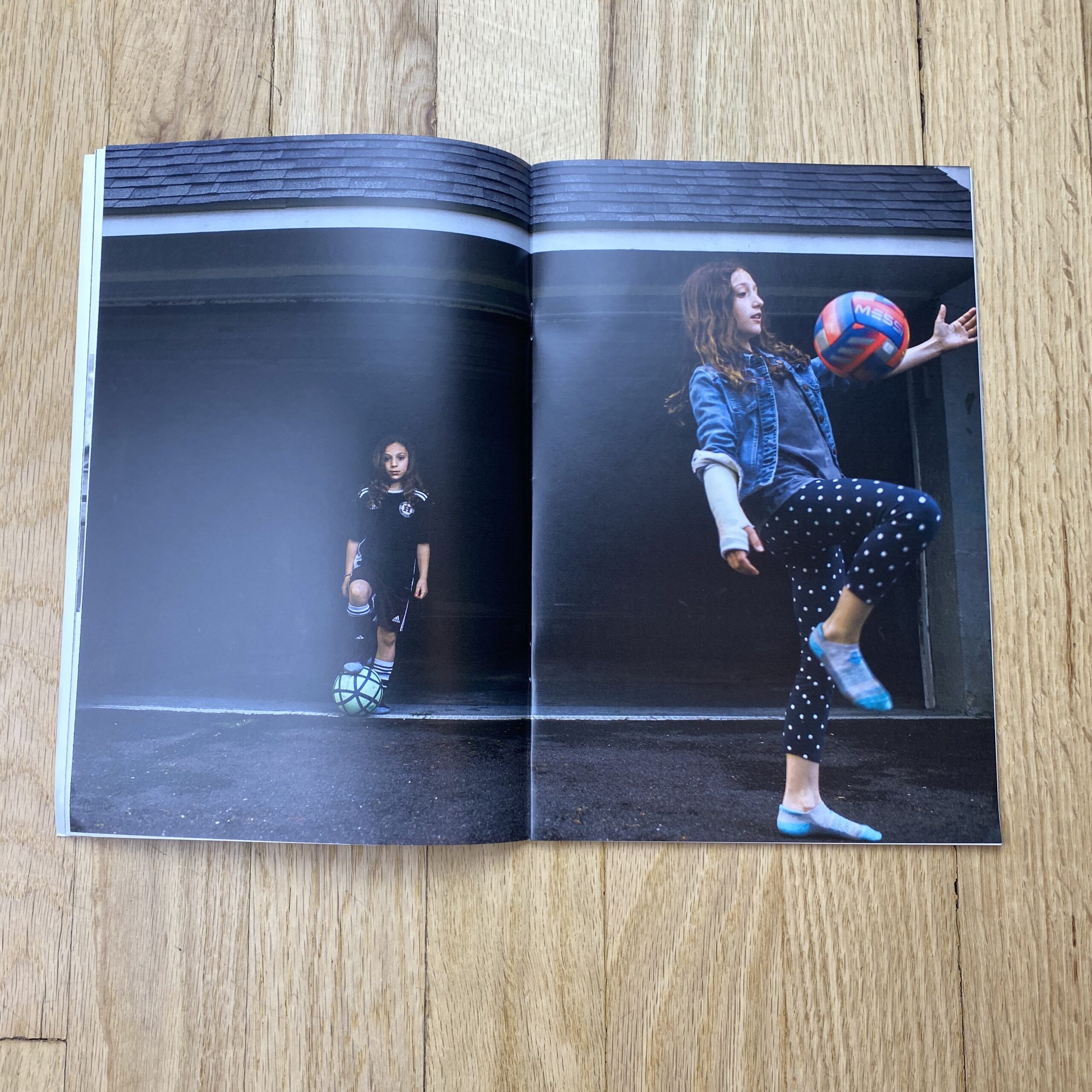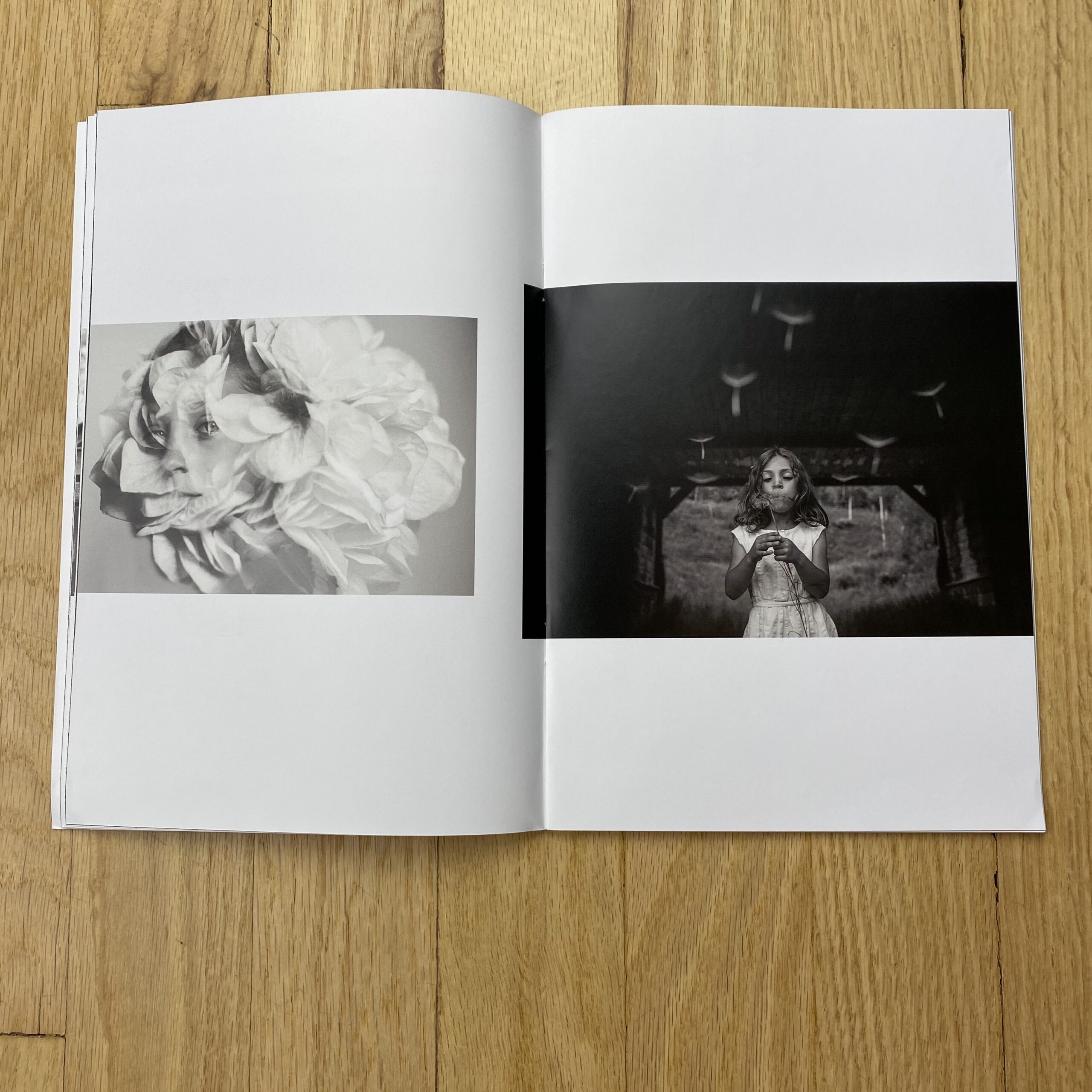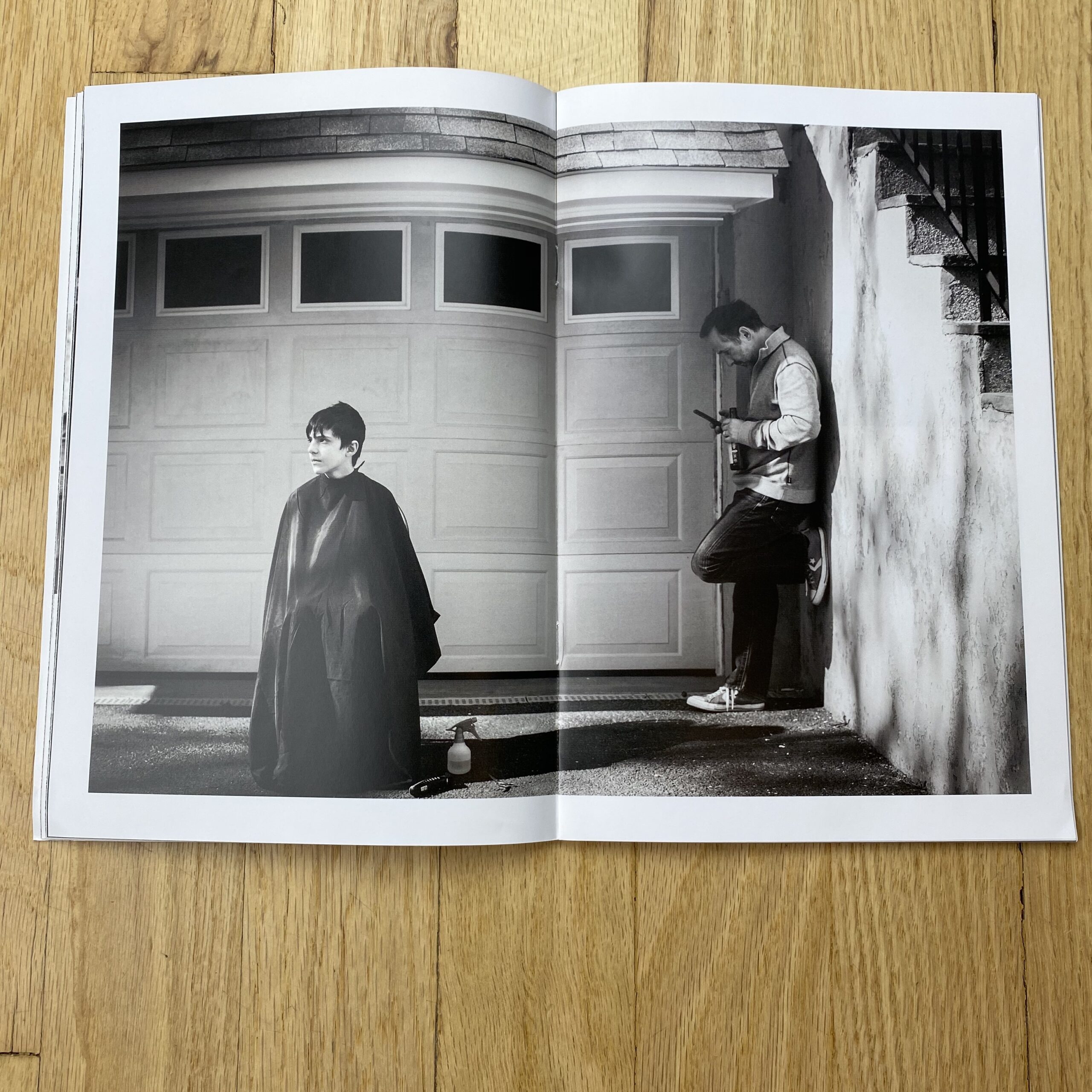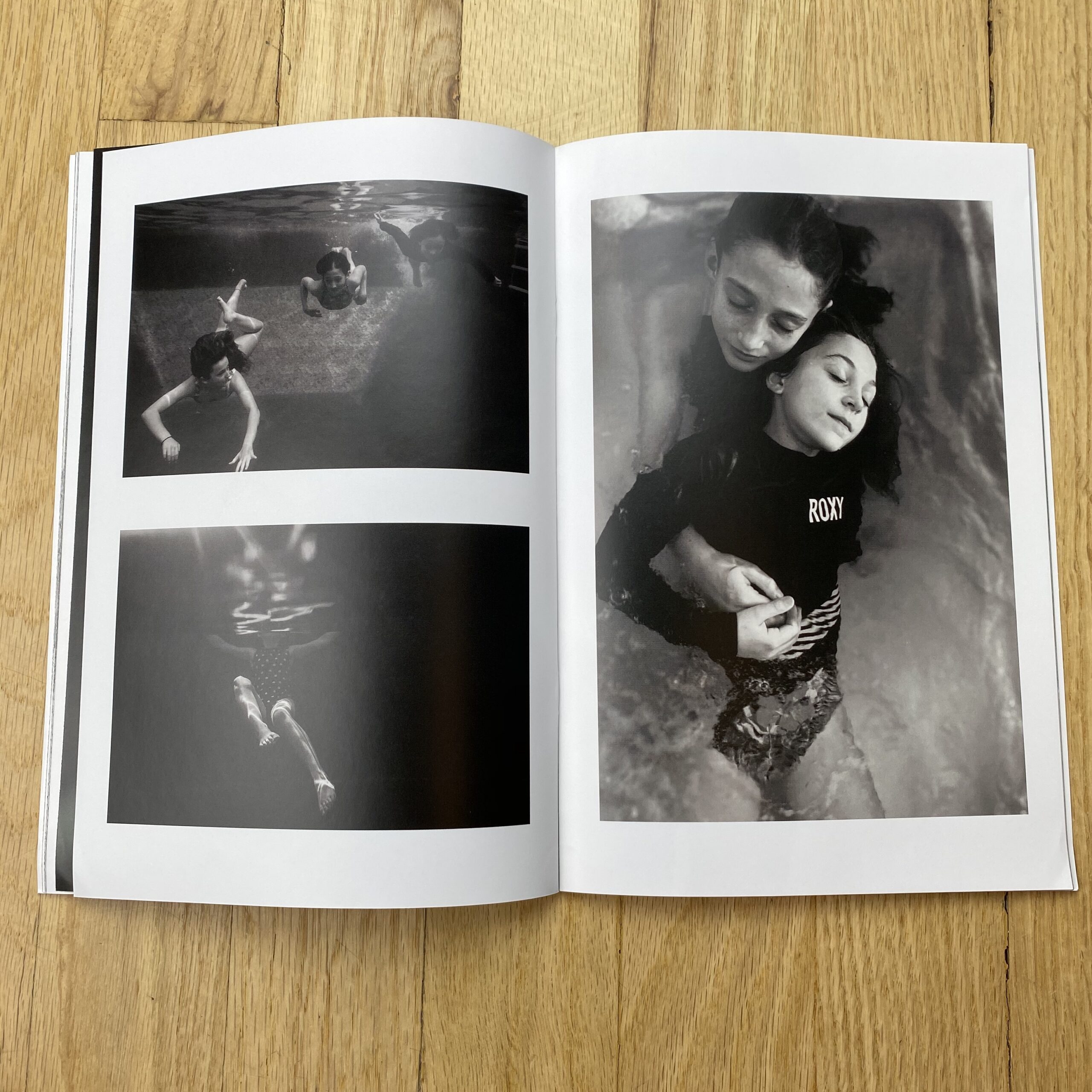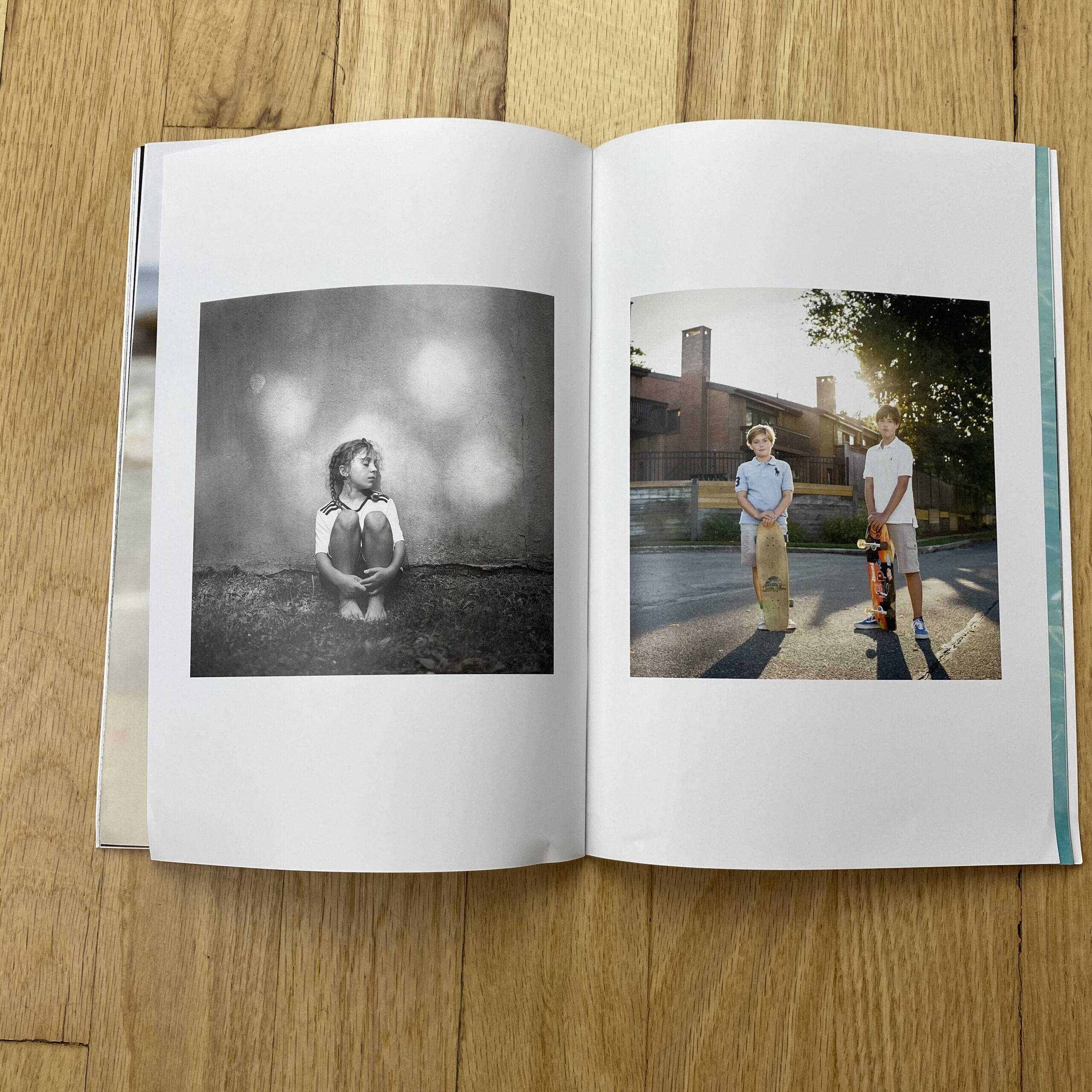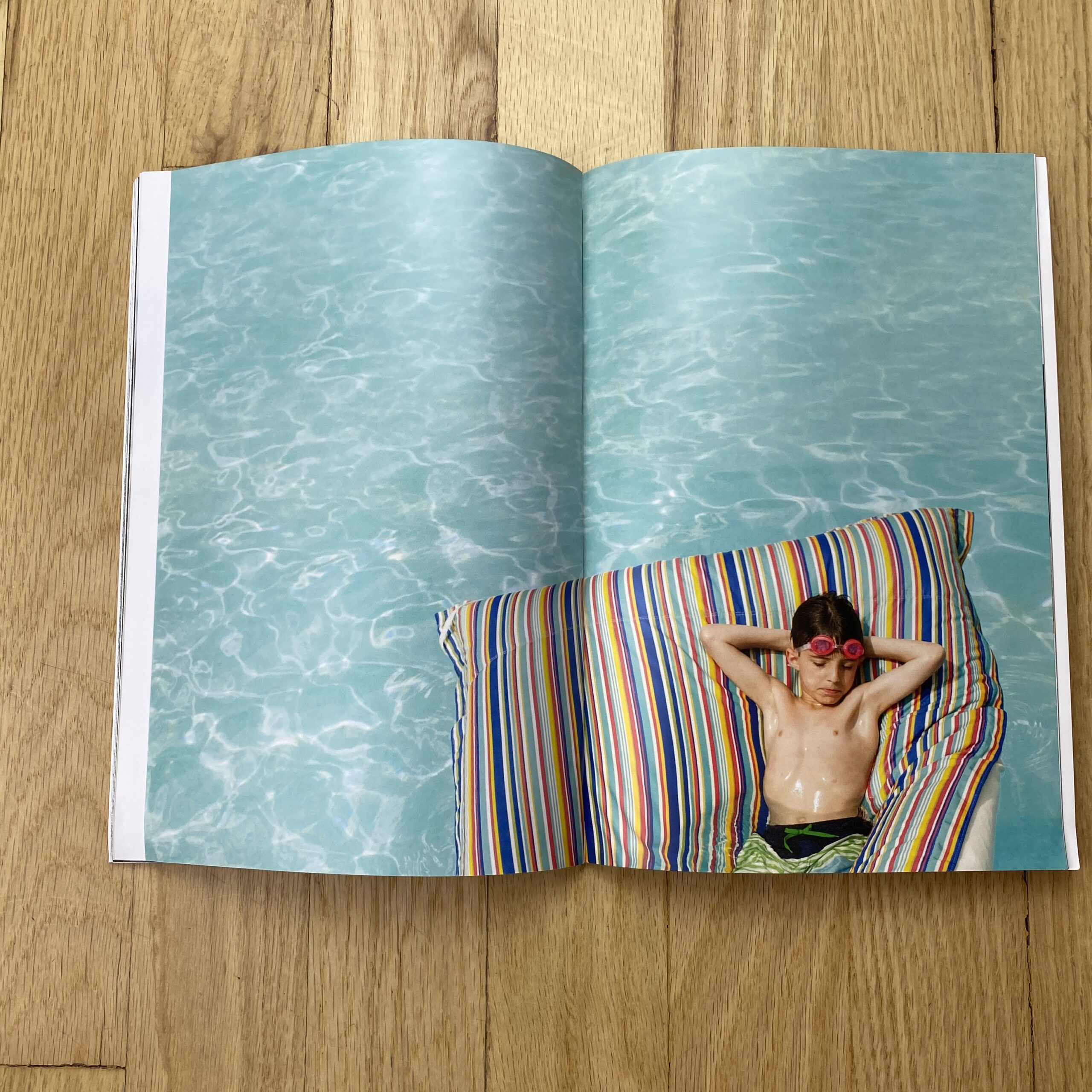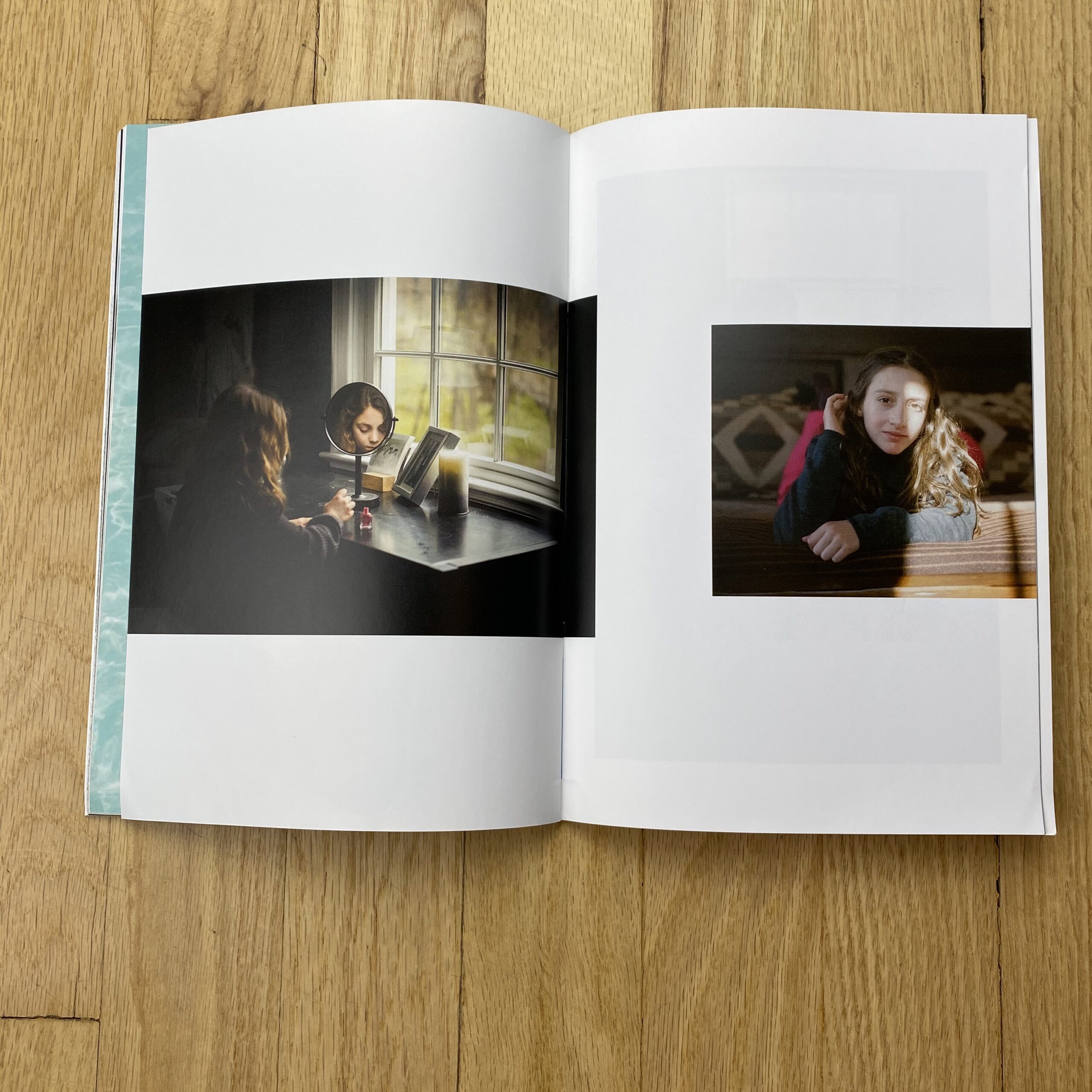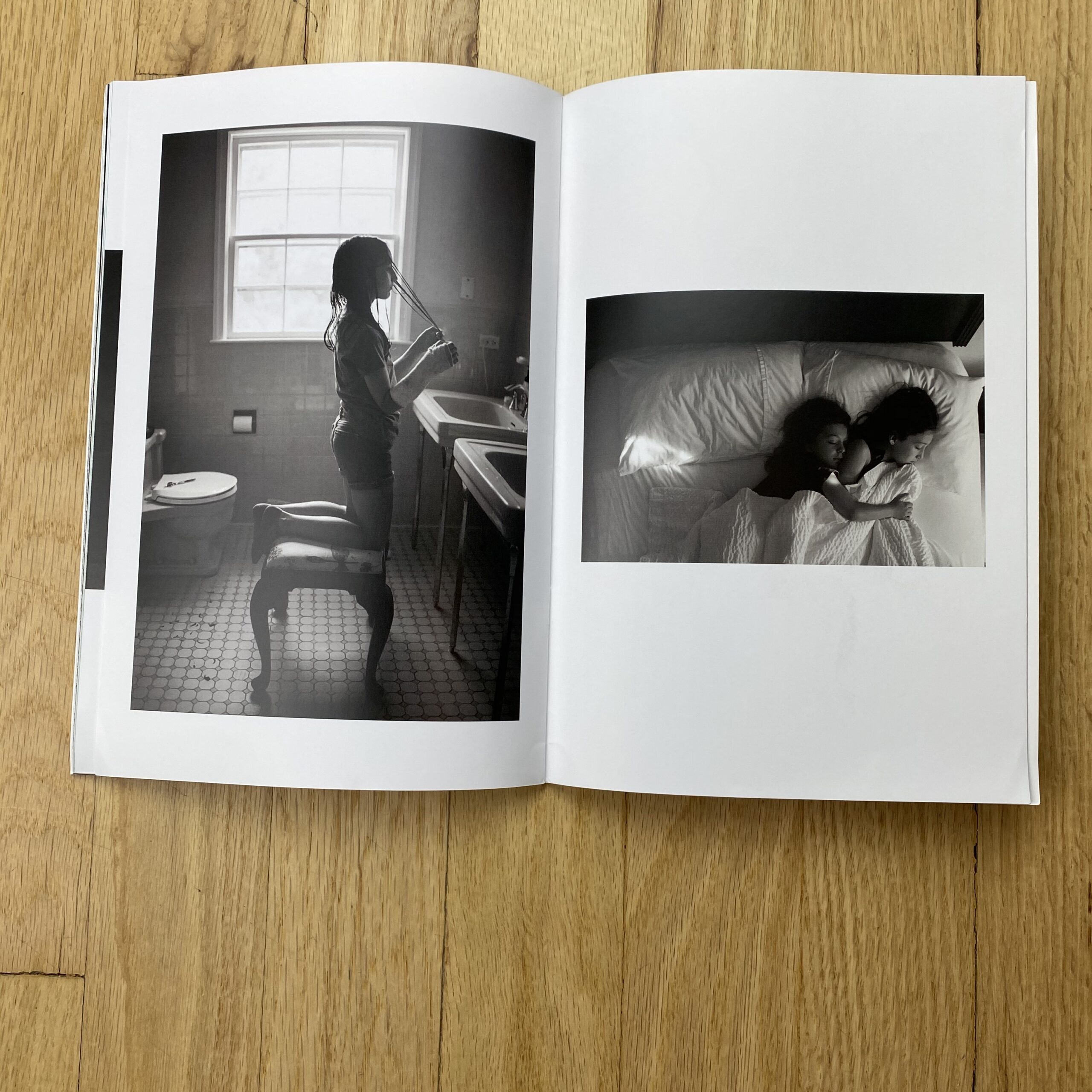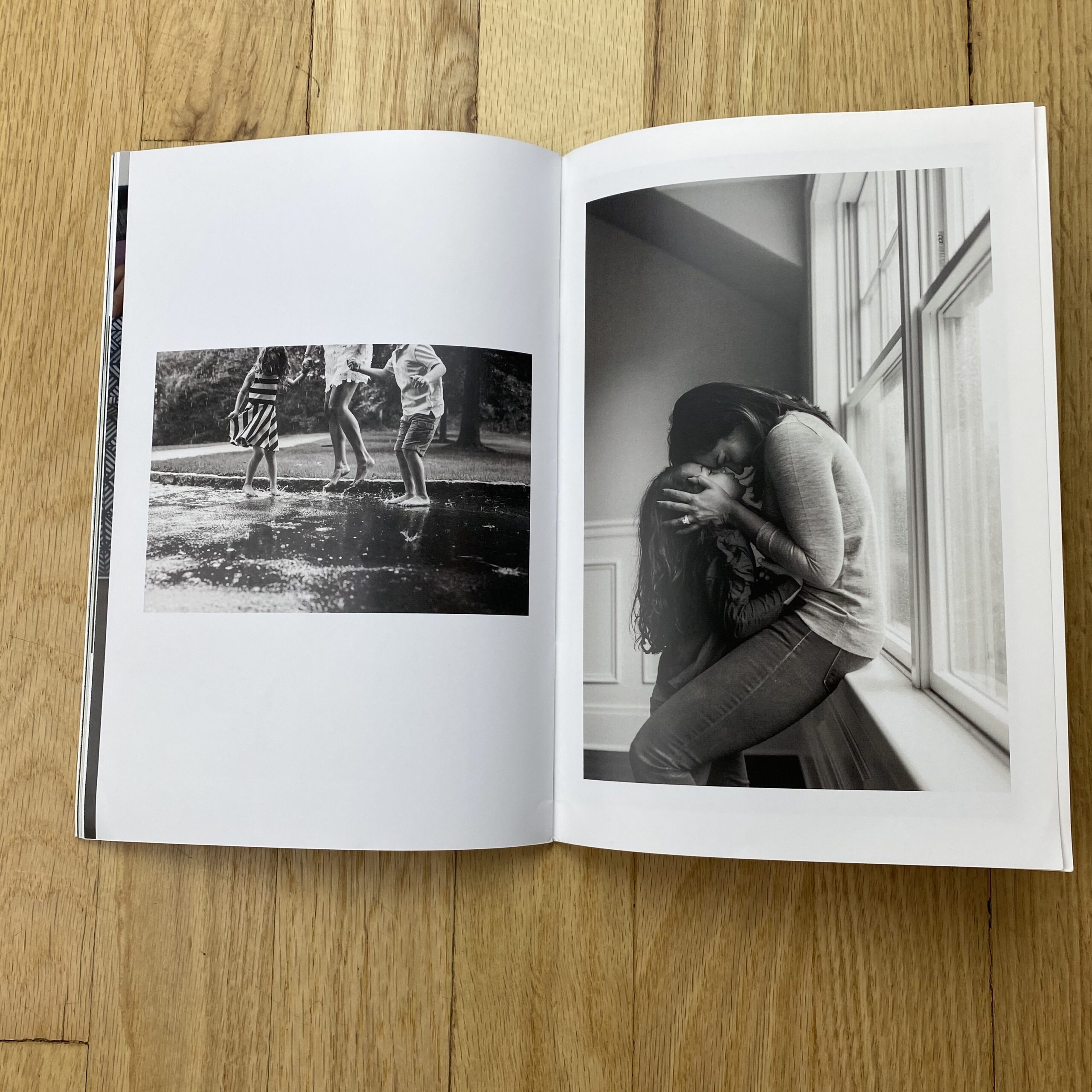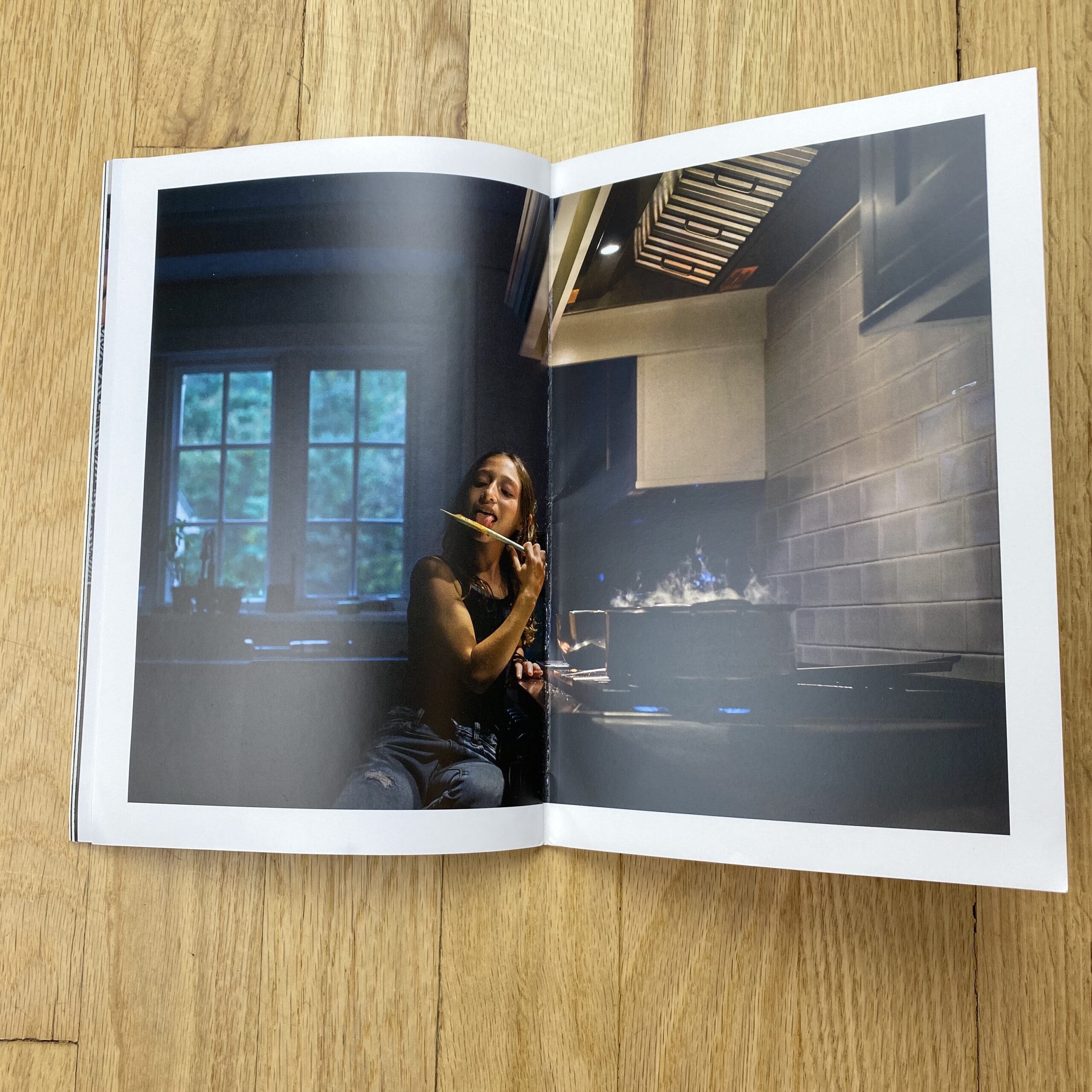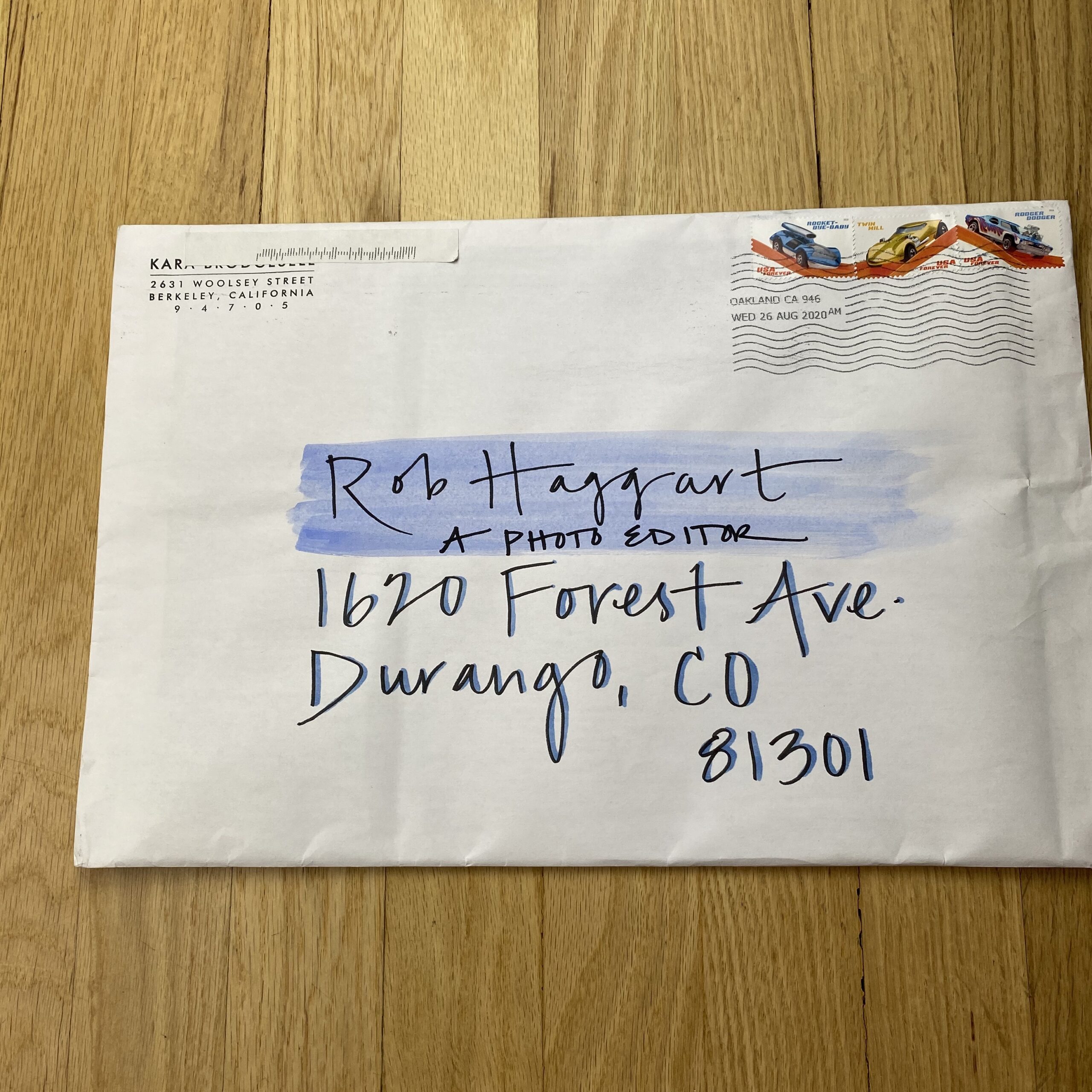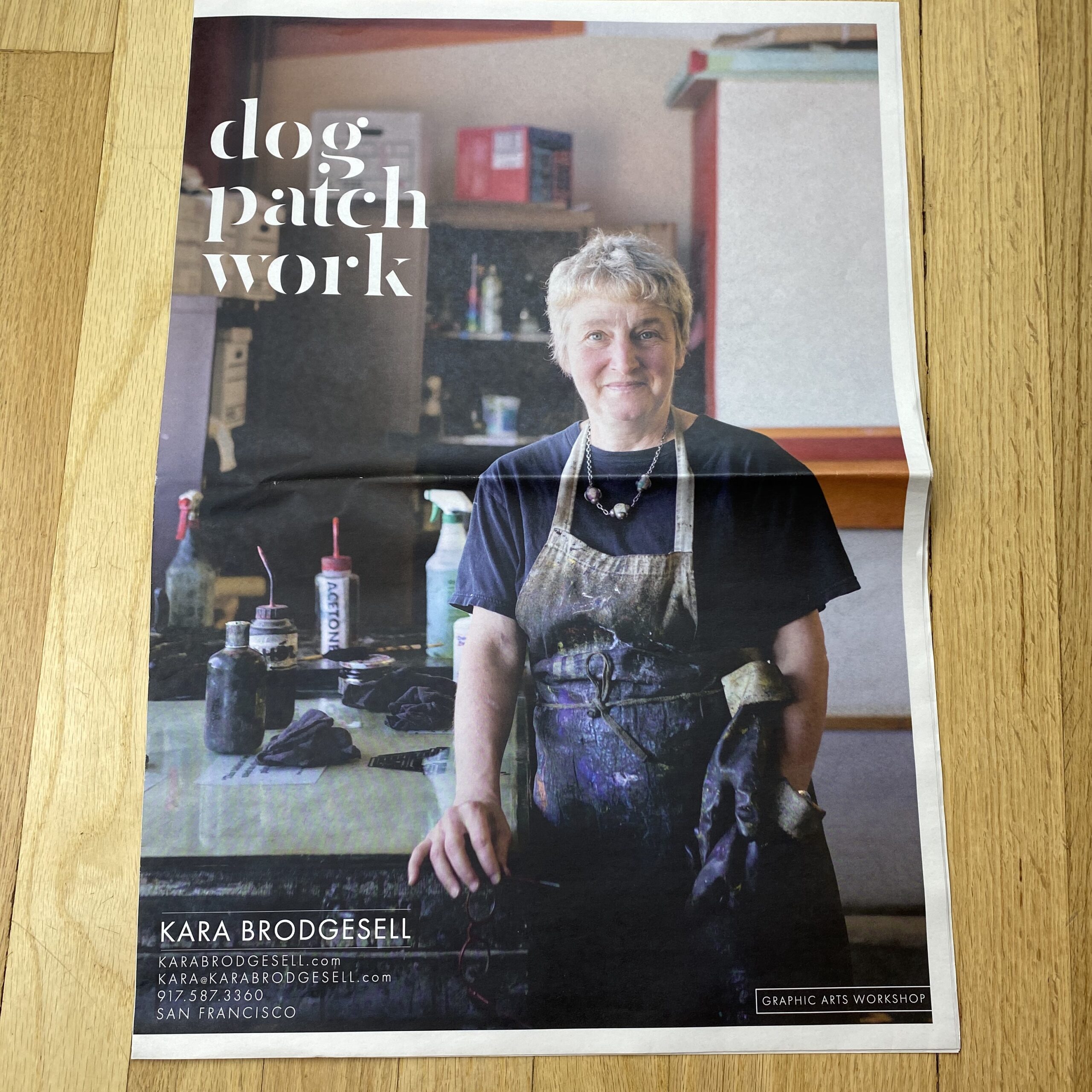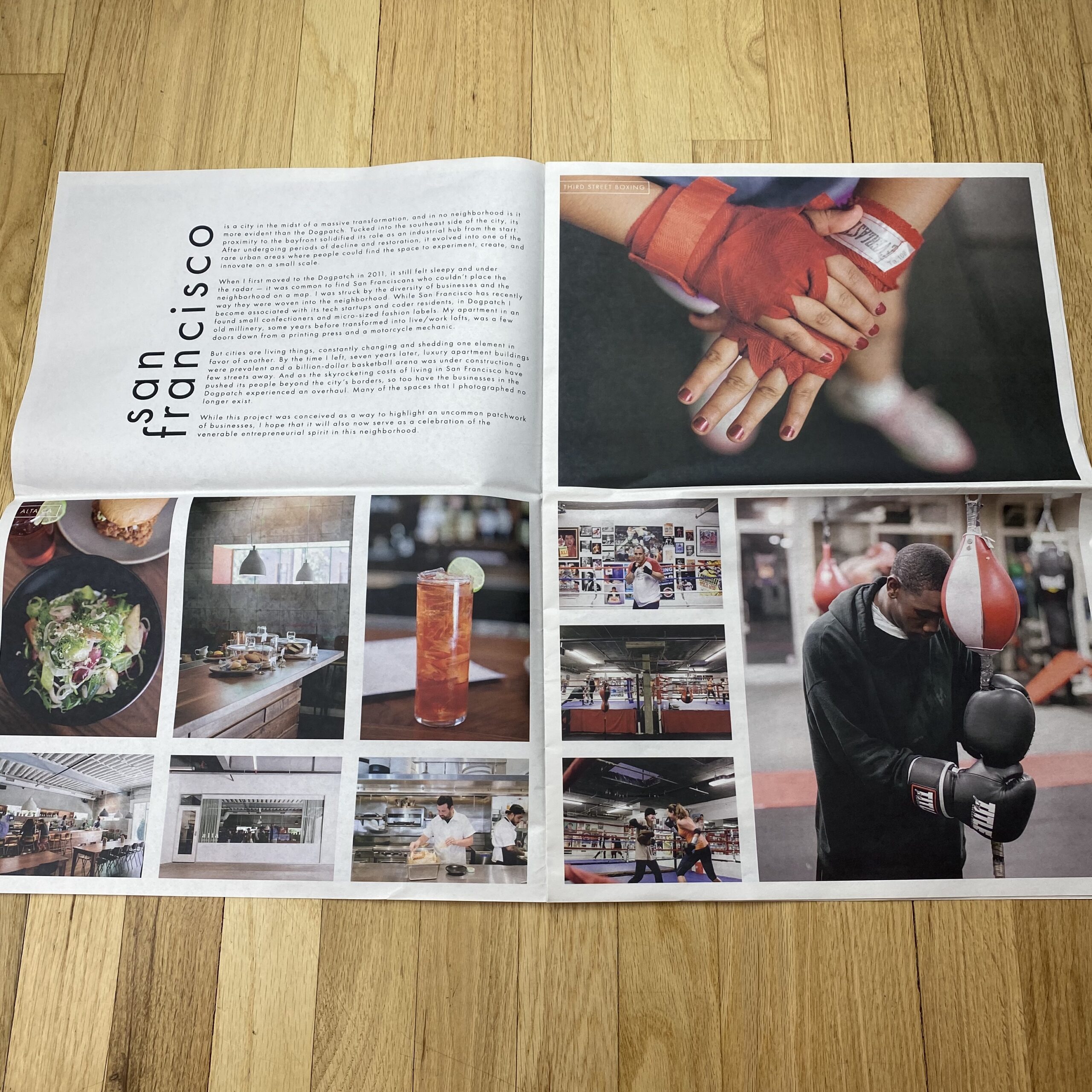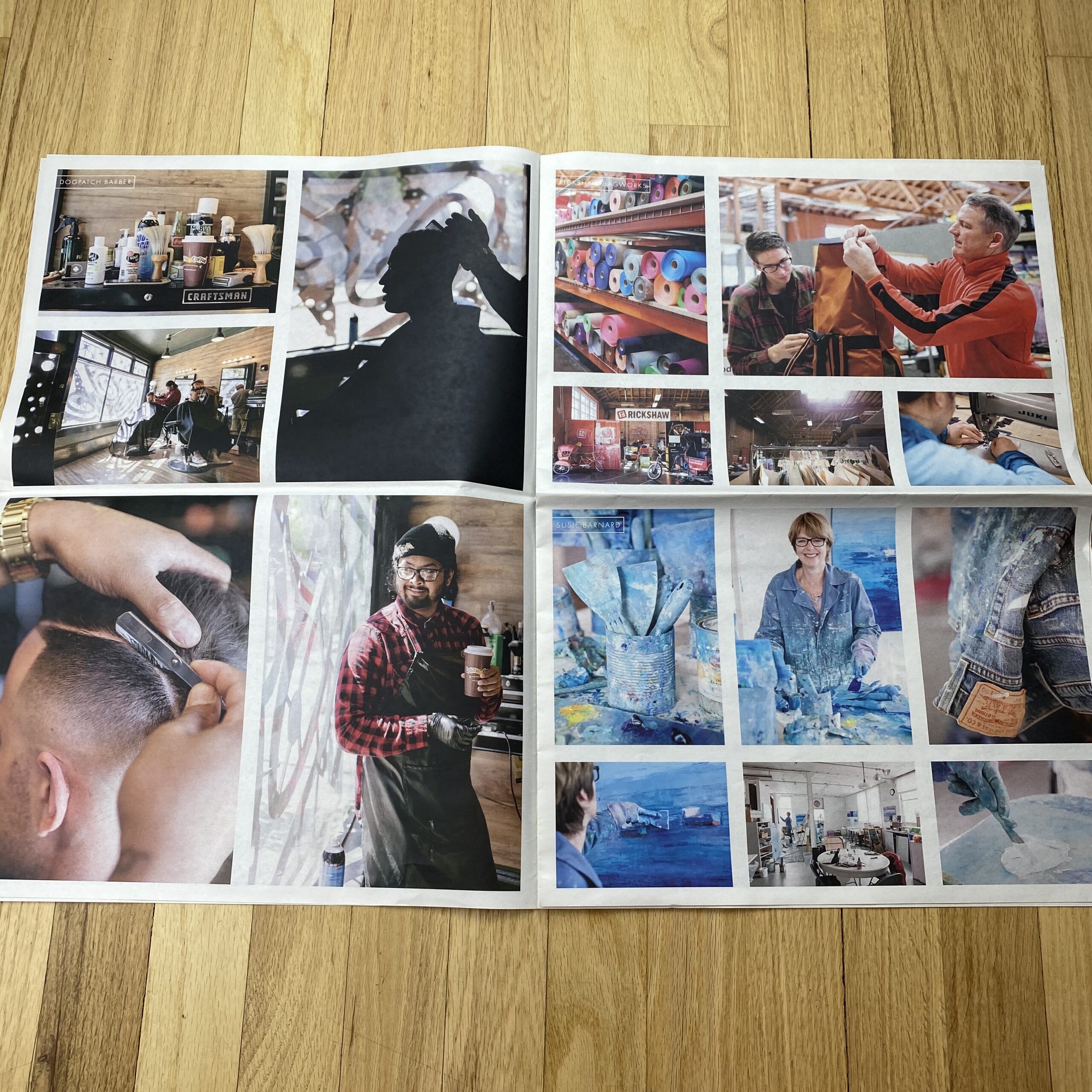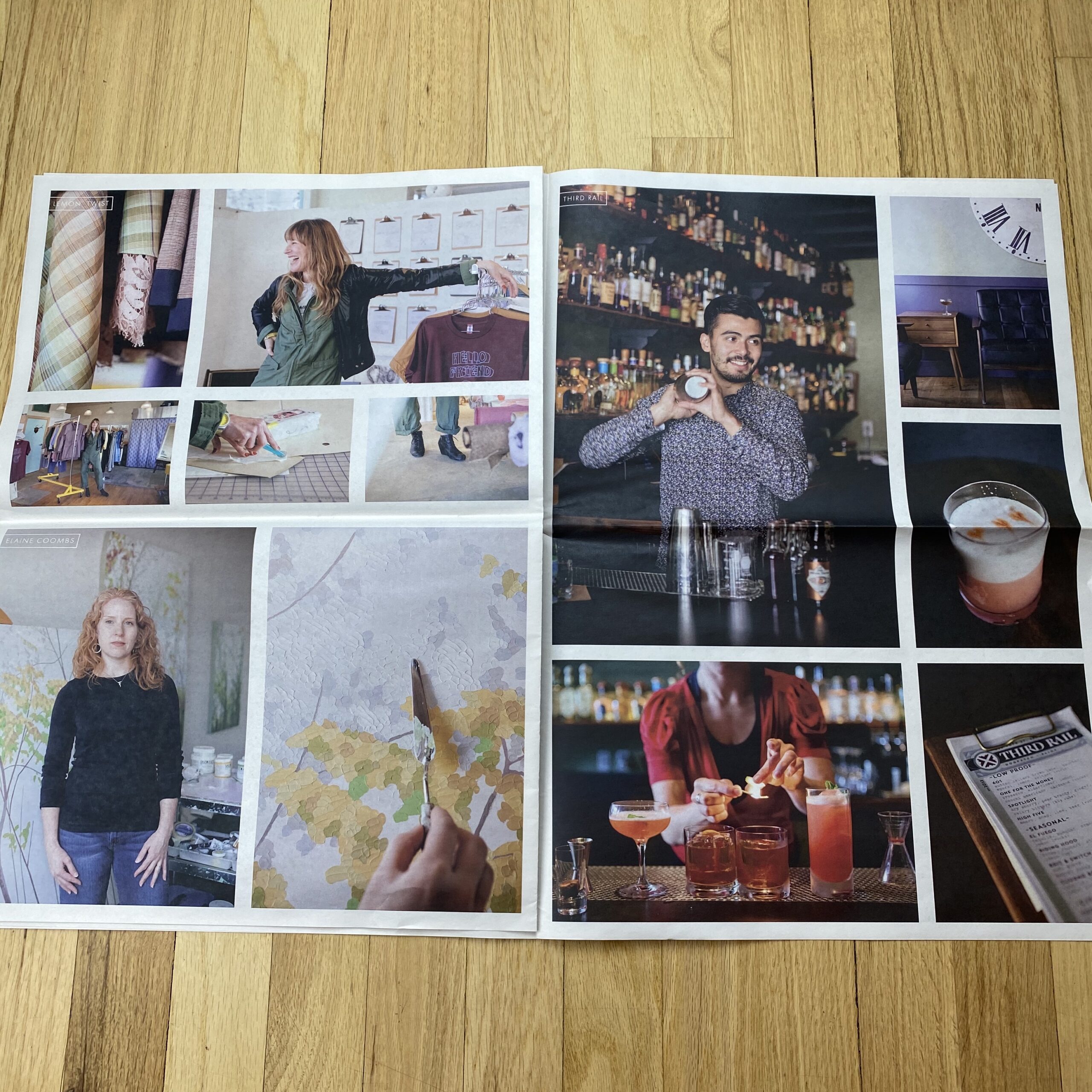© Amy V. Cooper, Photography Consultant https://www.amyvcooper.com
In 2019 I wrote the first ever Photography Directories & Sourcebooks Report, an analysis of all of the major paid directory-style resources for commercial advertising photographers in the United States.
This year I was excited to follow up with my clients and contacts to discover how these companies managed the challenges of 2020, pivoted their businesses and adapted to better support their artists.
While this is not a scientific analysis, I’m grateful for the insight that I received both from a survey of photographers based in the United States as well as input from the directory representatives, including advice for creatives going in to 2021.
With all of the directories, this year and in past years, I’ve received both positive and negative feedback from my clients. Different directories are better for different photographers depending on your experience, genre, location, service needs and preference for hands-on or hands-off maintenance of your listing. If you are not sure which directory is right for you, I invite you to jump on my calendar for a free call to discuss.
One of the positive aspects of the constraints of the 2020 pandemic is the shift toward virtual reviews, which has allowed more photographers and creatives to participate. Interestingly, photographers report that these virtual reviews feel more intimate and that they often get more time with the reviewer than when meeting in person.
In 2020, the directory Wonderful Machine received the highest praise from photographers in regard to pivoting and supporting them, with Found Artists coming in at a close second. Here is a selection of feedback I received about all of the directories, edited for length:
Wonderful Machine
https://wonderfulmachine.com/
Photographer Feedback: (I am respecting the privacy of the photographers who contributed by publishing their input anonymously.)
“Wonderful Machine stepped up, both by lowering the cost of membership and increasing their marketing and exposure for members. They have been doing a weekly photo prompt and then promoting that work in their newsletters. They’ve been really great.”
“I’m happy with the conversion of traffic I’ve been getting from Wonderful Machine. They have also been sending out requests for stock imagery with more frequency. They have great resources and information on their website for photographers and seem to be more connected to their members. I received a few smaller job requests through my listing and they promoted one of my projects on their blog and Instagram.”
Bill Cramer, CEO, Wonderful Machine:
How have things changed at Wonderful Machine in 2020?
“In the past, we’ve arranged in-person meetings with publications, agencies, and brands on a regular basis to learn more about their needs and to share our photographers’ portfolios and to share our shoot production capabilities. Now that most of those clients are working remotely (and reluctant to have visitors), we’ve pivoted to video calls.
“We also added a section of our website called Creative In Place where our photographers can share a mini portfolio of shoots they’ve done during the pandemic.
“In March, when we saw how the pandemic was affecting our photographers, we significantly reduced membership and consulting rates and we guaranteed that through the end of 2020.
“In 2021 we’re launching a completely new website early in the new year. We’ve added some features including bookmarking and sharing features for clients, and a calendar feature that allows our photographers to update their travel plans so clients can find them wherever they are.”
What is your best advice for photographers navigating physical distancing and decline in photography production right now?
“I think there are several things photographers can do to stay competitive. First, they need to educate themselves on appropriate COVID-19 safety protocols so their clients can feel confident hiring them and so their subjects are comfortable. Next, photographers need to consider whether there’s any technology they need to incorporate into their process that will allow them to shoot remotely or that will allow their clients to monitor the progress of a shoot remotely. Finally, they have to continue to push themselves creatively, update their marketing materials and connect with clients that are right for them. Yes, that’s a tall order!”
Found Artists
http://foundartists.com
Photographer feedback:
“Found rolled out #shootsolutions, which highlighted creative solutions photographers were offering during physical distancing.”
“The biggest job I got this year was through Found, and I was able to take advantage of their bidding services.”
Jennifer Perlmutter, Director, Photography & Creative Services, Found Artists:
How have things changed at Found Artists in 2020?
“We launched our Shoot Solutions page to help creatives find artists who had workable solutions to shooting and creating through all phases of quarantine and lockdown. Our Executive Producer, who helps many of our non-exclusively represented artists with estimating and negotiating projects, educated herself in COVID-safe production guidelines to make sure we knew how to safely produce during this time.
“We stopped sending printed materials from March through August and focused our efforts on collecting information. We were thrilled to receive many home addresses and direct quotes from creatives to share with our members that showed a genuine interest in receiving (print materials).
“Volume 12 of our book will drop in late February to an adjusted list of creatives who provided those home addresses and updated office information. This book is also turning into a beautiful collection of personal projects created during this time as well as interesting and thoughtful commissioned work. These addresses are only to be used for our books and promo decks, so we are still being very careful with single mailers.
“We have retired our reviews for now but are hopeful we can resume those in 2021. Time will tell. We are planning virtual showcases to launch in early 2021 that will be pre-recorded and then promoted for the creatives to view at their leisure, which has always been more our speed.”
What is your best advice for photographers navigating physical distancing and decline in photography production right now?
“Keep creating. I have seen so many beautiful personal projects, projects that inspire creatives and clients, come out of this time. Keep reaching out. Email creatives and share your solutions to keep productions rolling. We can all continue to help each other make it through this unprecedented time.”
Workbook
https://www.workbook.com/
Photographer Feedback:
“Workbook did a great job navigating the challenges and their Where Are We Now webinar series helped with much needed and wanted answers to figure out how to move forward.”
Heidi Goverman, Senior VP, Development & Client Relations, Workbook:
How have things changed at Workbook this year?
“Our company is built on the printed book, and the spring 2020 book had already been created when the pandemic hit. Additionally, the fall 2020 book was deep in production. So, we reached out to creative buyers to see if they would like to receive their own book at home. The responses were very positive, and many books were shipped right to their doorstep. For anyone who preferred to get their books at their offices, we continually monitored the situation and shipped when appropriate.
“We have been working on a new enhanced digital edition that will debut around spring 2021. But in 2020 we’ve launched a new website, upped our social presence, and showcased our clients’ work with all-new campaigns. We also took a look at pricing and added a new subscription level with the understanding that tiered pricing is a way to help more artists.
“We have launched a nationwide virtual portfolio event for our Pro level clients and have six events on our calendar for 2021 and are planning even more.
“We’ve also found webinars to be powerful tools for information. We have a series called Where We Are Now. We discuss the current state of the industry with expert panelists. Another of our webinars is First Impressions. We evaluate websites in real time with a panel of art producers and art buyers.”
What is your best advice for photographers navigating physical distancing and decline in photography production right now?
“Consistently marketing your work is key right now. Now is the time to be nimble and bold. The good news is there will always be marketers and they will always need imagery, so stay with it; keep marketing. It’s also really important to keep adding to your skill set and create fresh work. There’s always that chance during a time like this that something interesting gets created out of necessity. Creative buyers are always looking for the person who brings a new take on things. Every brand in the world has been pivoting; think about that when reaching out to them and show them your vision for their brand.”
AtEdge
http://www.at-edge.com
Photographer Feedback:
“I had two high-profile meetings through AtEdge this year and hope to do more. I’ve seen some website traffic conversion from the directory as well as new Instagram followers when they promoted my work.”
Francesca Galesi, Associate Director of Photography, AtEdge:
How have things changed at AtEdge this year?
“This summer AtEdge launched a new website to include a more robust search engine that can further pinpoint photographers, directors, post-production studios and imagery. Our new ability to filter by location is especially relevant in today’s industry given travel restrictions.
“Our revamped Campaign Spotlight and eBlast have resulted in a 25% uptick in overall traffic to our site in 2020.
“Face-to-face events have morphed into virtual one-on-one meetings, which will be a permanent additional perk for AtEdge photographers. Our virtual meetings are scheduled Zoom calls, 20- to 30-minute meetings, though we hear that many are lasting for an hour (or more). Each creative has a profile on our proprietary platform that shows the company they work for, along with the clients and accounts they service and an availability calendar. AtEdge photographers can peruse these profiles and schedule virtual meetings directly via the creative’s availability calendar.
“We are still sending out our printed books. Our team has reached out for home addresses, and we’re also making note of creatives who are still picking up their mail at work.
“We now offer an à la carte approach to pricing, allowing our talent to choose where they would like to spend their marketing dollars. There is a base price of $3,400 for an AtEdge Digital presence (website, Campaign Spotlight and social shout-outs). Add-ons for the printed books and virtual meetings are purchased separately.”
What is your best advice for photographers navigating physical distancing and decline in photography production right now?
“It is important to continue to photograph, to work on those personal stories that so often are what draws attention to you and makes you unique. The ones that maybe you never had time for. Focus on those.
“It is also vitally important to continue to market and continue to share your work. Advertising does not hit pause. Creatives are looking. Those who show strength in slower times are always the first to prosper when economies come roaring back. Now is not the time to fade into the background. Quite the opposite — now is the best time to boost your marketing and poise yourself for the expected surge in opportunities.
“Photographers have risen to the very real challenge to include COVID protocols and have created incredible campaigns since March 2020. The world will continue to open and close, but work continues.
“Your messaging is important. How one works, what are your current capabilities, where are you located…To be in tune with the current market happenings, to be positive and flexible, and above all, to be safe.”
Boulevard Artists
https://www.blvdartists.com/
Joshua Herman, Director of Operations, Boulevard Artists:
How have things changed at BLVD in 2020?
“Instead of being able to host our series of agency visits around the country and our portfolio review events, we’ve instead had to find ways to supplement those opportunities from a distance; from monthly agency-wide conference calls with art producers to online portfolio reviews to increased email marketing.
“There are several pros of this (virtual review) format: a longer amount of time to meet, a more intimate setting since it isn’t taking place at an event where there’s a significant amount of background noise, a seamless showing of video and still work, and it’s highly cost-efficient and convenient since there is no travel expense and meetings are scheduled according to the reviewers’ and photographers’ availability. This provides continuous opportunity for photographers to meet with creatives all over the country instead of just during set event dates.
“As we continue to roll out our online reviews, we are beginning to focus on smaller markets that we aren’t able to host events in, such as places like Philadelphia, Minneapolis, Portland, Atlanta, Houston, etc. Once our in-person events are back in the larger cities, I think this will make a good ongoing opportunity for photographers to personally connect with creatives in the second- tier cities that may not be able to support a larger in-person event.
“Although I sometimes hear photographers say they prefer to show a book, which is understandable, I think there’s much more to be gained by showing their website (in online reviews) as the feedback from the reviewer will be focused both on the work itself as well as how the photographer is presenting themselves ‘publicly’ in terms of branding.”
What is your best advice for photographers navigating physical distancing and decline in photography production right now?
“Giving advice within this ever-evolving industry, especially during this unprecedentedly difficult time, may be a bit audacious, but what I can say with certainty for photographers and directors is that given the new working reality, putting forward your “turn-key” solutions is vital. Agencies aren’t just looking for great content creators now, they need problem-solvers who are able to bring solutions to the table. Therefore, I would suggest that photographers present a summary on their website regarding where their capabilities lie in creating work under these new circumstances and what assets they have at their disposal to address those issues. From having a comprehensive understanding of your state’s guidelines and regulations to having access to talent you may know personally to produce shoots amongst family and friends. The more solutions one can offer to overcoming these challenges, the more attractive one becomes for hiring. When this pandemic first struck, everything came to a standstill. Now agencies are playing rapid catch-up, and they’re continually looking for content producers who can produce quality content under these new working restrictions. So, address that directly on your website.
“Other than that, I would suggest taking advantage of as many opportunities as possible to connect directly with creatives working at agencies. The best way to keep your finger on the pulse is to stay personally in touch with as many art producers and creative directors as possible so as to anticipate what they’re looking for and where things are heading.”
Production Paradise
https://www.productionparadise.com/
Mark Peel Lewis, Head of Creative Relations, Production Paradise:
How have things changed at Production Paradise in 2020?
“During the first main lockdown in March when 90% of our members were unable to produce content, we thought it would be a good idea to start organizing live talks with our community. The first talk we did was with producers and photographers based in China who had just come out of their own lockdown and were therefore able to relate with what everyone else was going through, give tips on how to make the most of their time and share their new reality with the rest of world. We also organized online courses and classes to share our knowledge on how to best promote your work online.
“Apart from this we kept publishing our spotlights and showcases as it was important or our members to keep being visible even if they weren’t working. Finally, we automatically extended all of our members memberships for 4 months so they wouldn’t lose any time on their current yearly membership with us.
“In terms of new services, we are about to launch new marketing consulting services for Instagram, LinkedIn and Portfolio Review/Personal branding with industry experts.
“We care a lot about the branding of our members so with our new services and the support of our experts/coaches for Instagram, LinkedIn and Personal Branding we can now help our members cover their most crucial marketing needs and make the best impact possible when being seen by their potential clients.”
What is your best advice for photographers navigating physical distancing and decline in photography production right now?
“Stay positive, spend time doing more personal projects, keep pushing your work out there and show that you are still here and kicking. I would also make sure that you get into 2021 with a proper marketing strategy, goal and plan so you won’t miss out on any opportunities that will occur during the year.”
—
Although I did not receive feedback from other directory sources, I know that LeBook shifted their Connections event to online and Komyoon has been adding new features to their app as well as their website. PhotoPolitic suspended events but continues to send emails.
I was happy to see an increase in support for photographers as well as shift in attention to diversity at some professional photographer associations such as ASMP and APA. The two offered portfolio review opportunities, grants, help with applying for federal aid, and resources for producing during COVID-19.
Black Women Photographers, Natives Photograph, Women Photograph, Color Positive, DiversifyPhoto and other listings gained much deserved media attention and support this year and provided community to their members.
Interested in investing in a photography directory? Read my extensive directories report and consider these steps:
- – Take your time and do a lot of research.
- – Define what services and levels of support are most important to you.
- – Understand who your competition is within each directory. (Is it over or undersaturated?)
- – Reach out to existing members who are similar in location and/or genre and ask abouttheir experience with the directories.
- – Speak to directory reps over the phone and ask lots of questions.
- – Pay attention to how these businesses are able to pivot and innovate with changes in theindustry, economy, and social influences.
- – Be a squeaky wheel. Check in with your directory rep(s) frequently to ask aboutanalytics, changes, initiatives, as well as more opportunities to be featured, promoted or introduced to creative buyers.
How to Survive (and Thrive) During the Pandemic:
- – Keep shooting and producing.
- – Work on your personal projects.
- – Stay consistent with networking and marketing yourself.
- – Be a problem solver, equipped with the information and resources to produce safely intoday’s environment.
- – Share that information on your website and with your clients.
- – Highlight capabilities, including remote shooting options, access to talent or locations.
- – Include your location on your website and in your marketing materials.
As with all marketing, you get back what you put into it. Good luck, #ImRootingForYou
